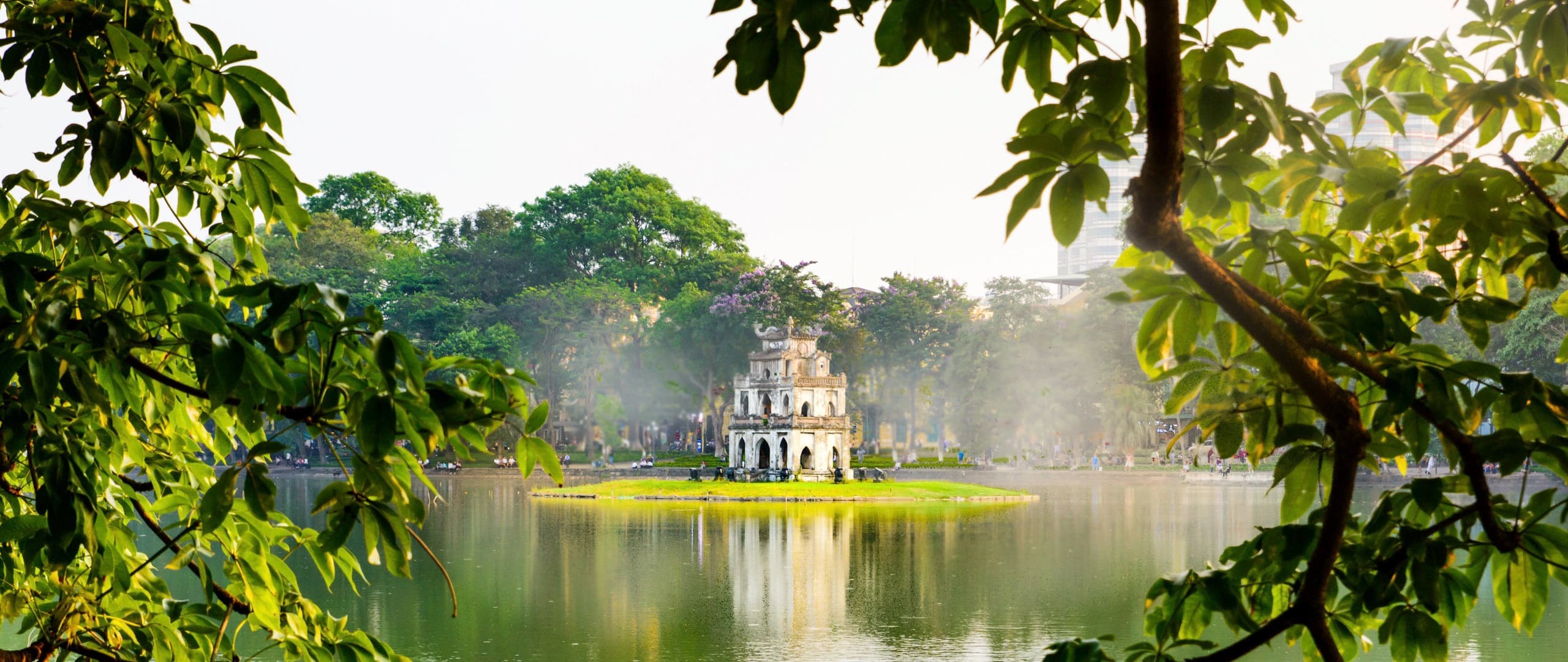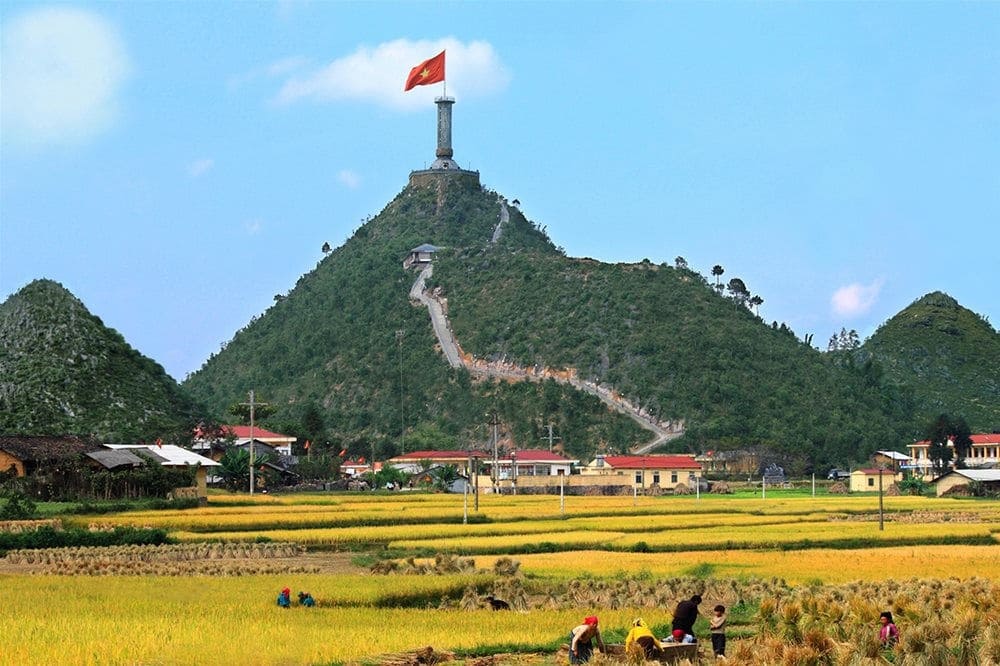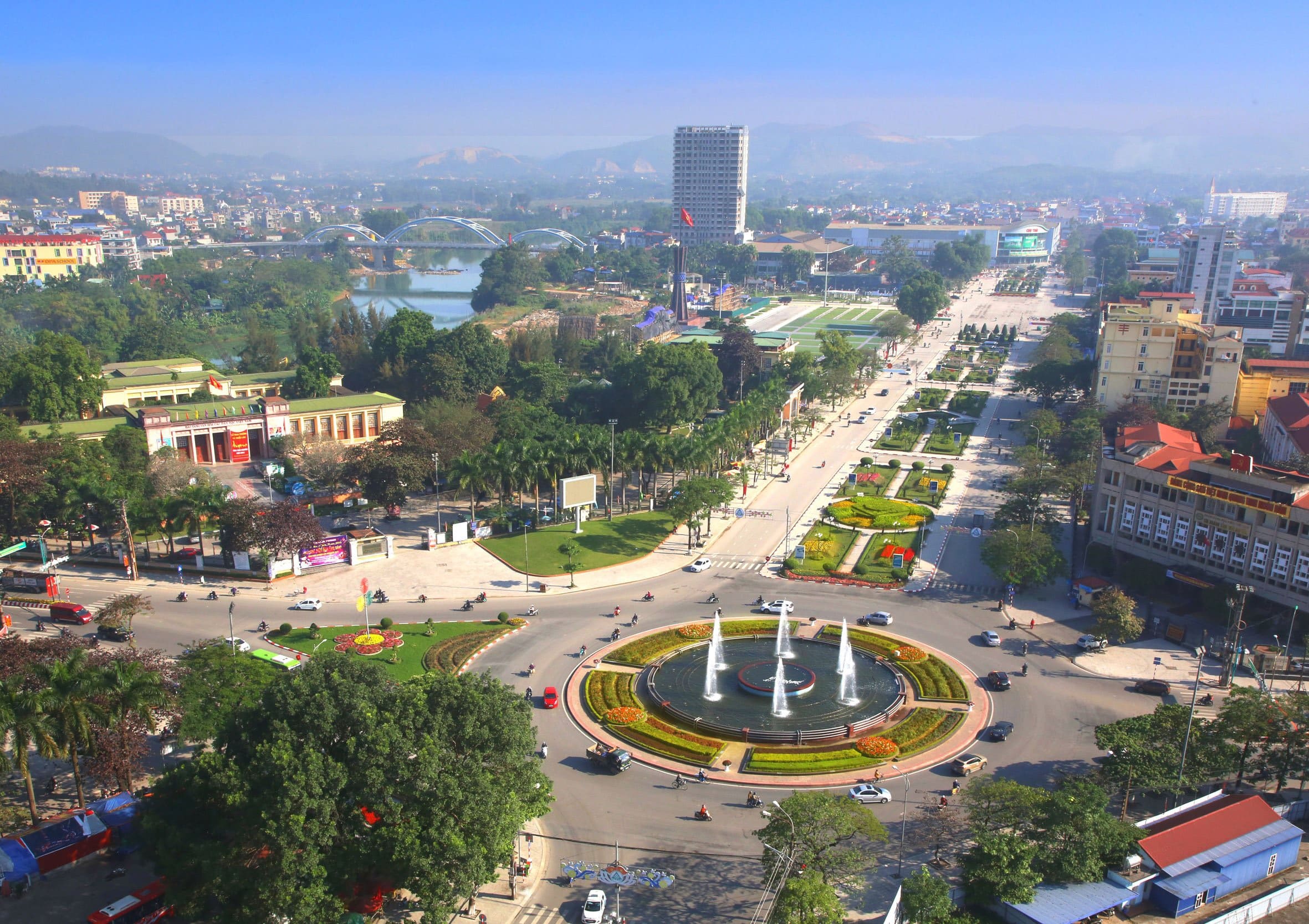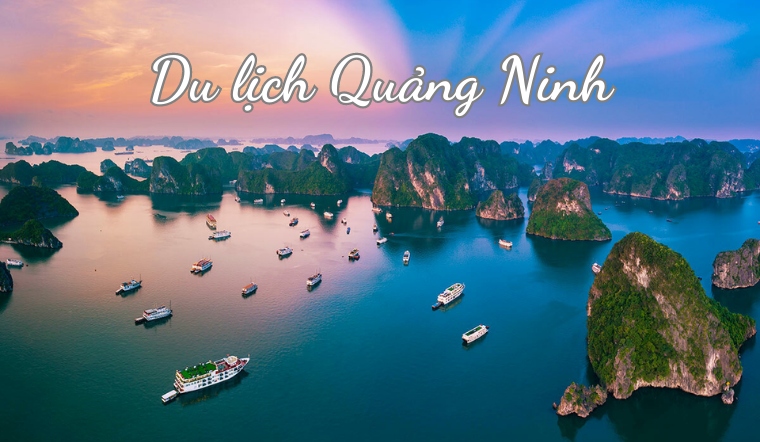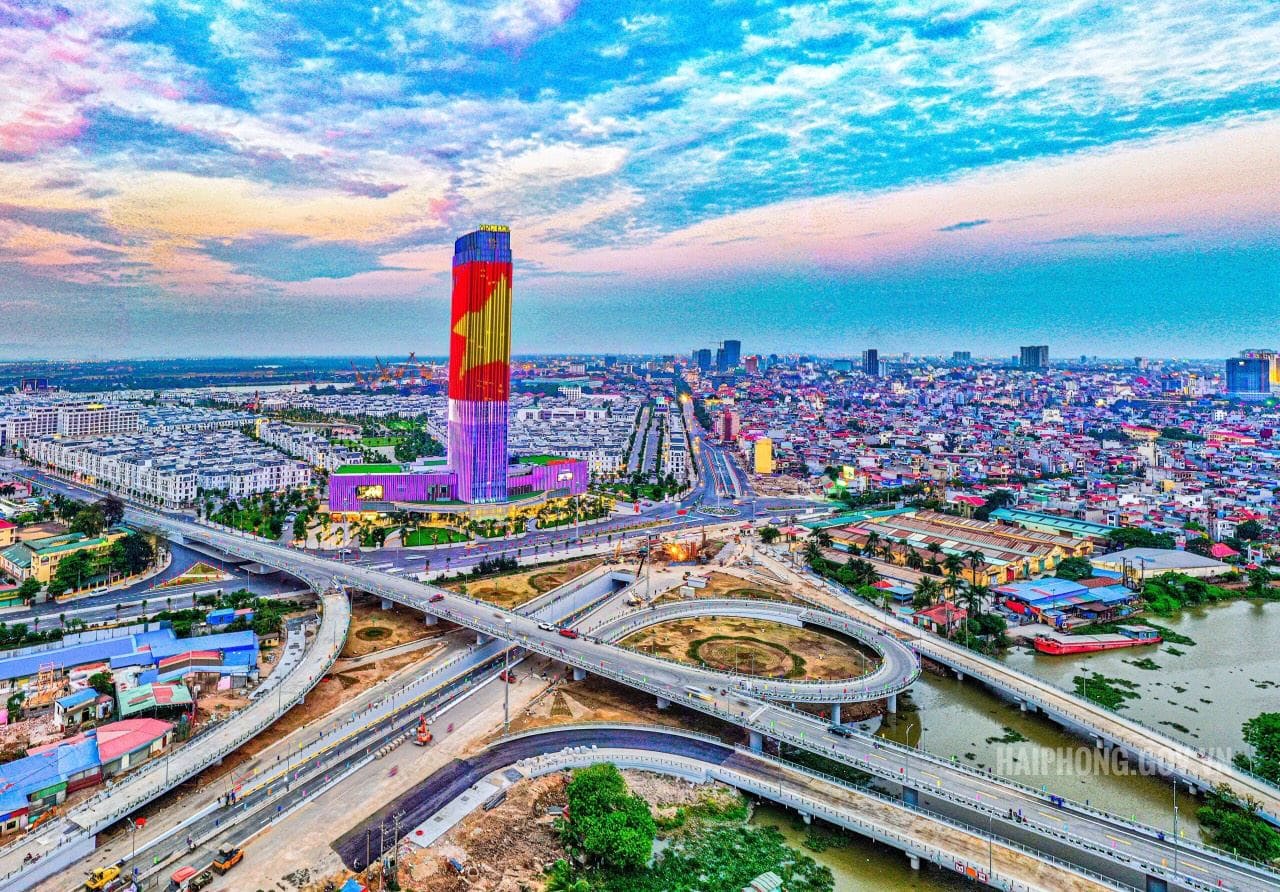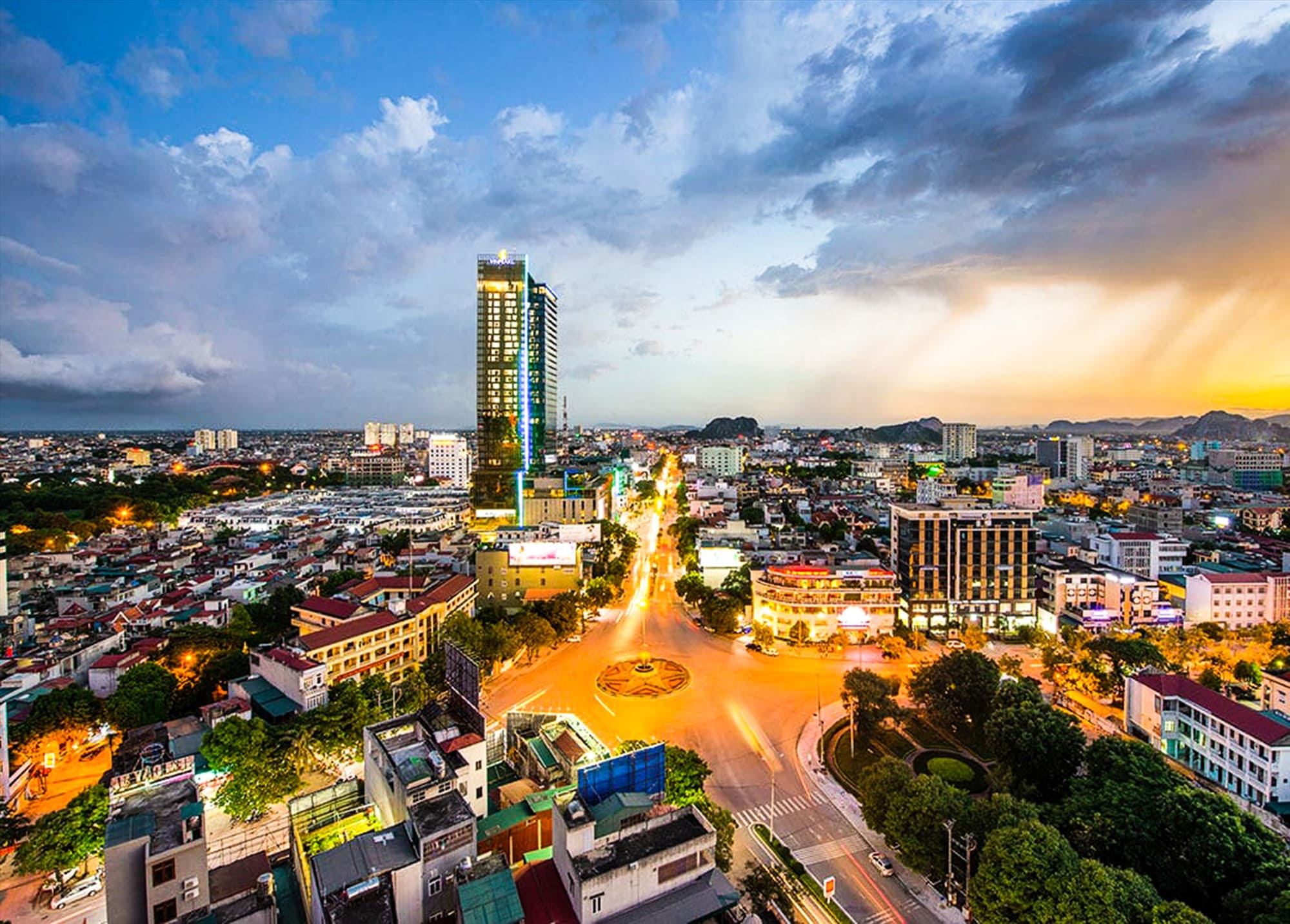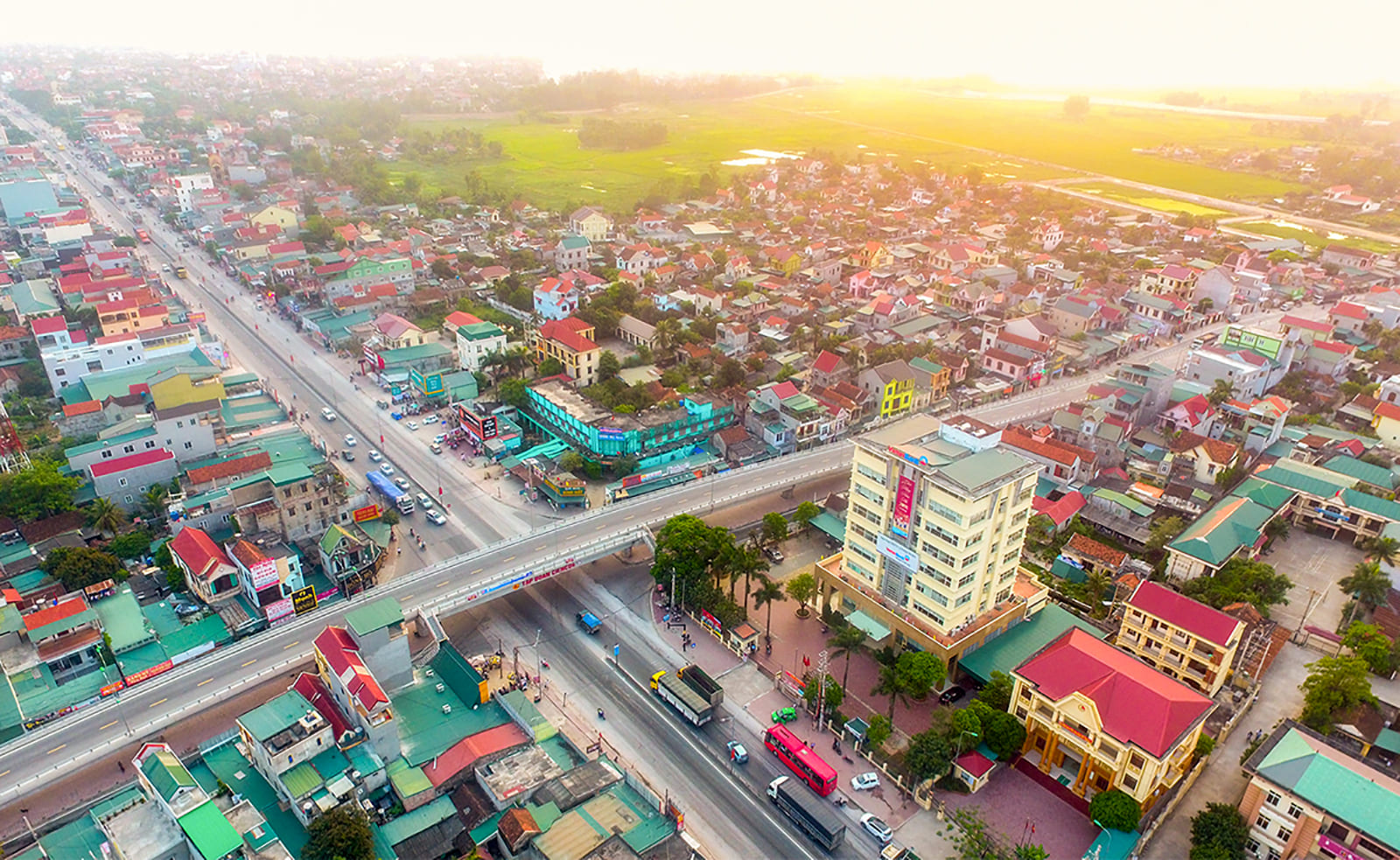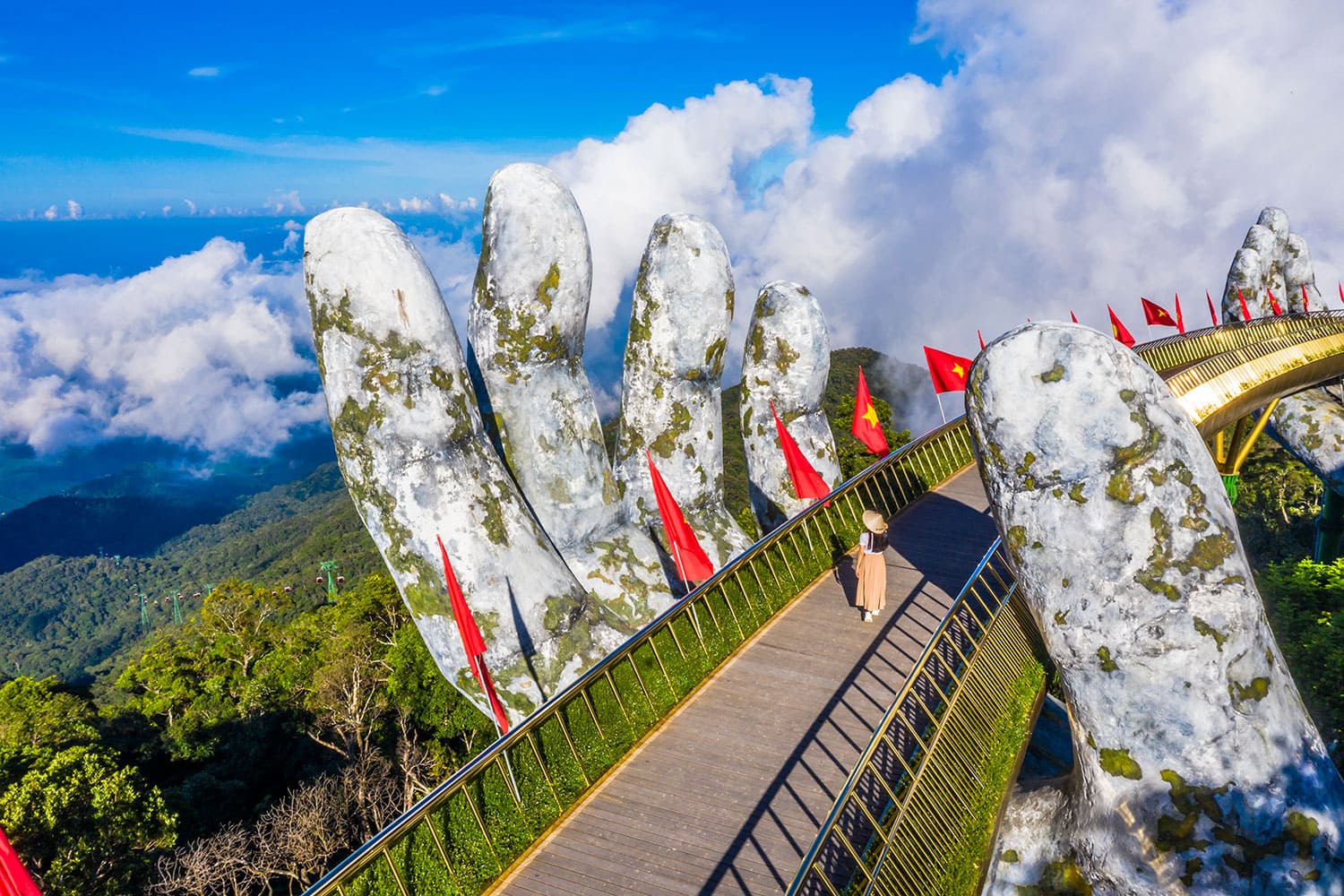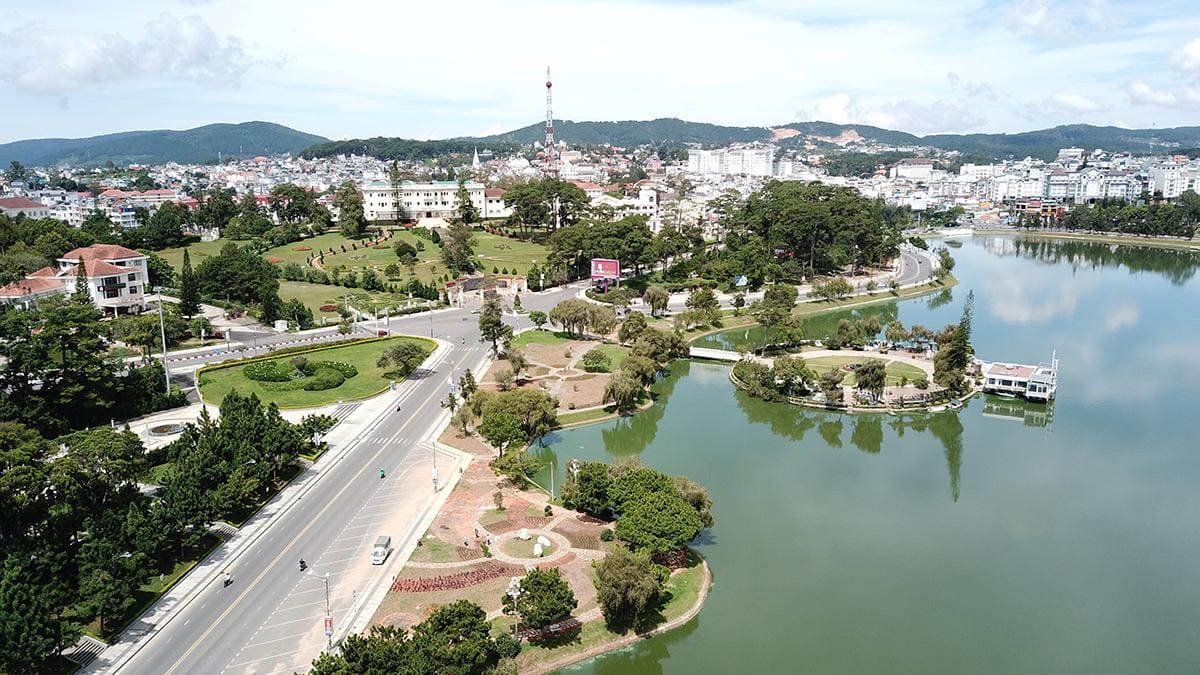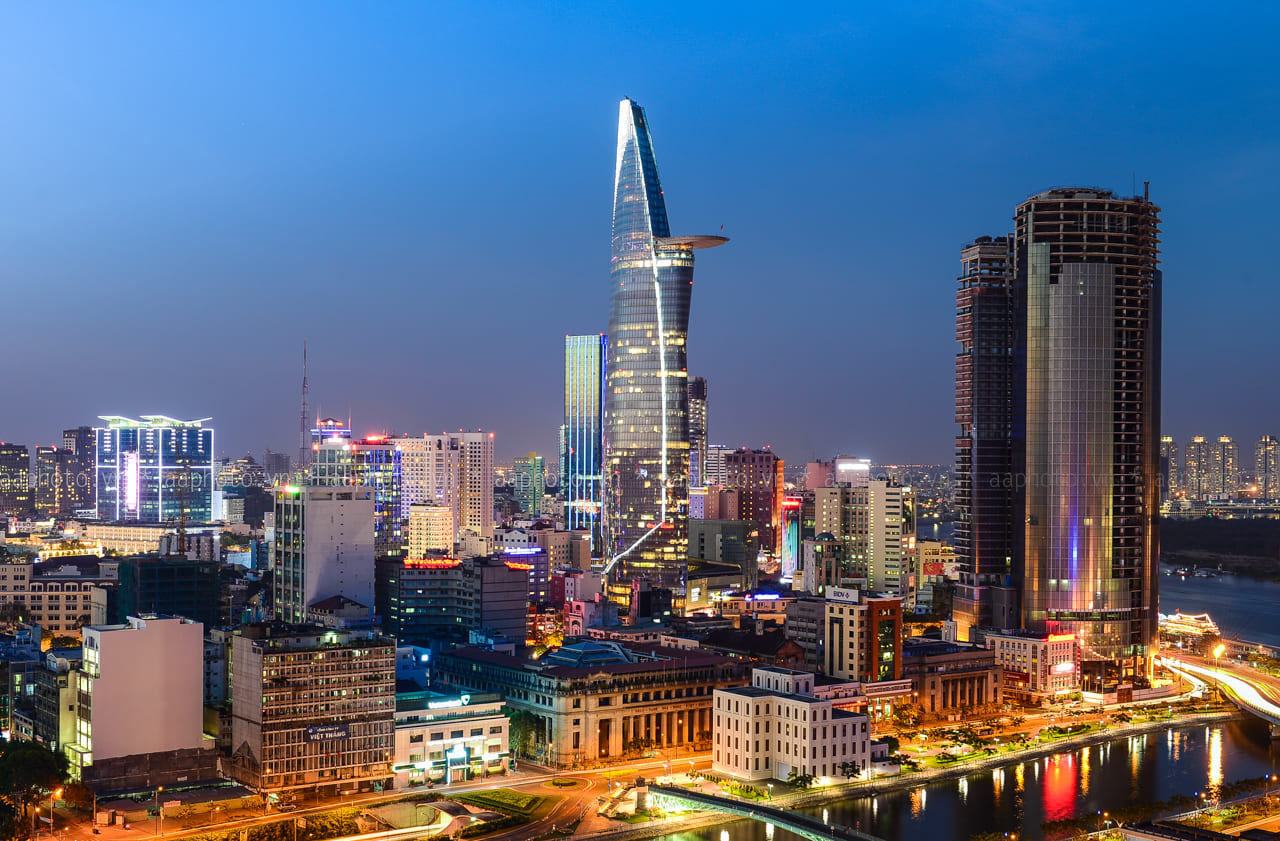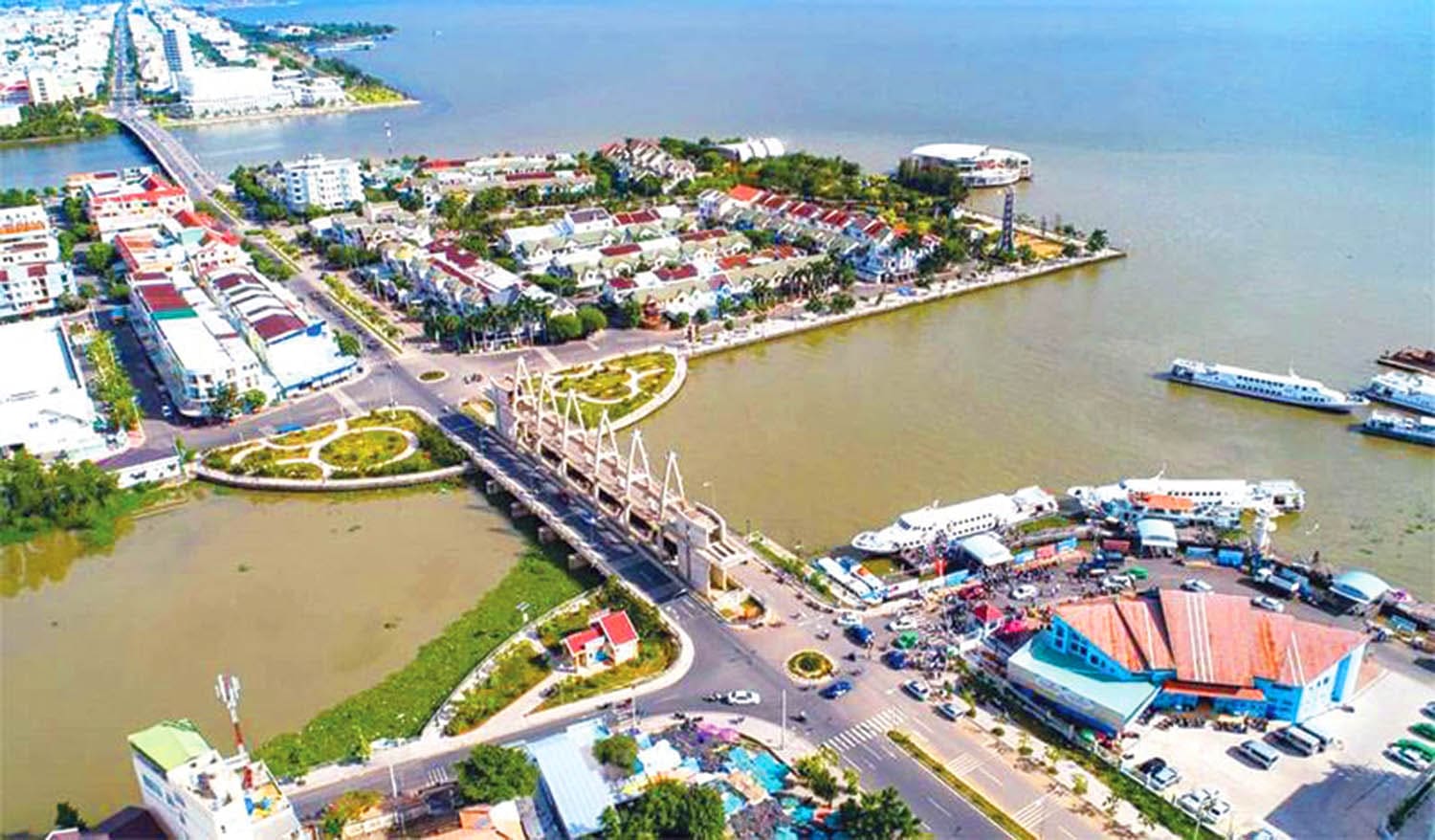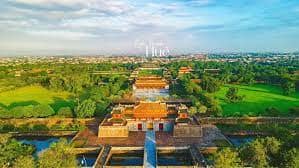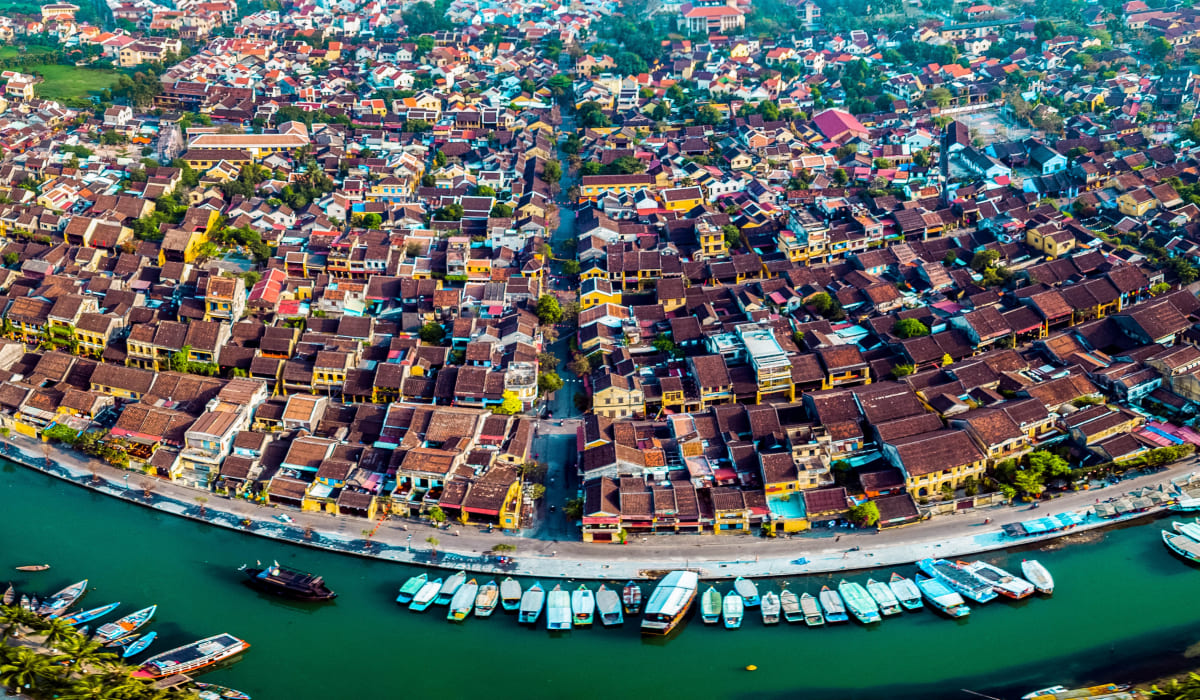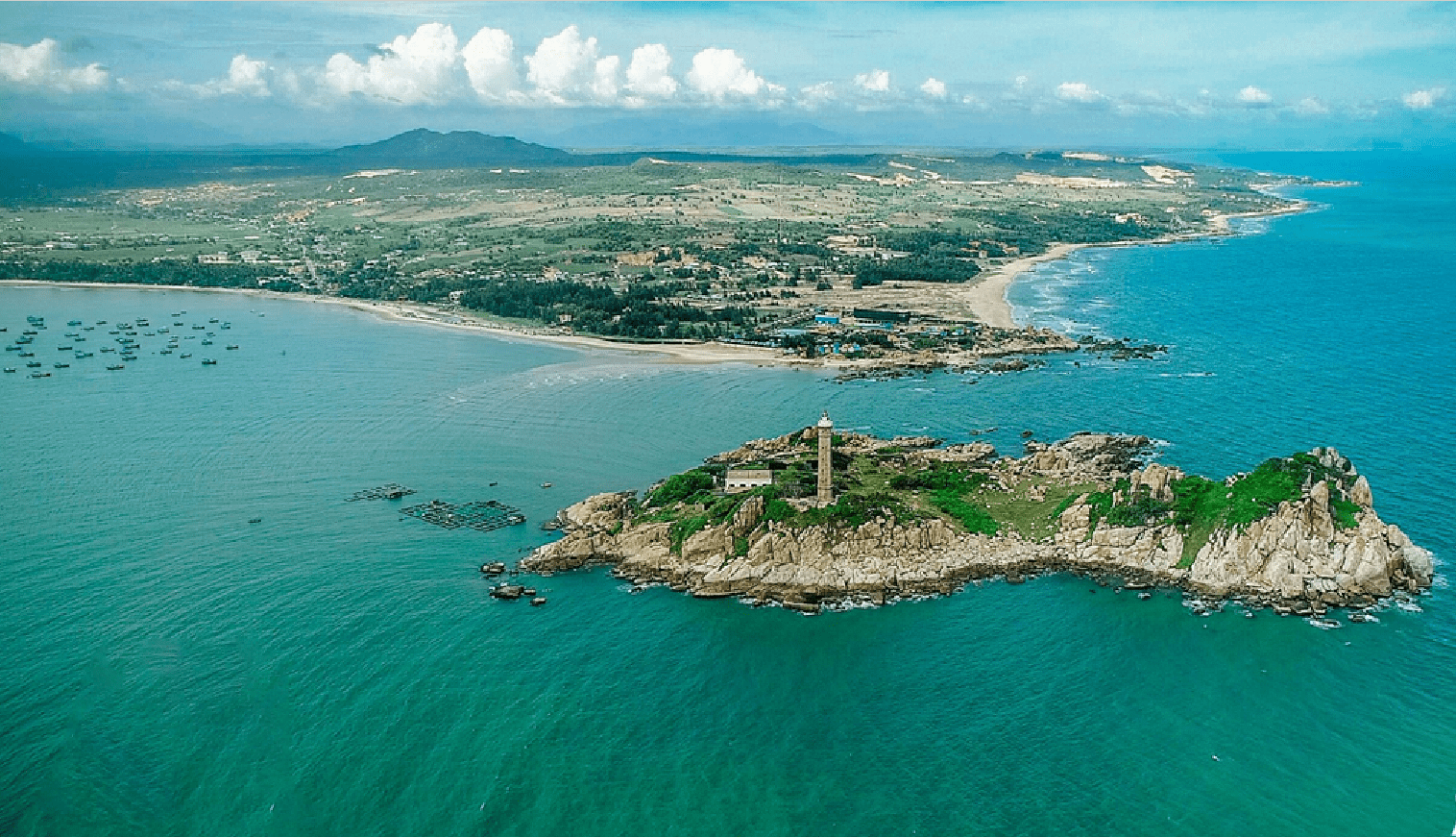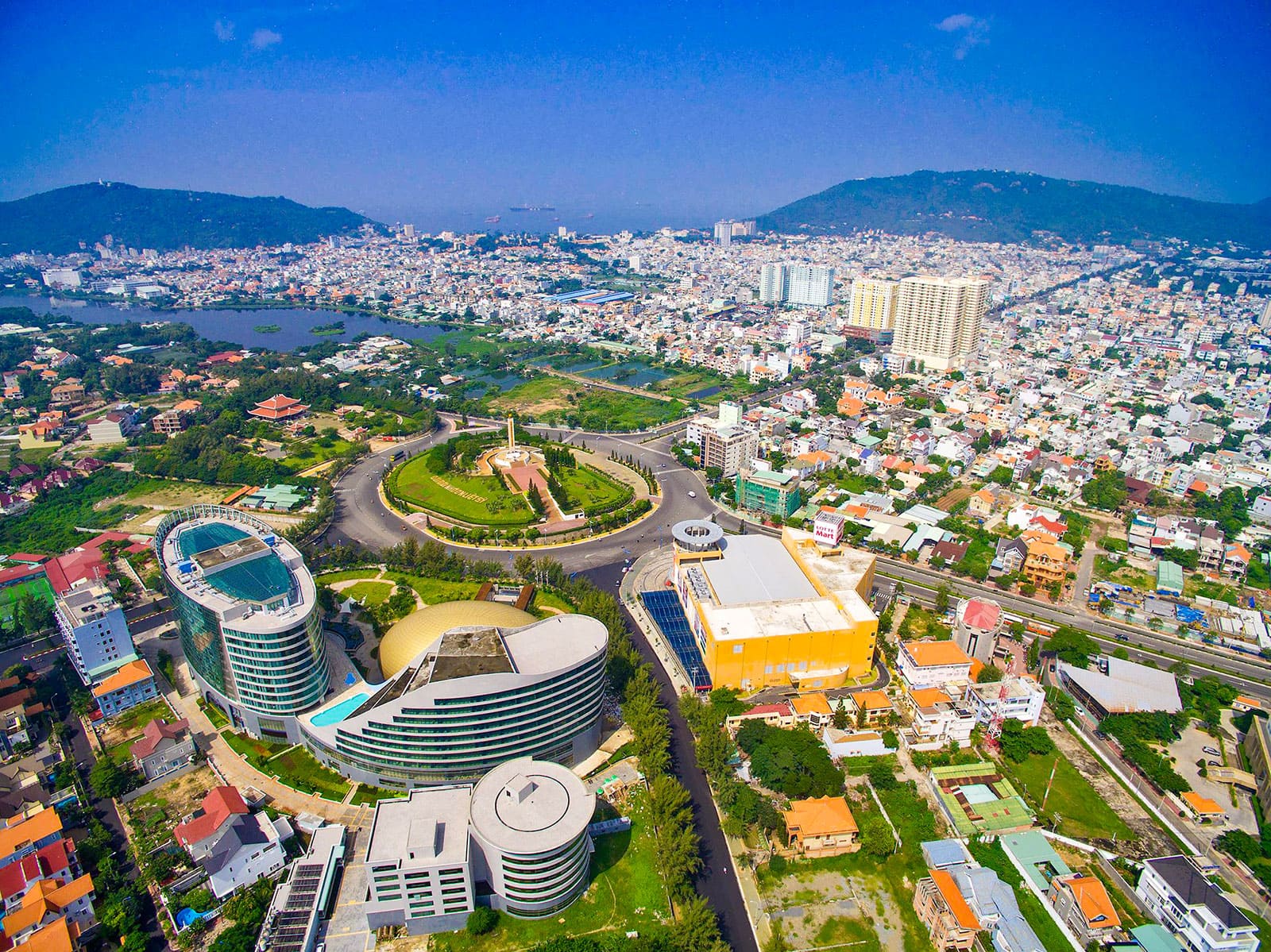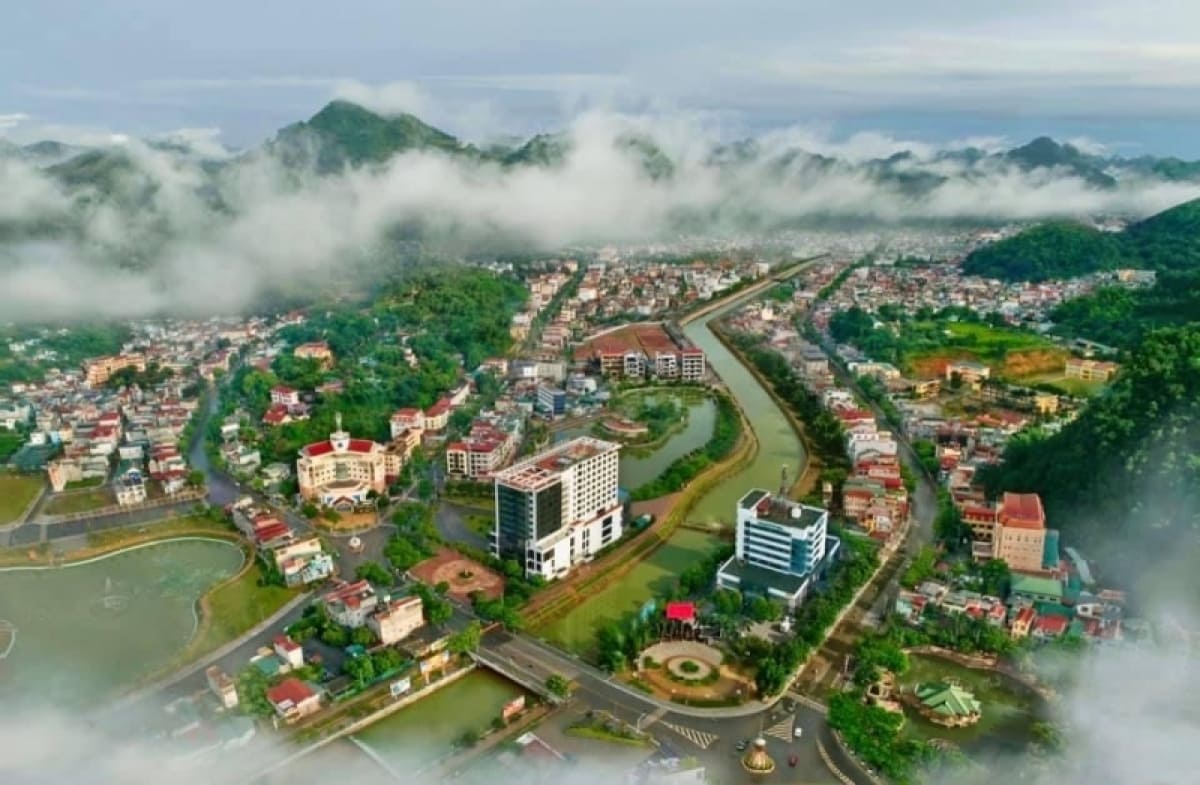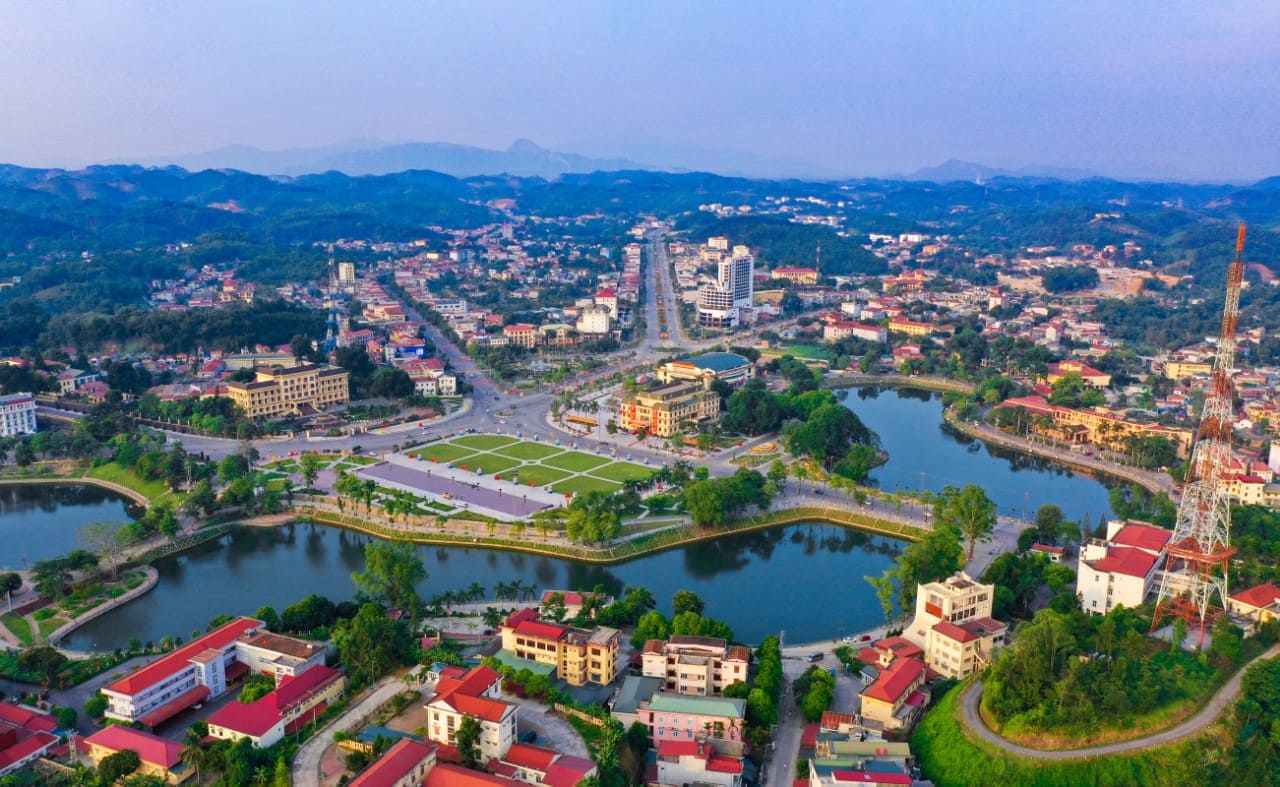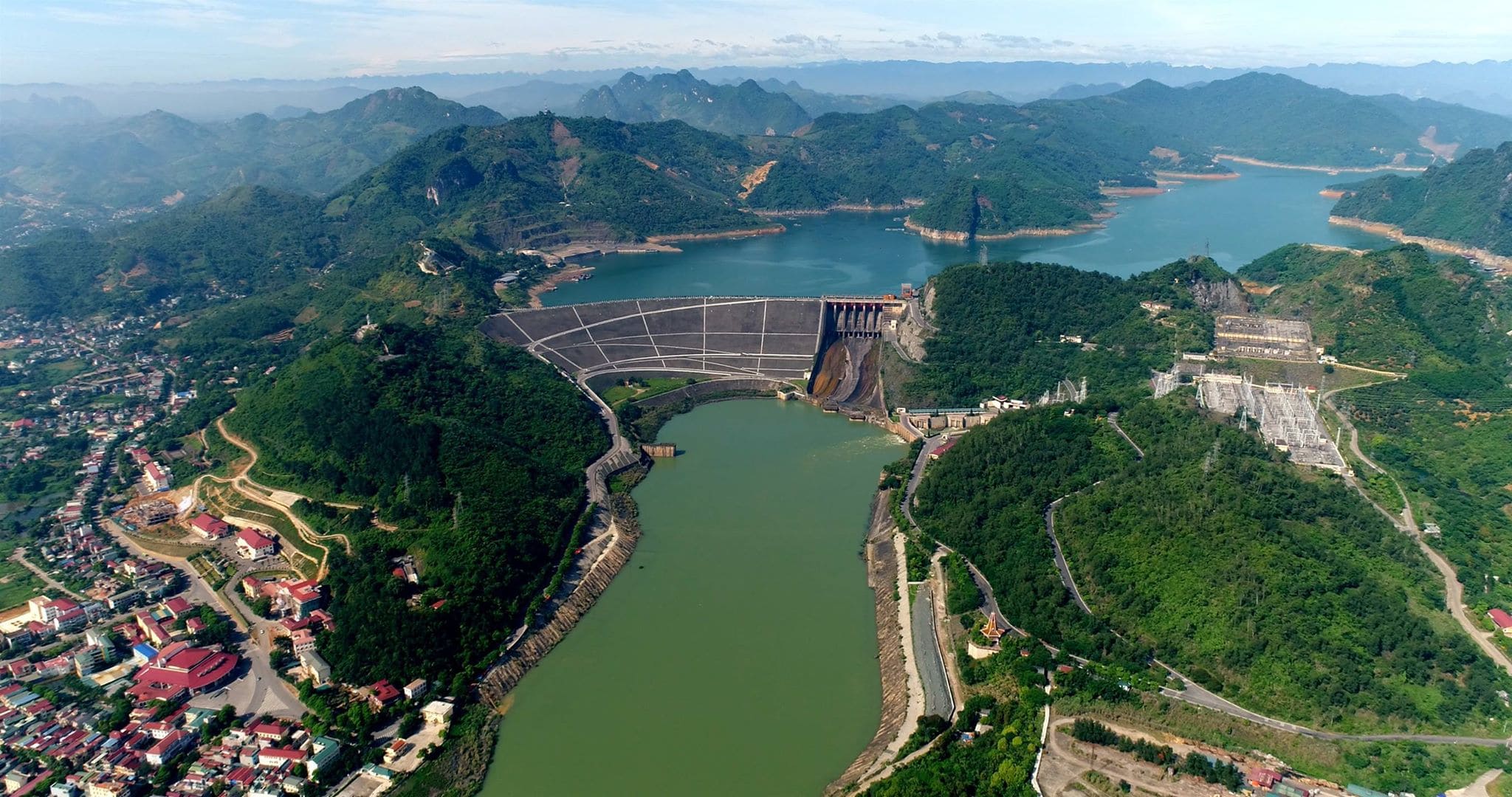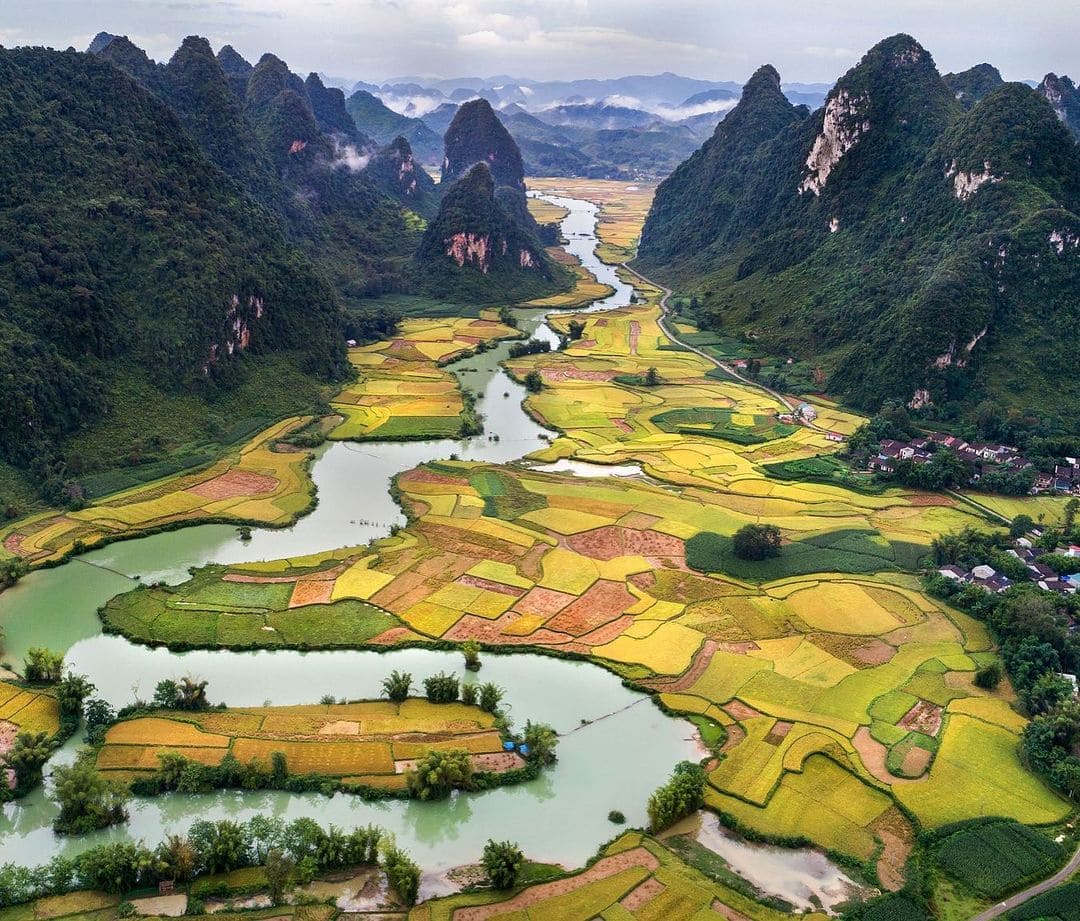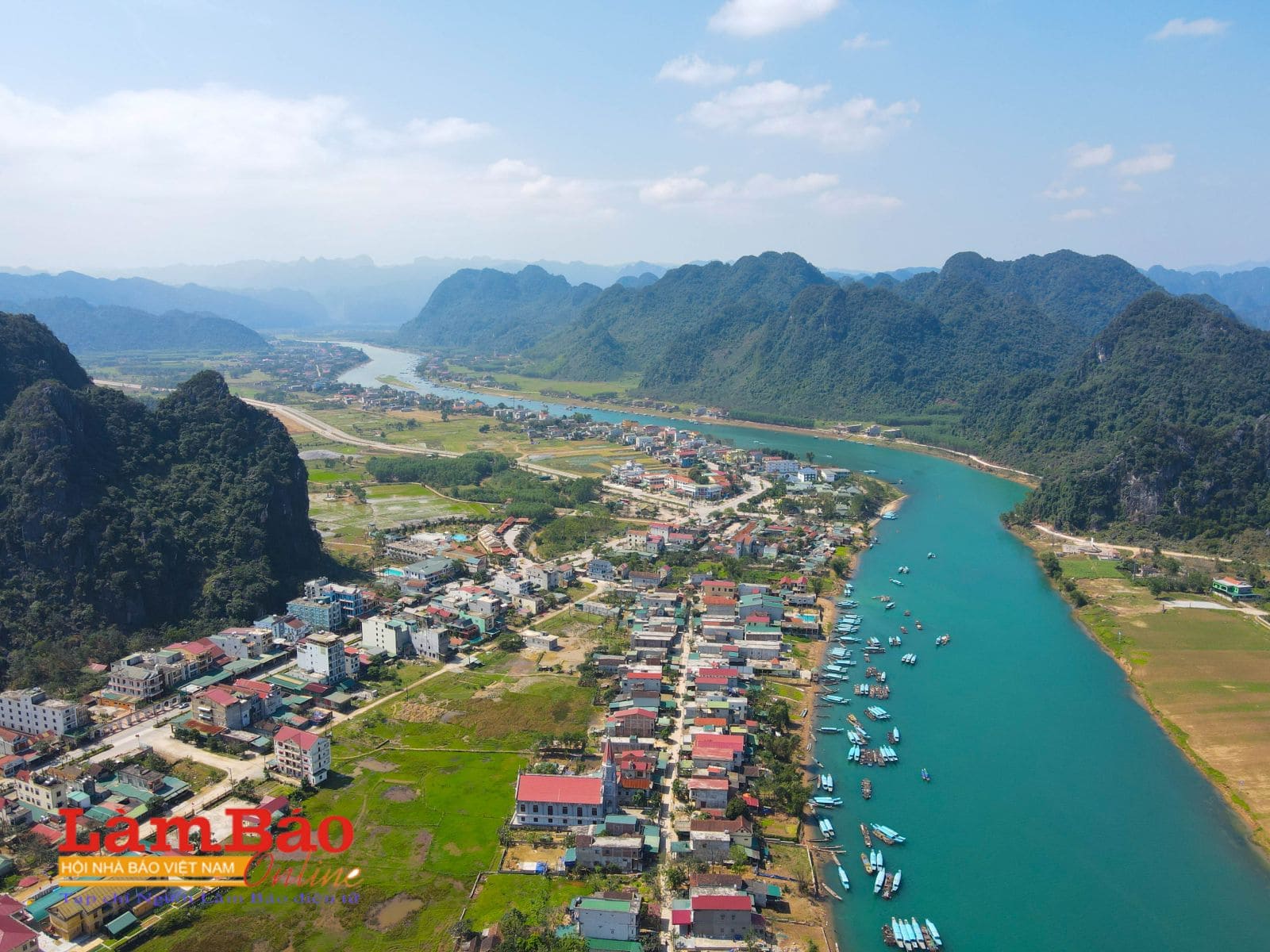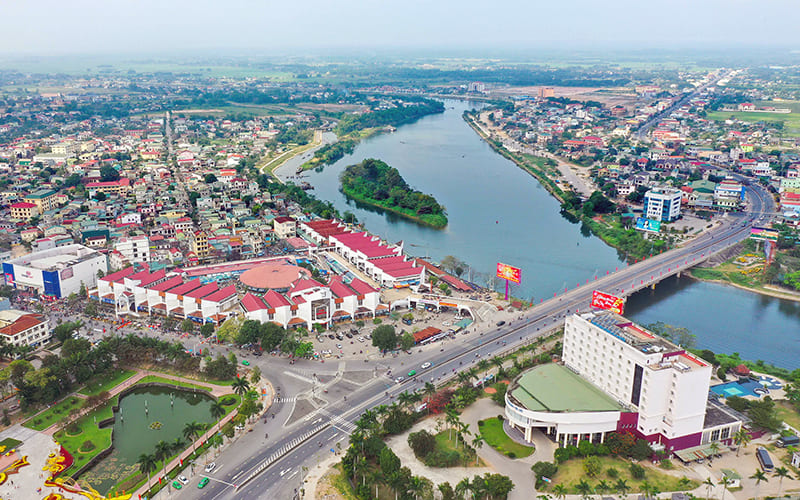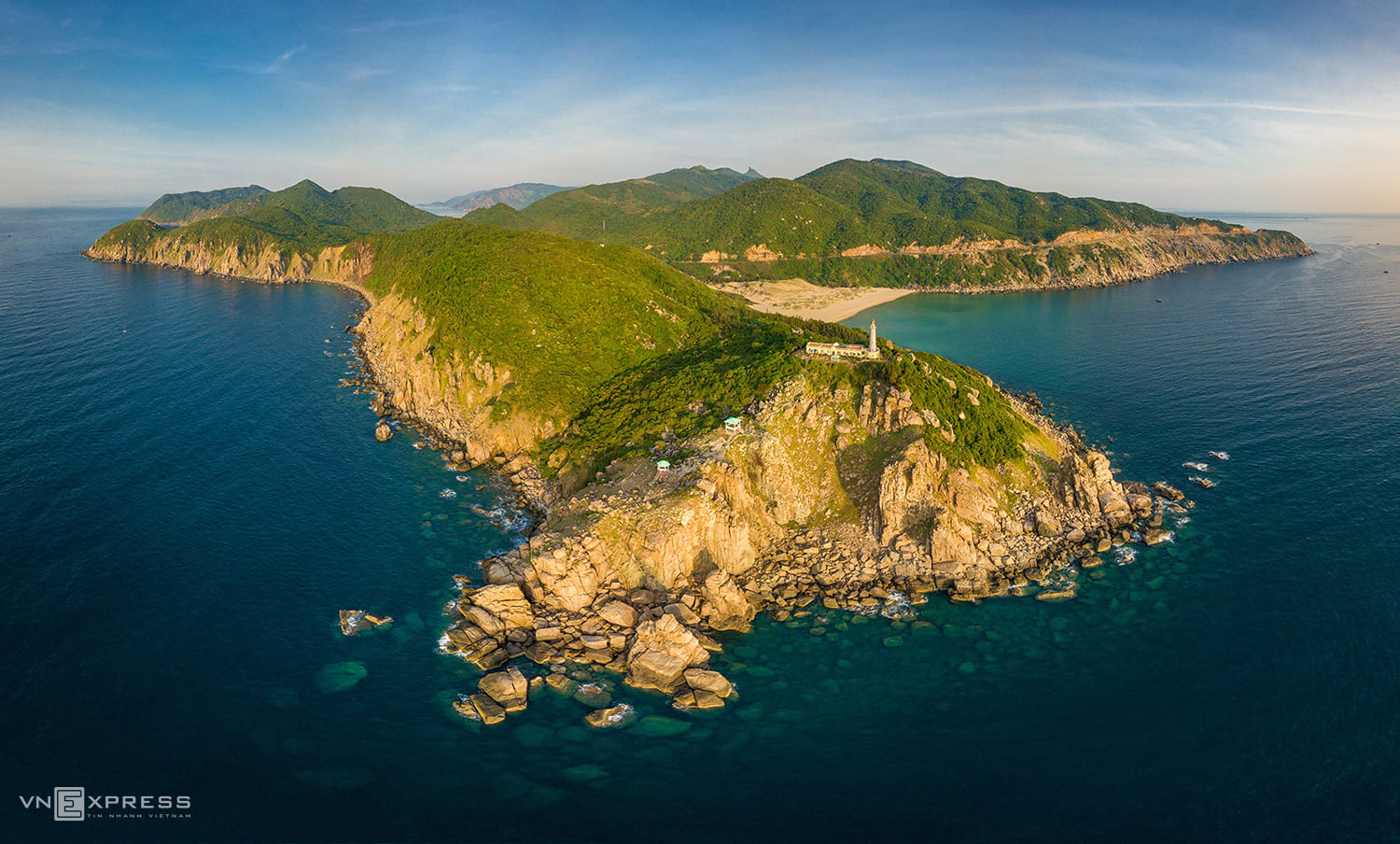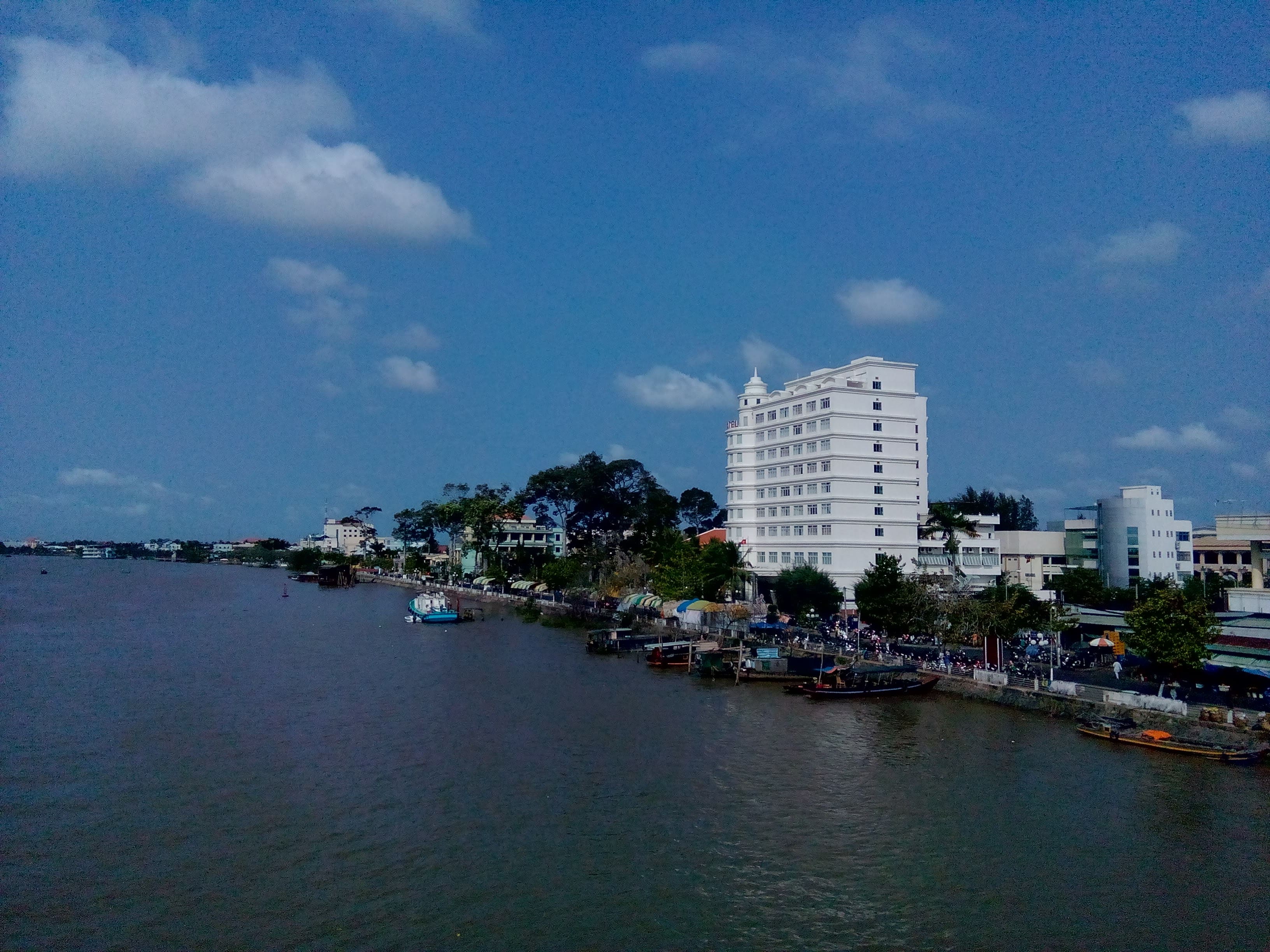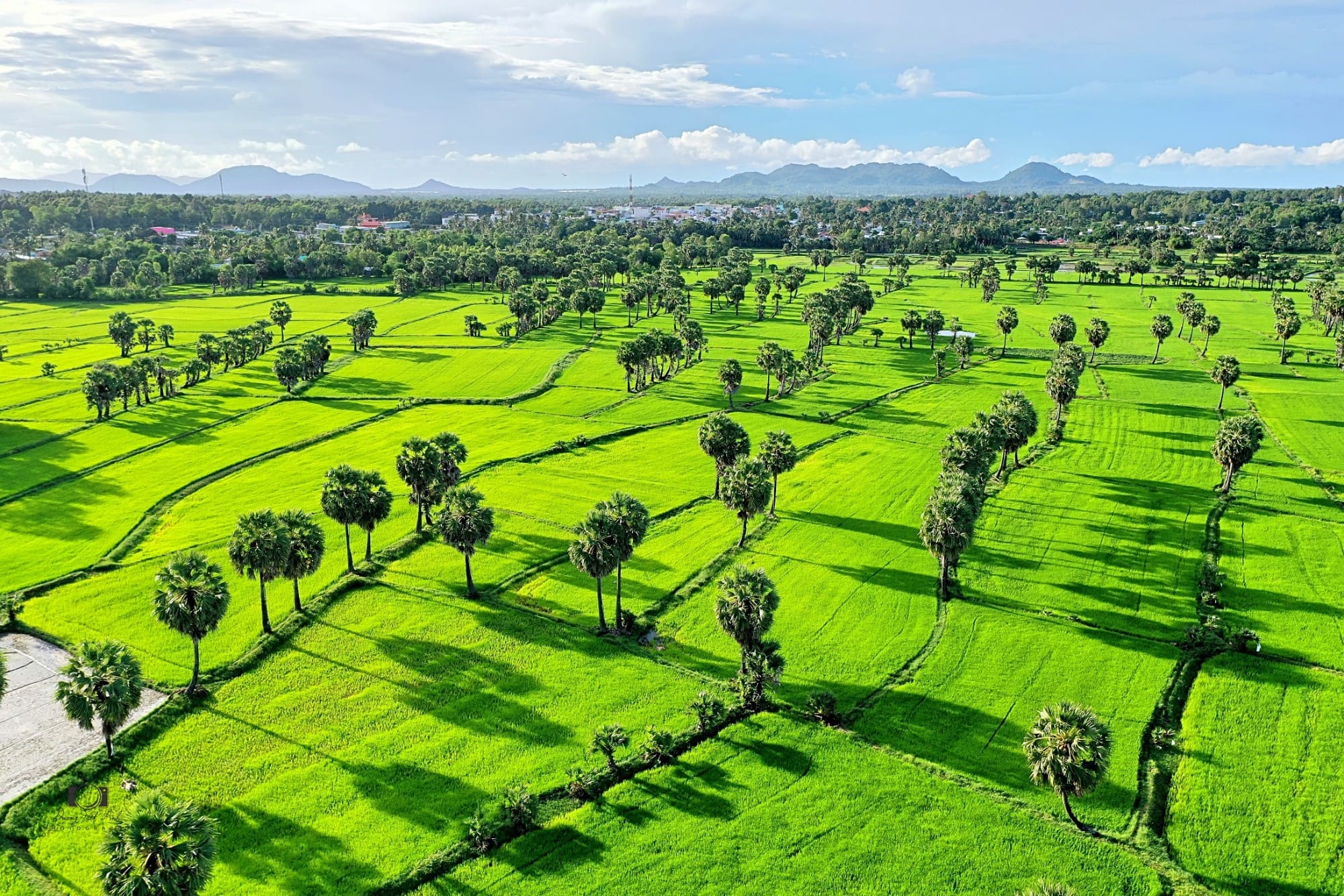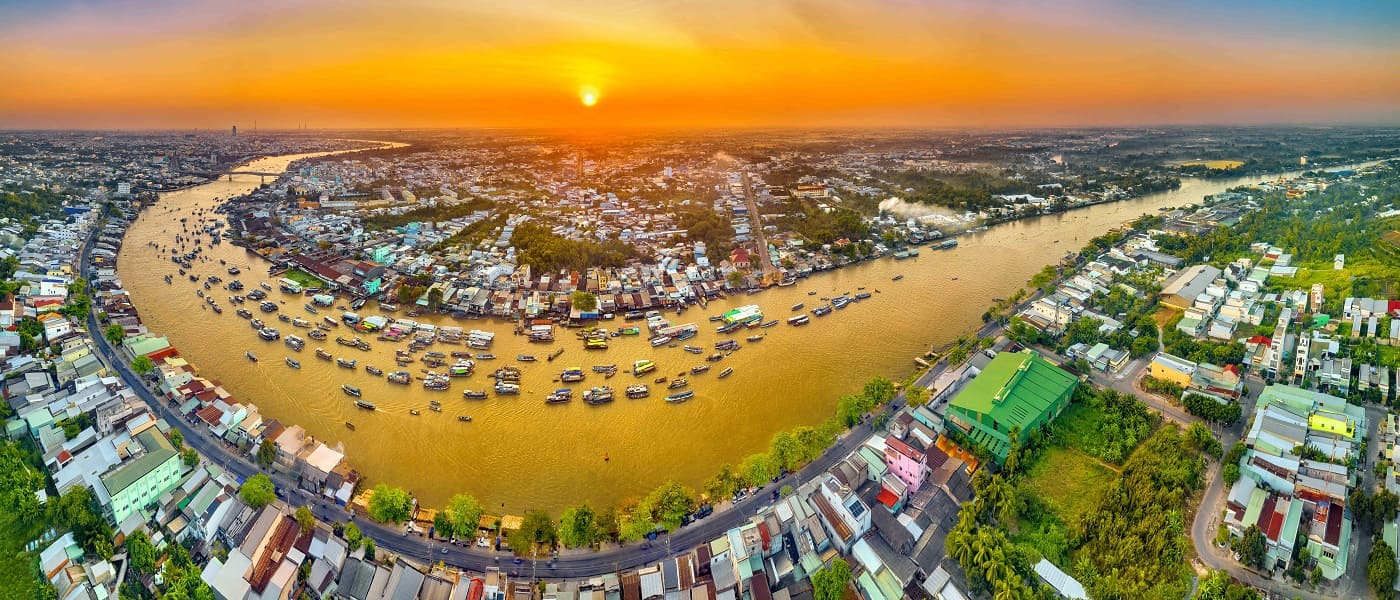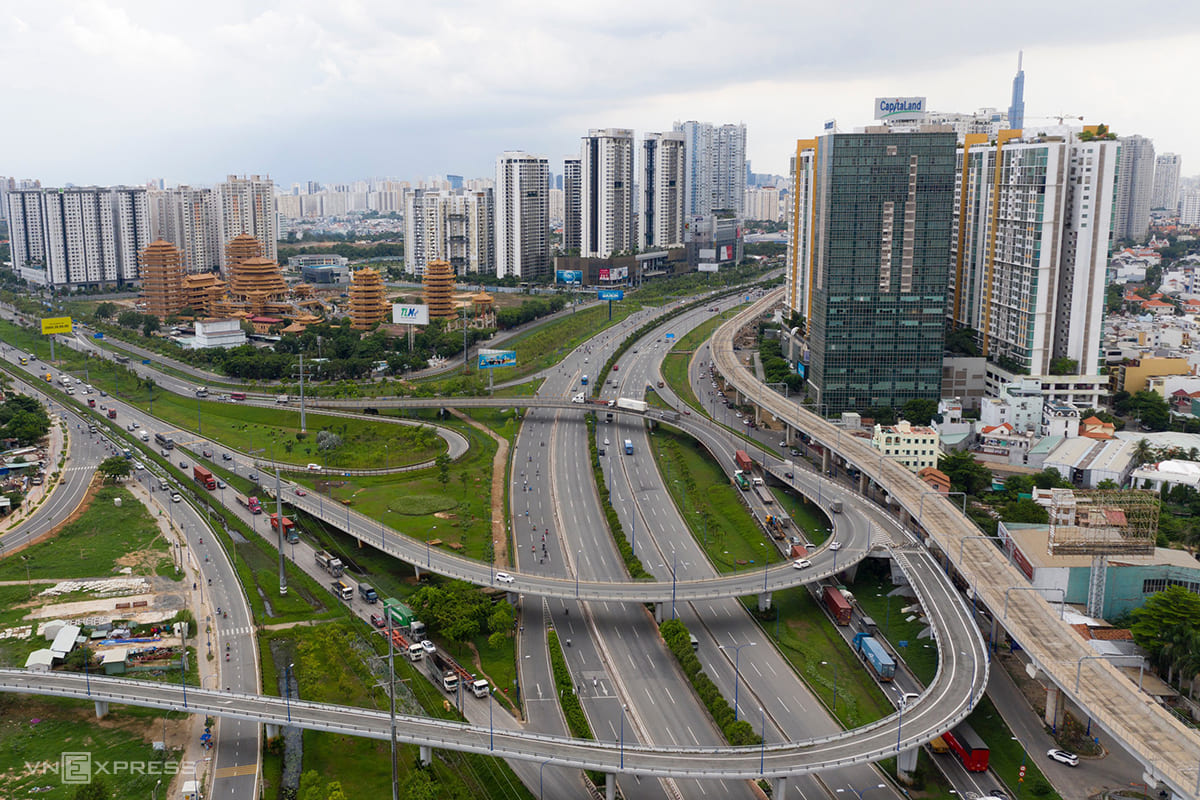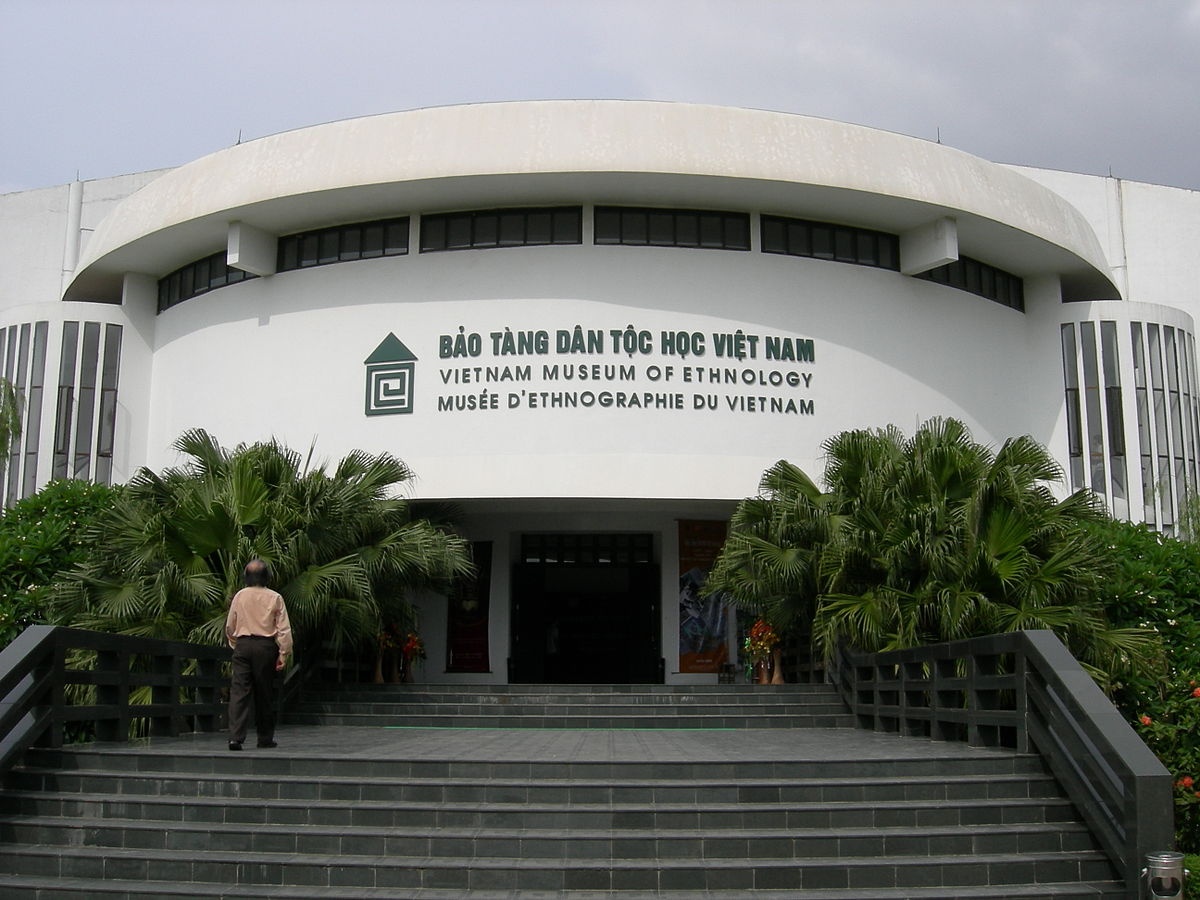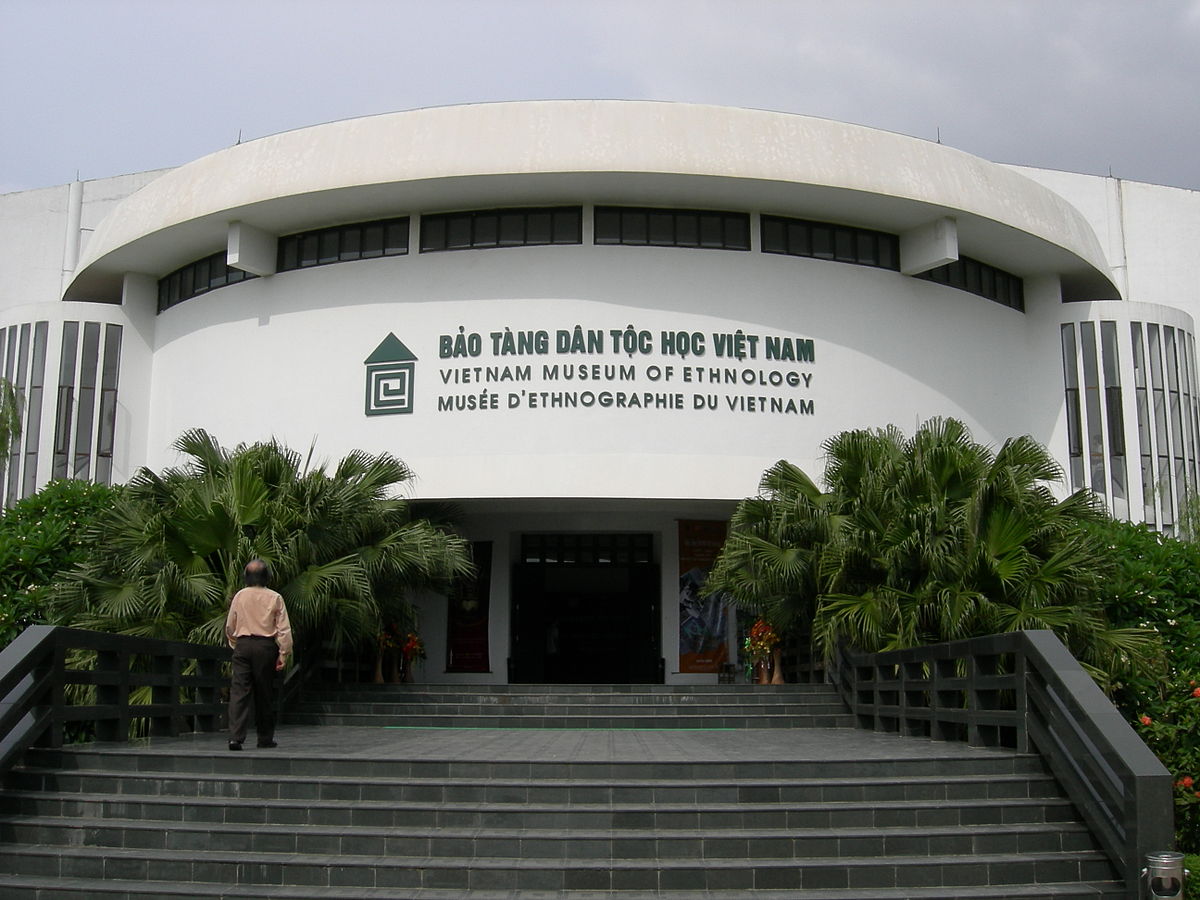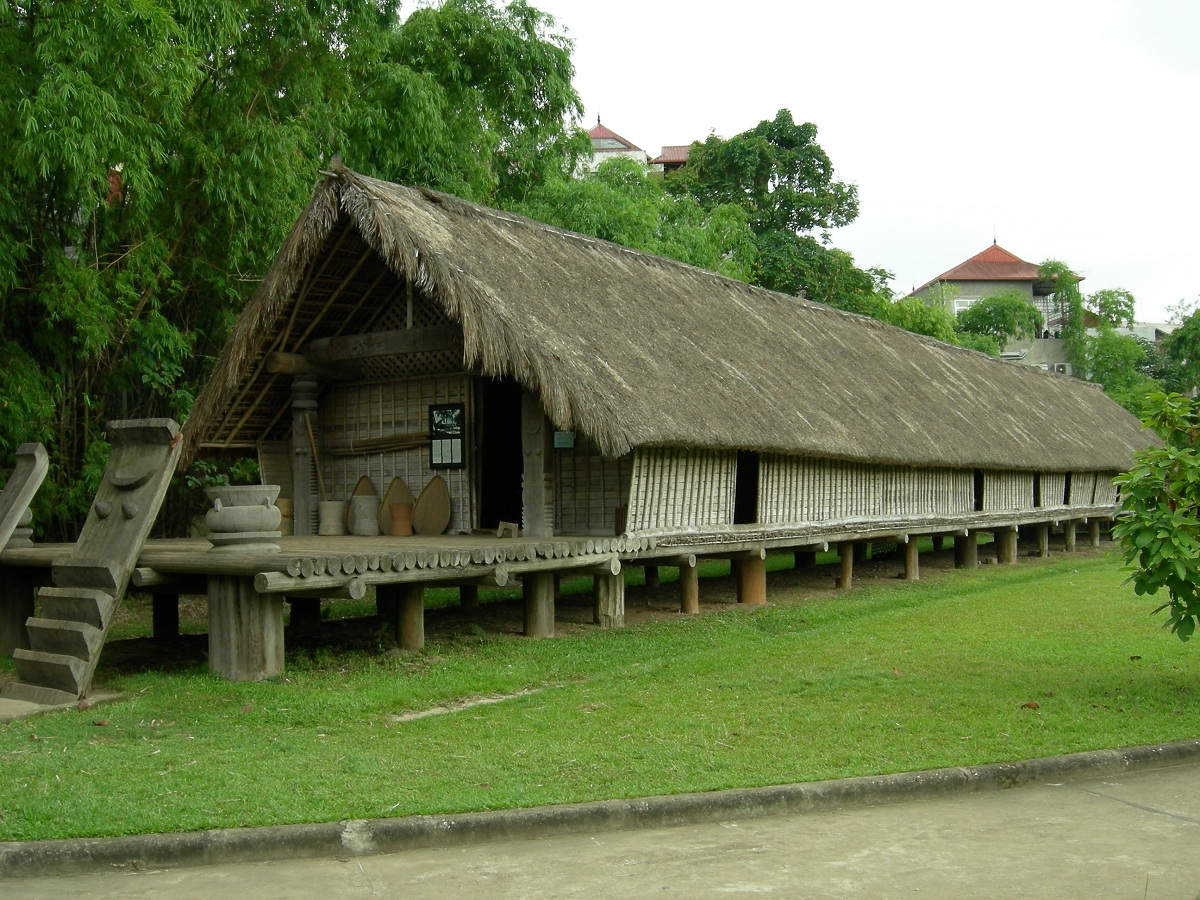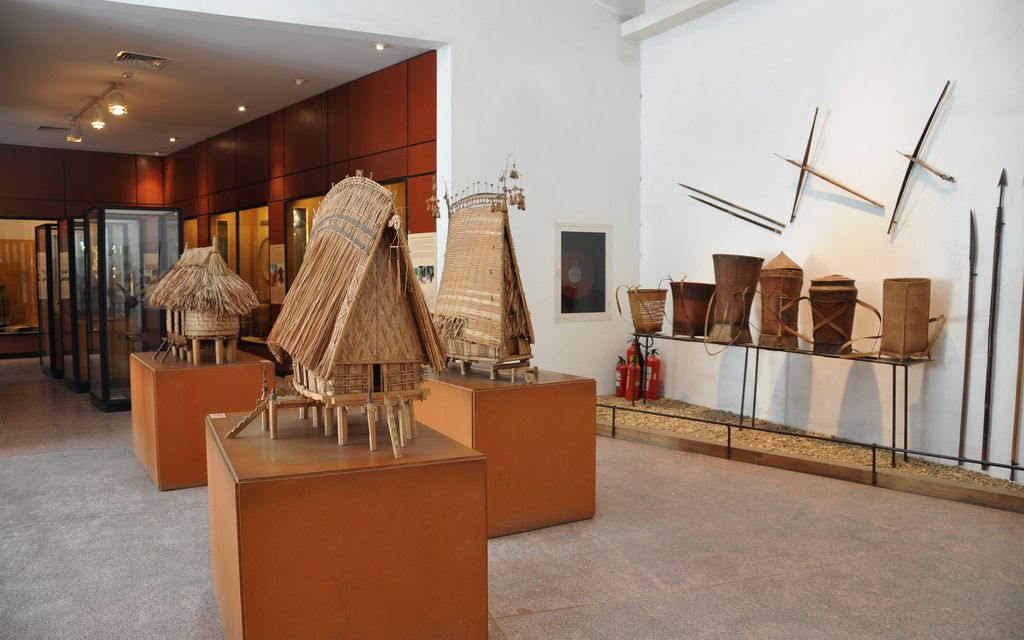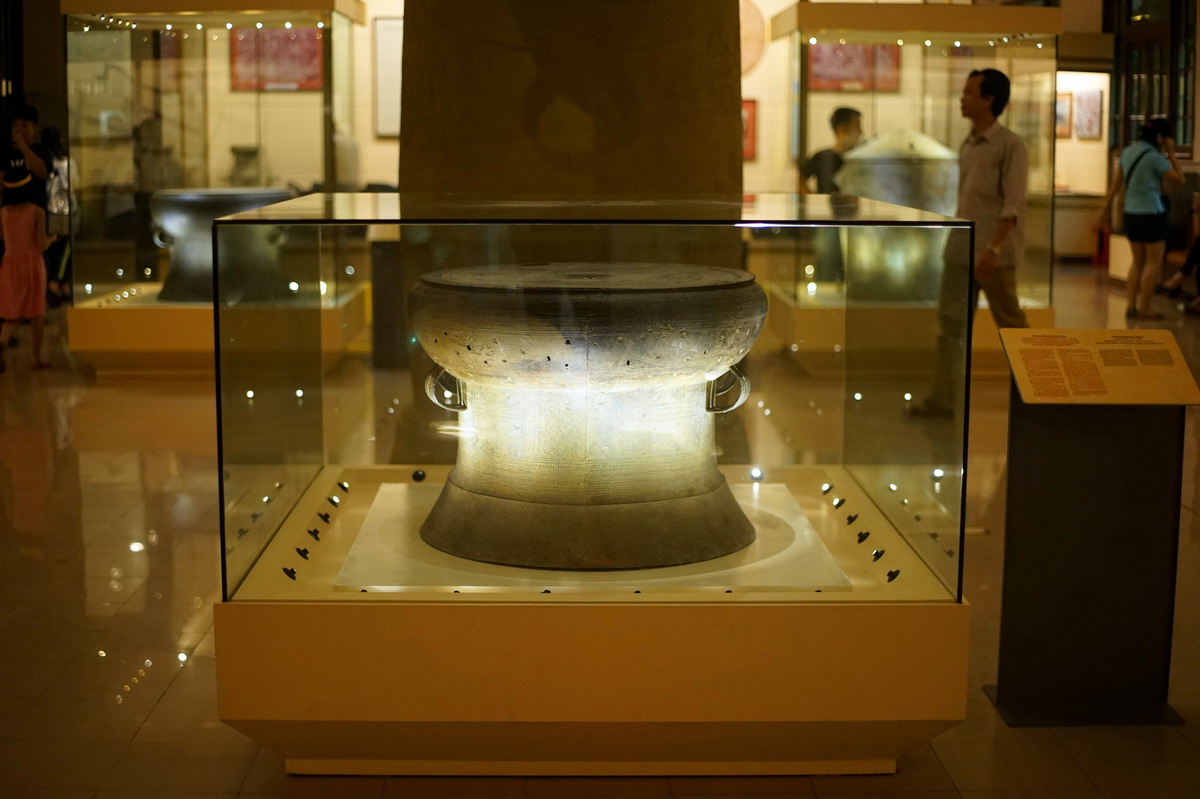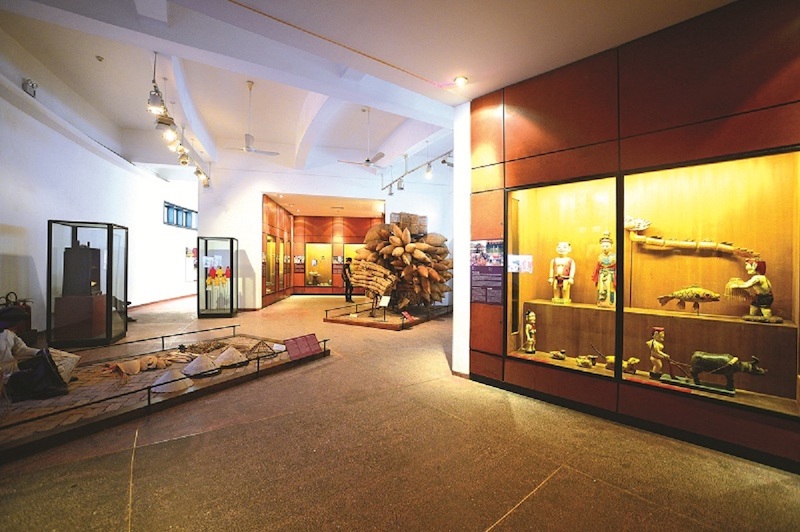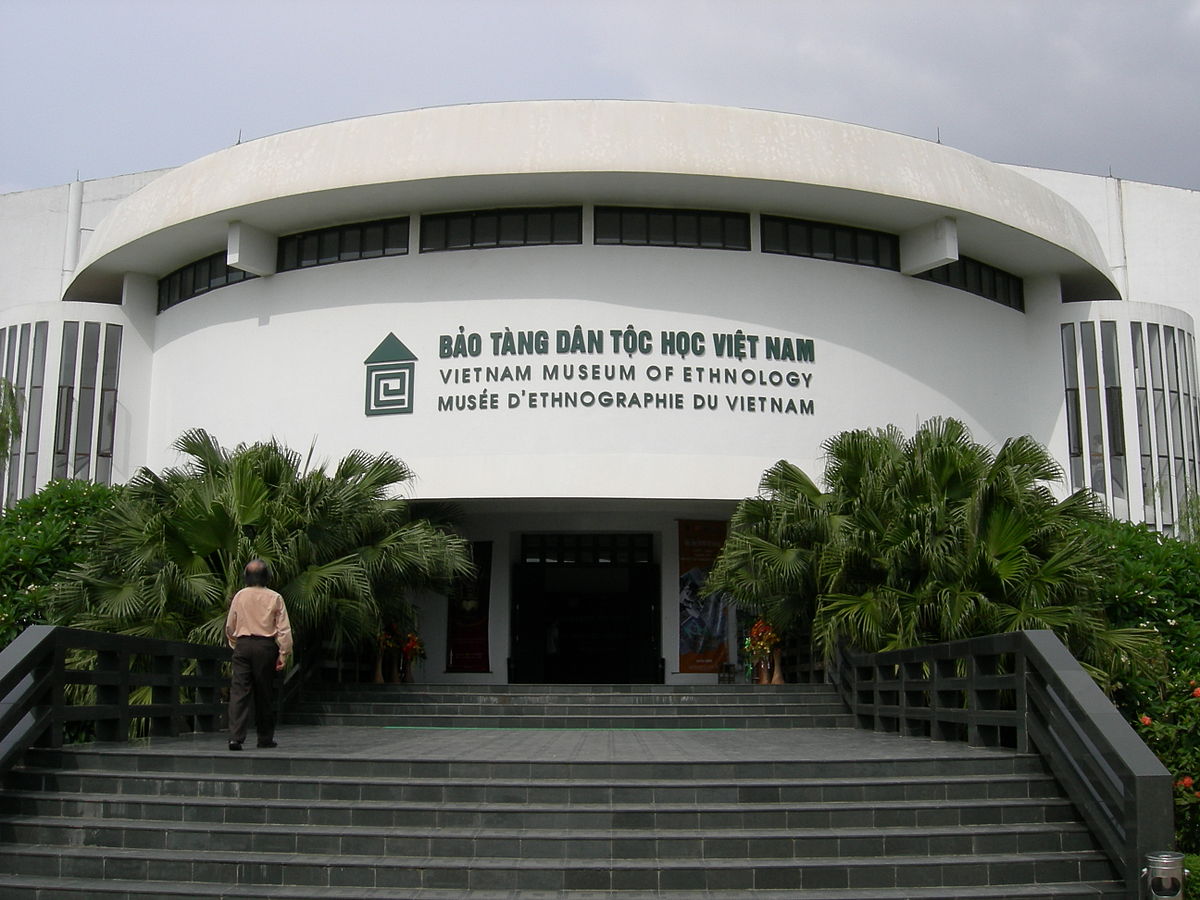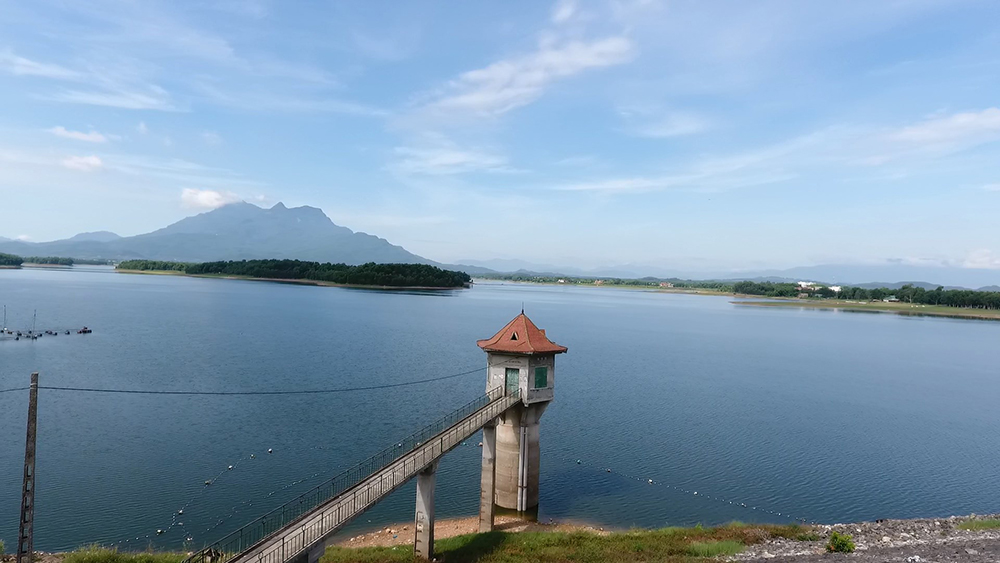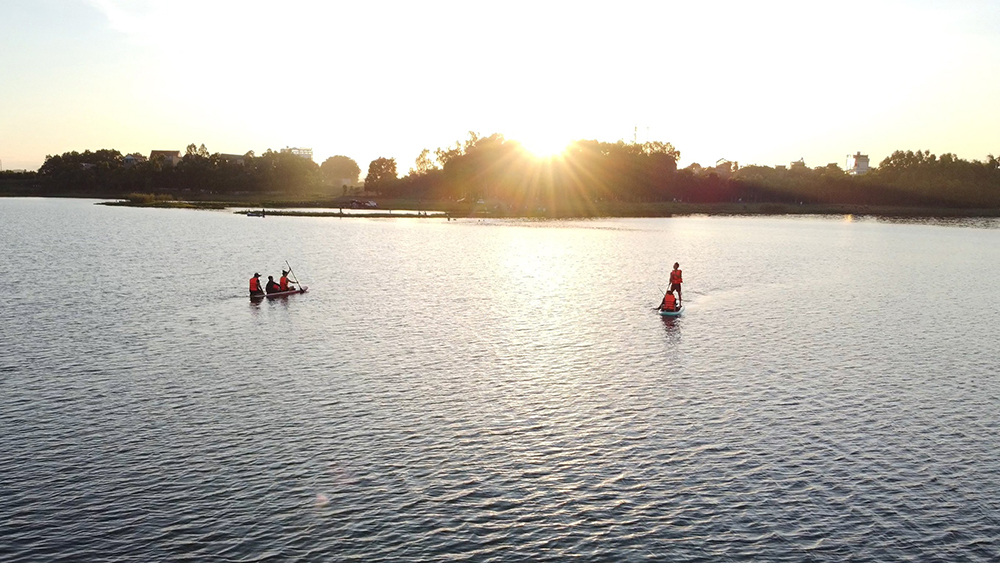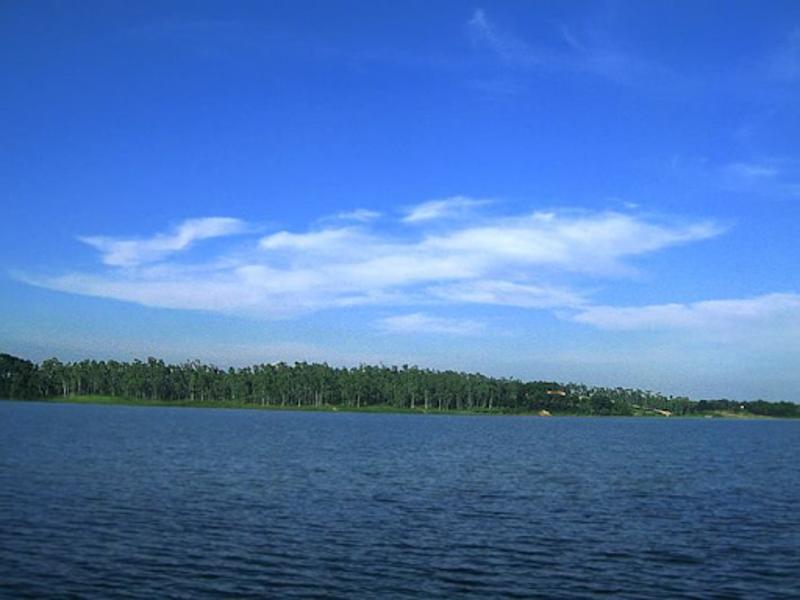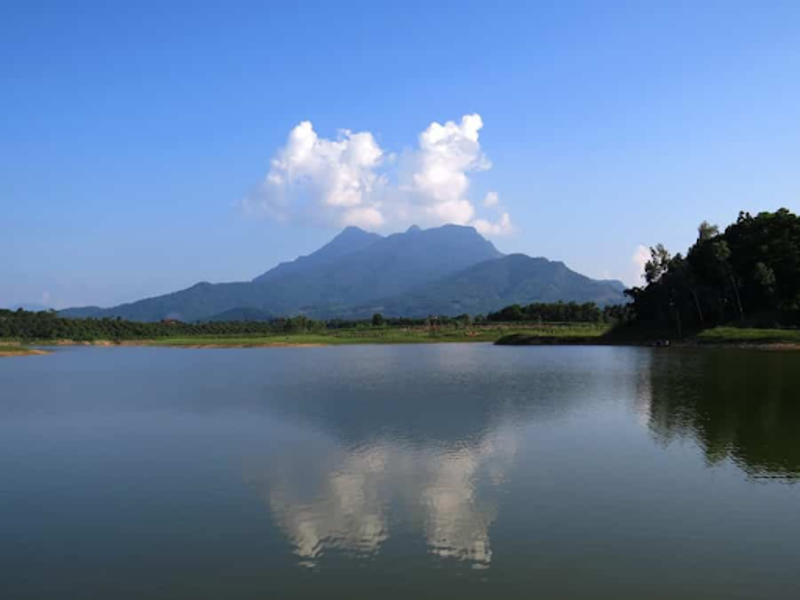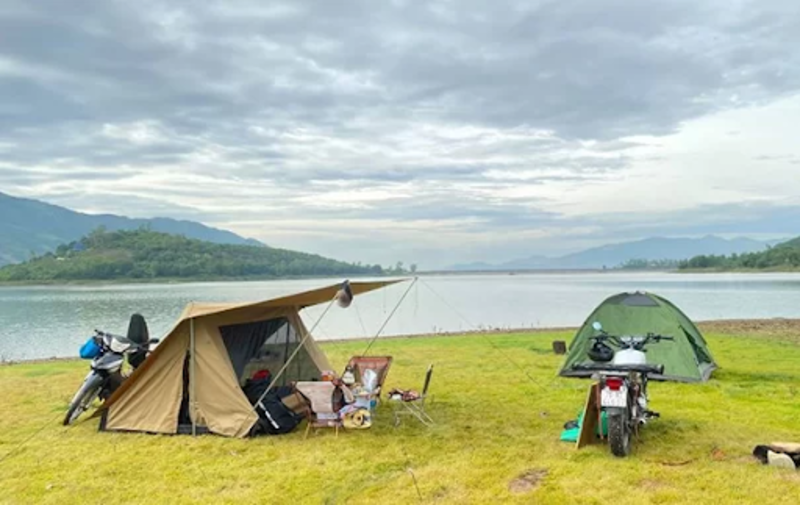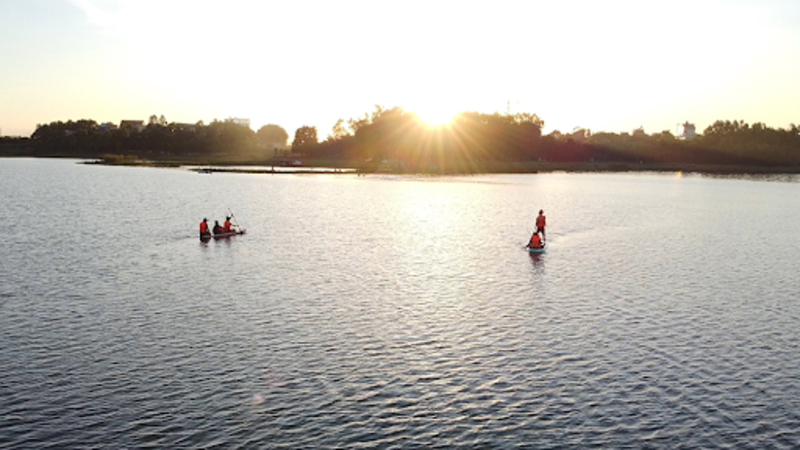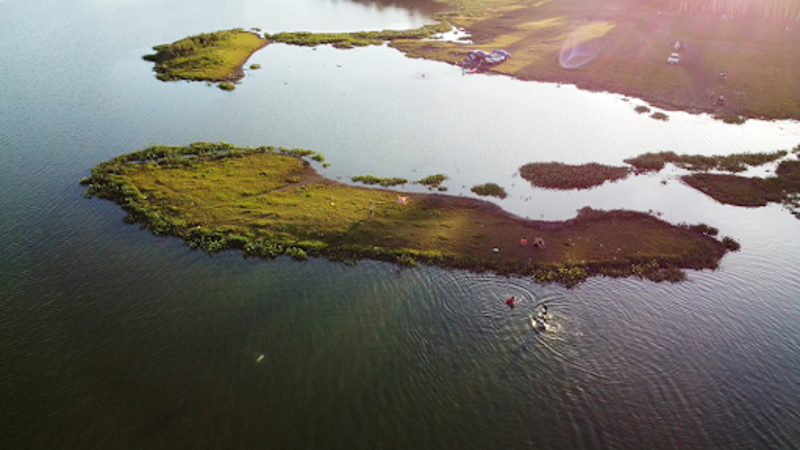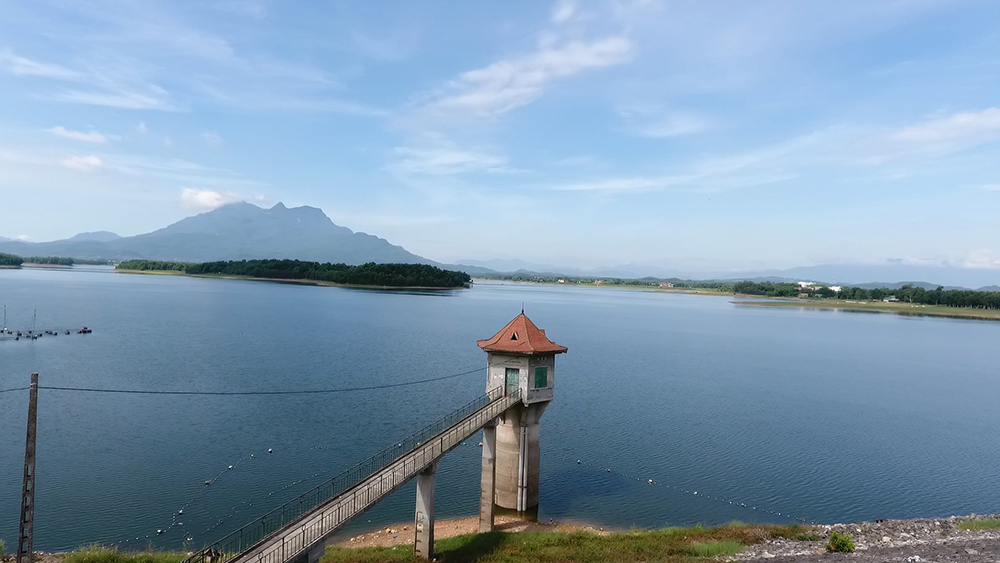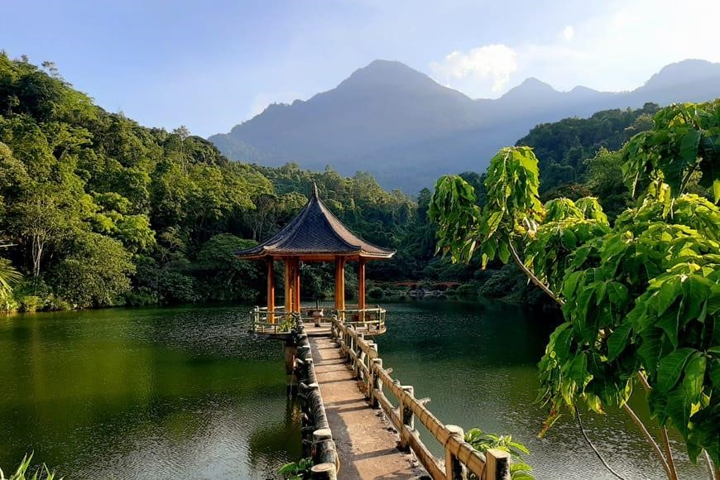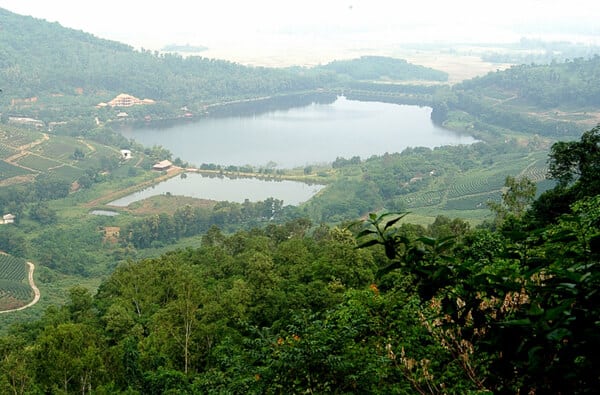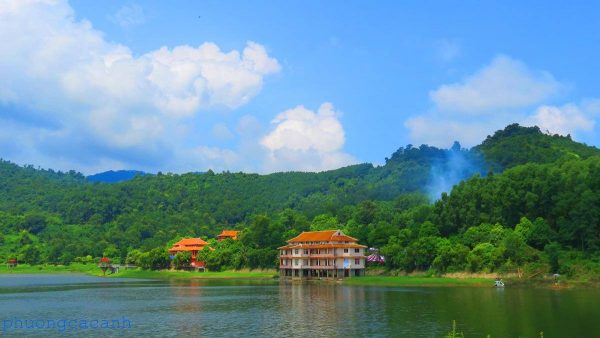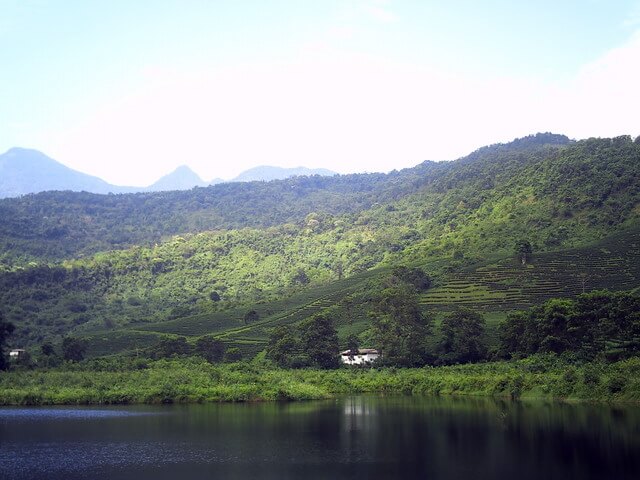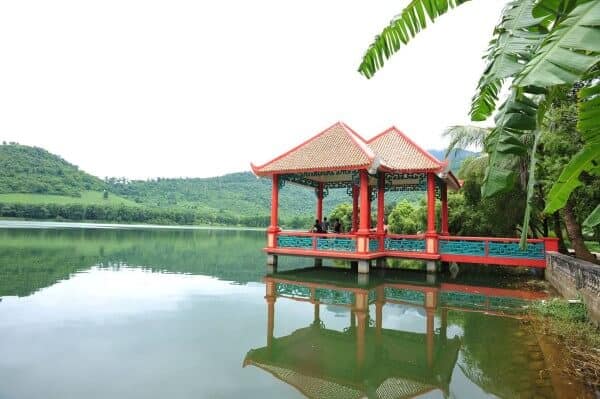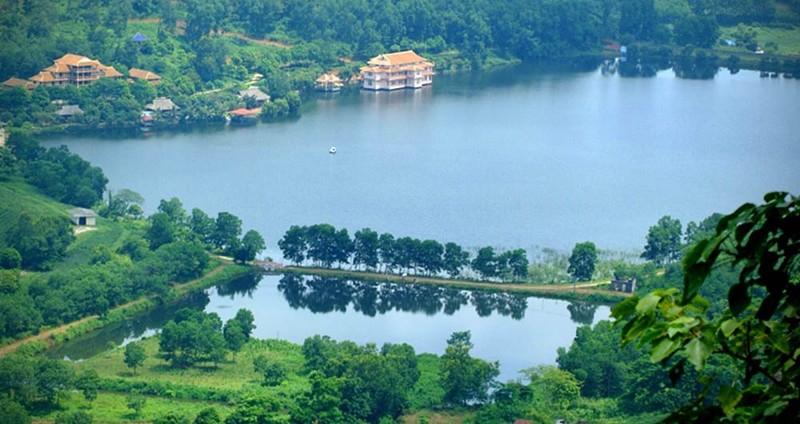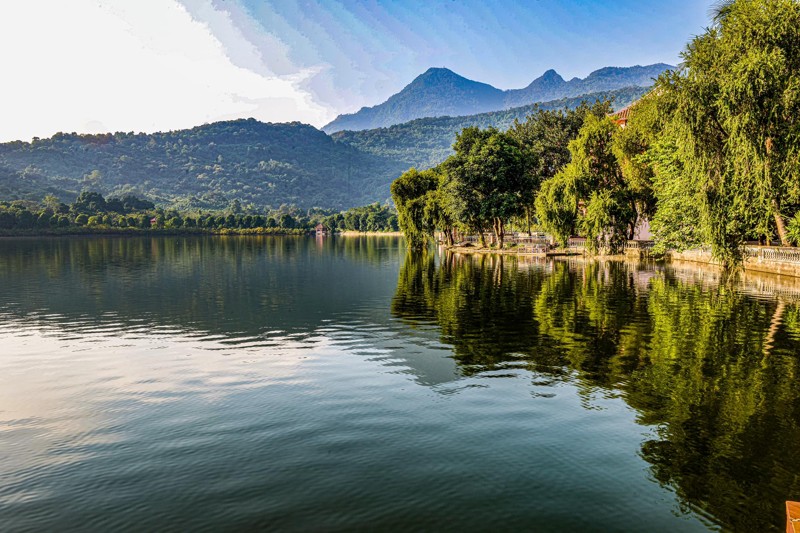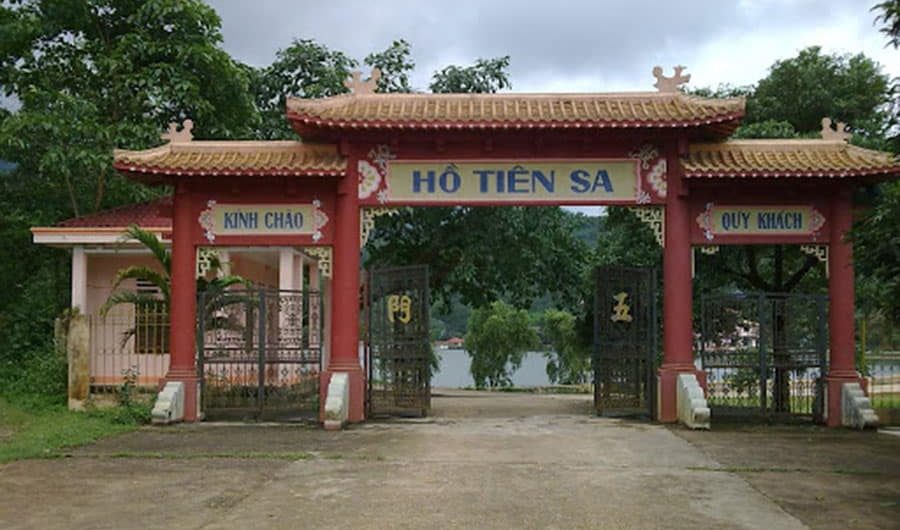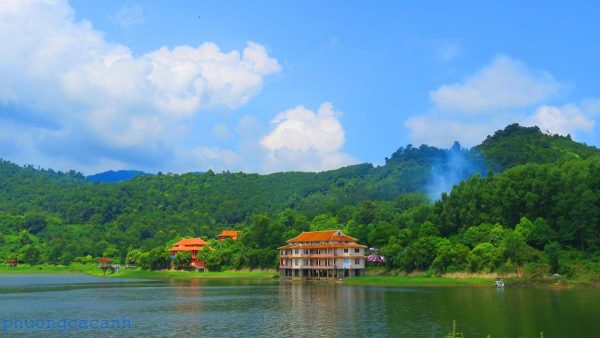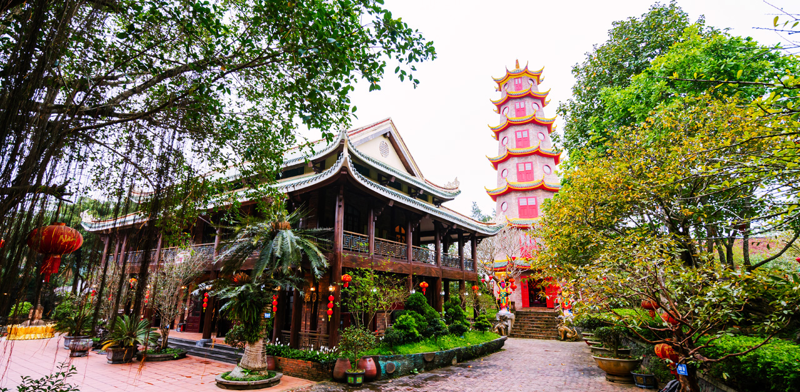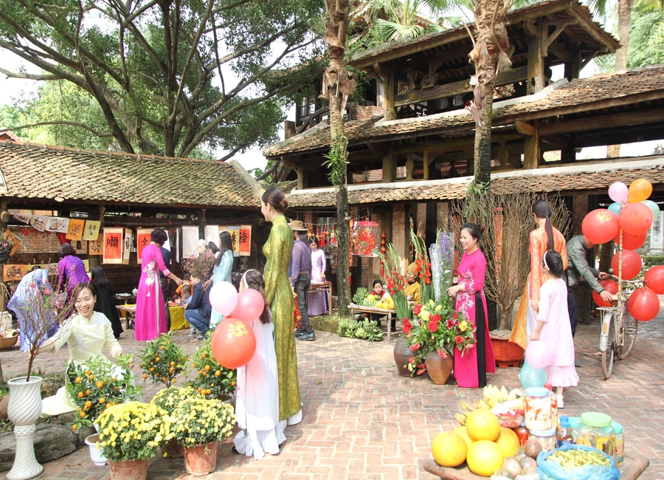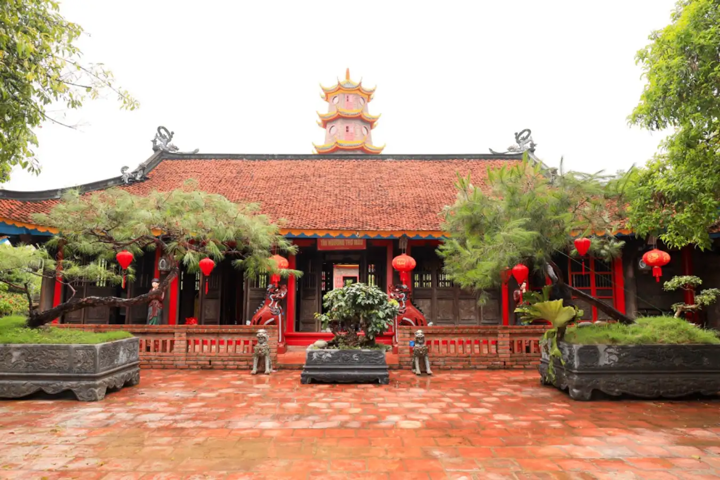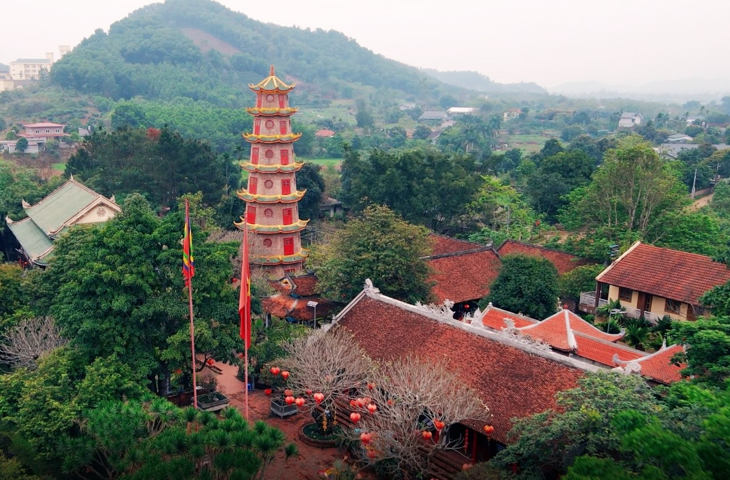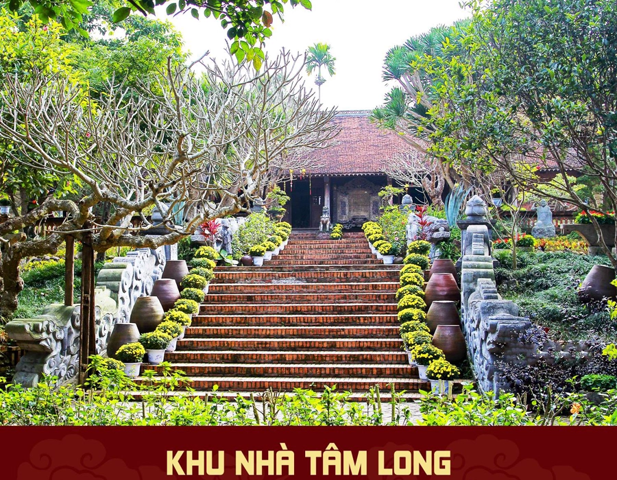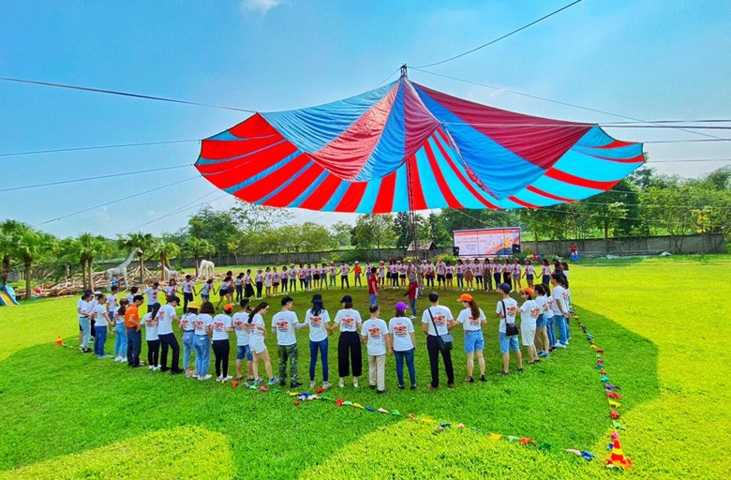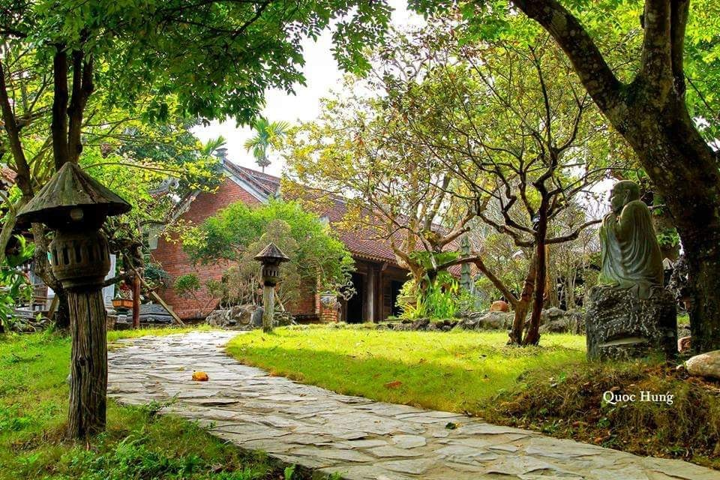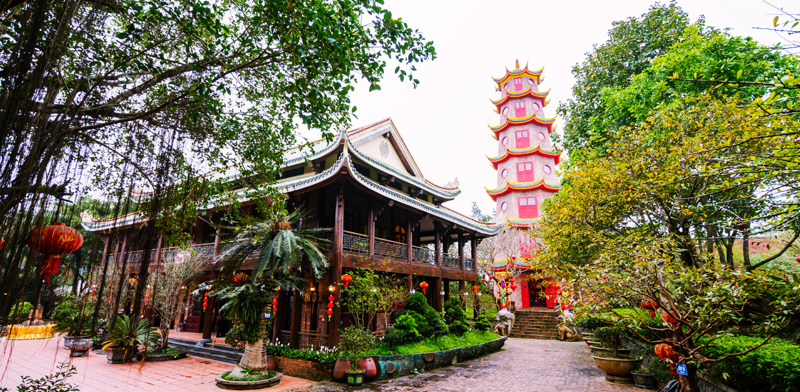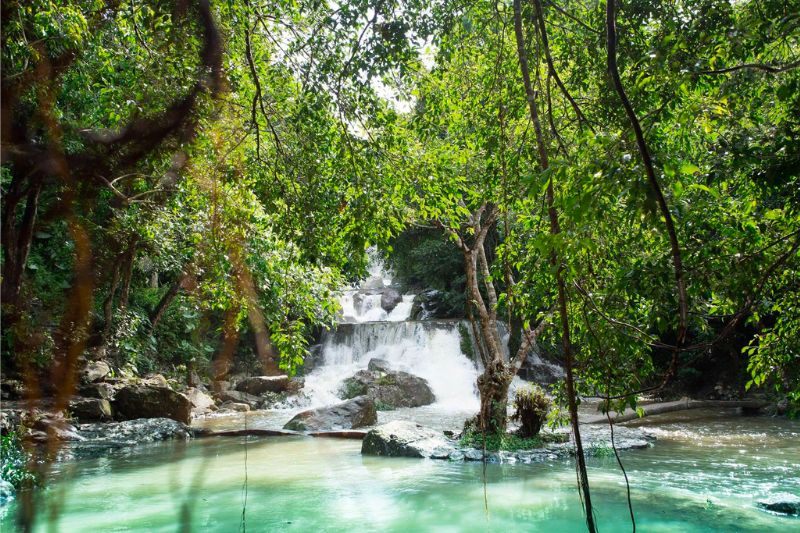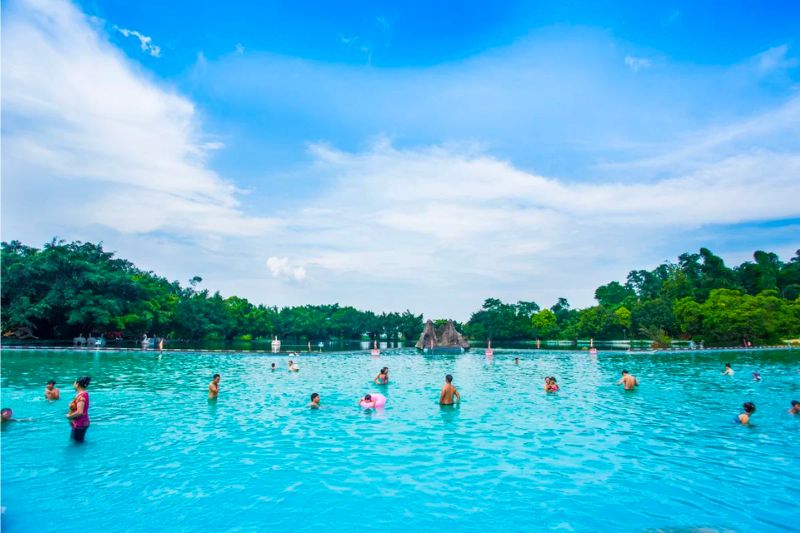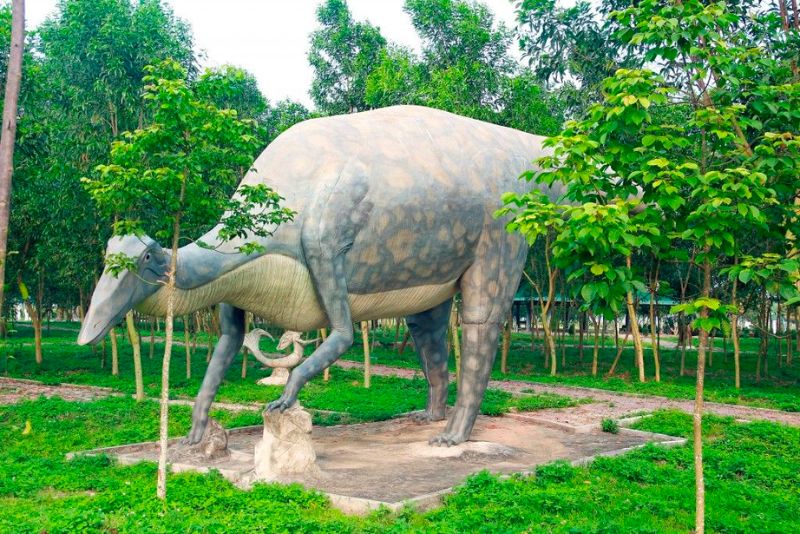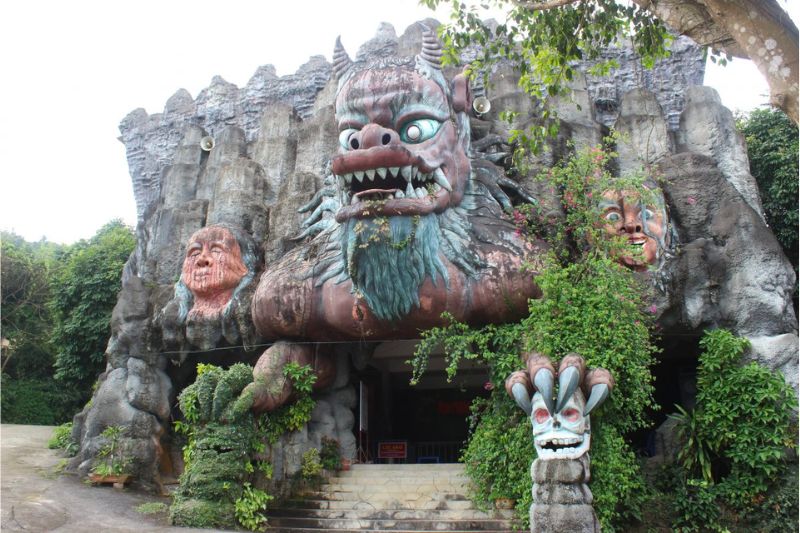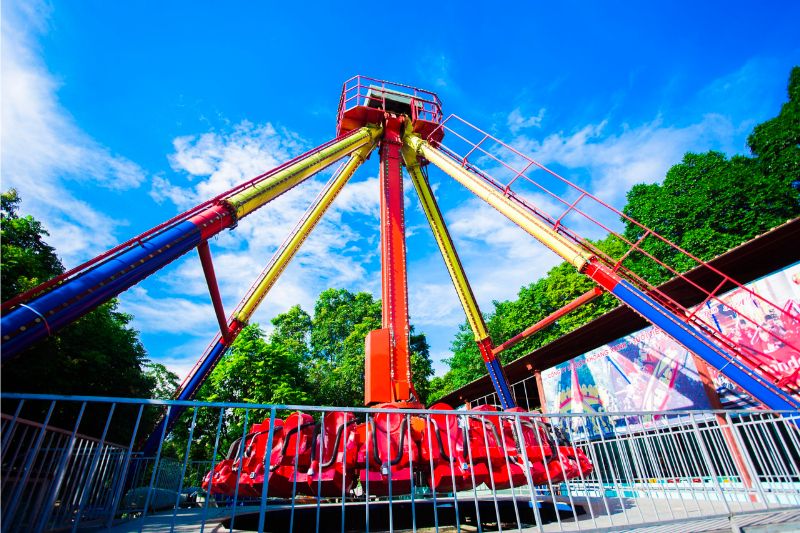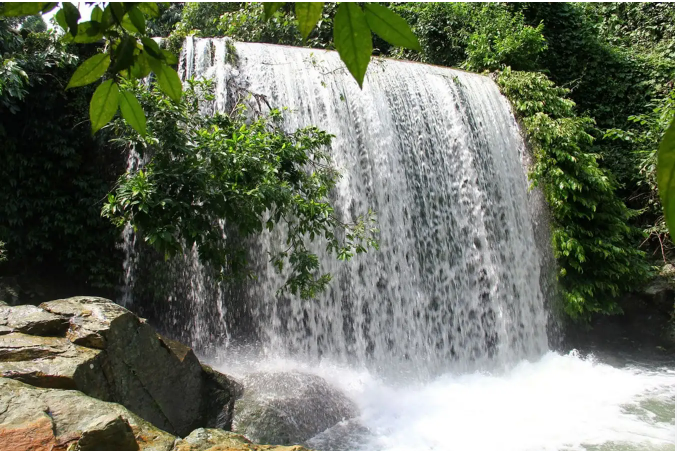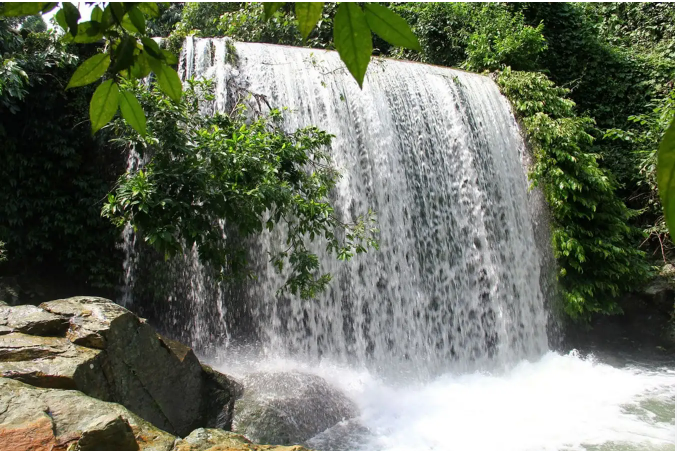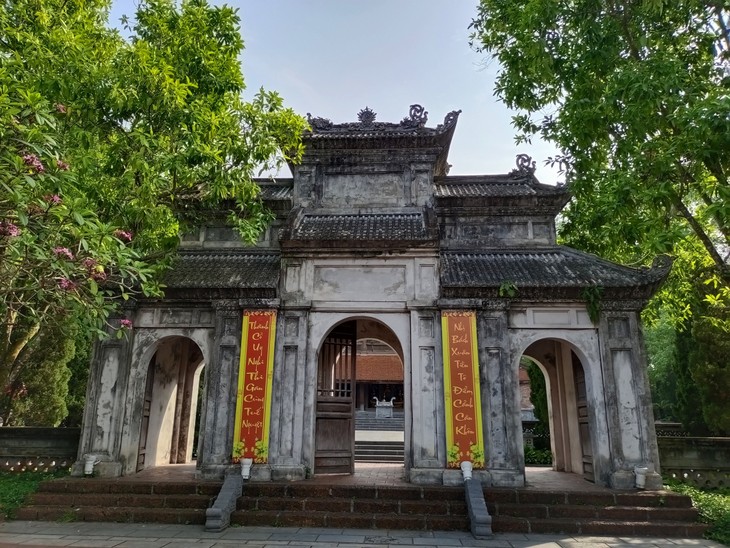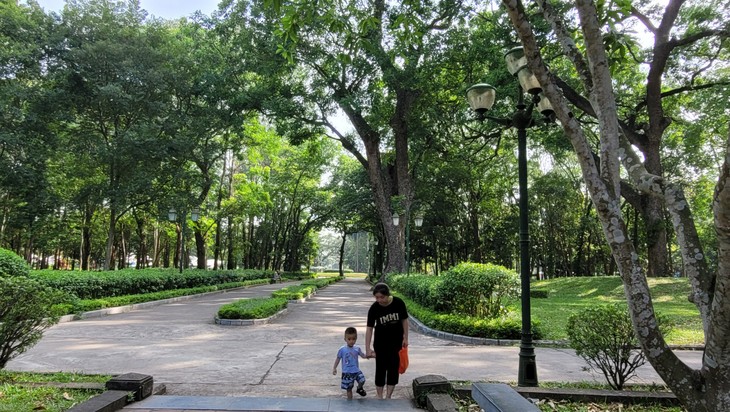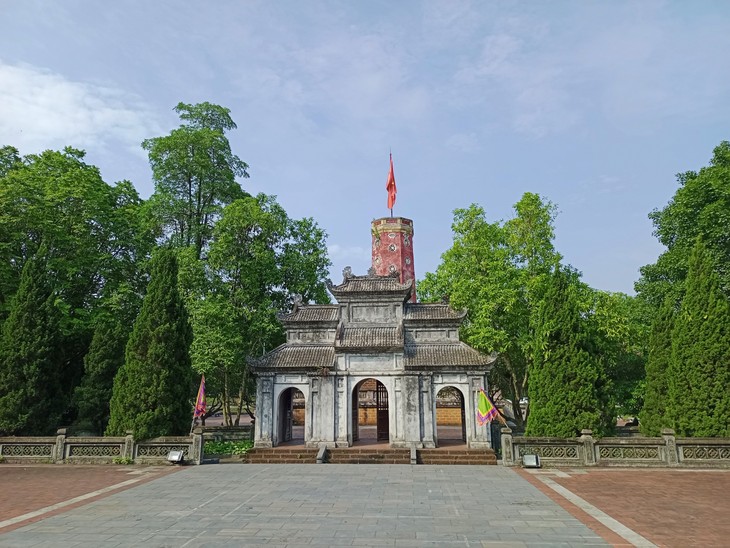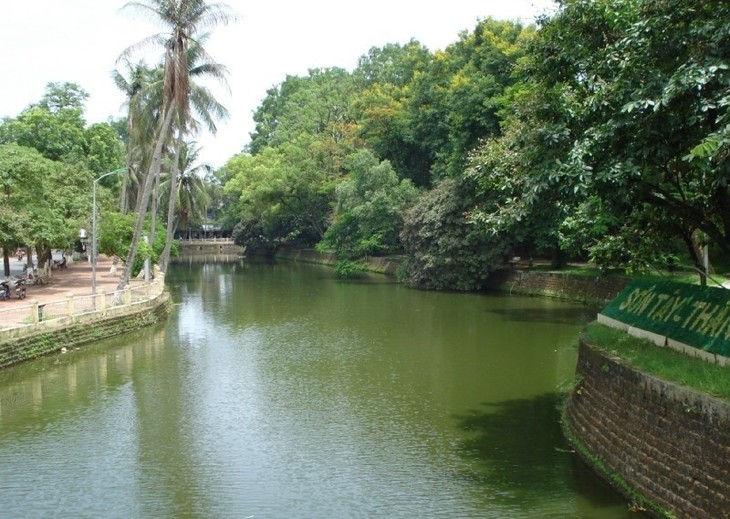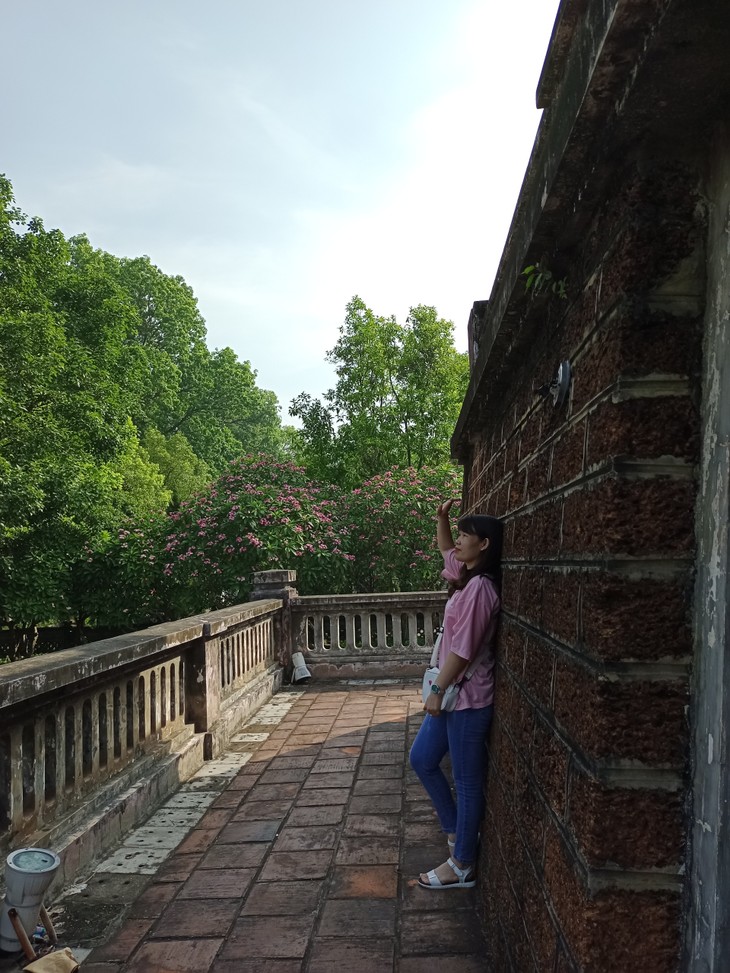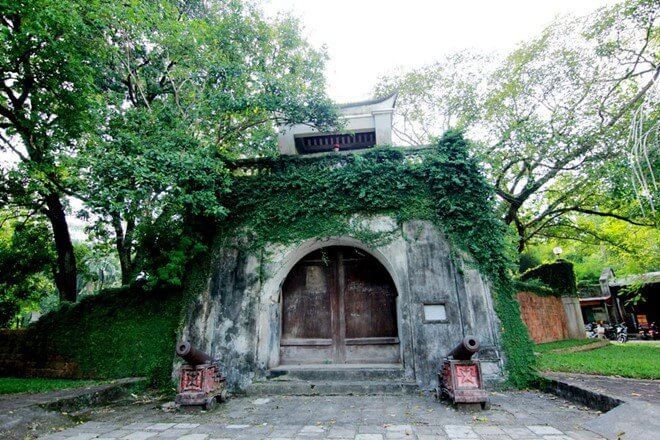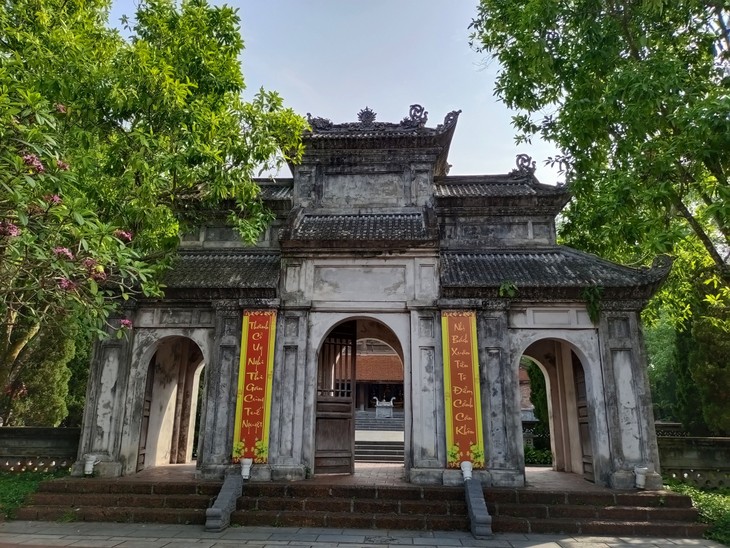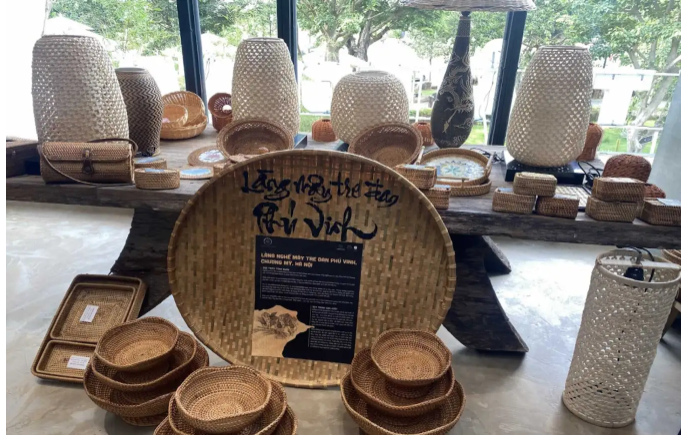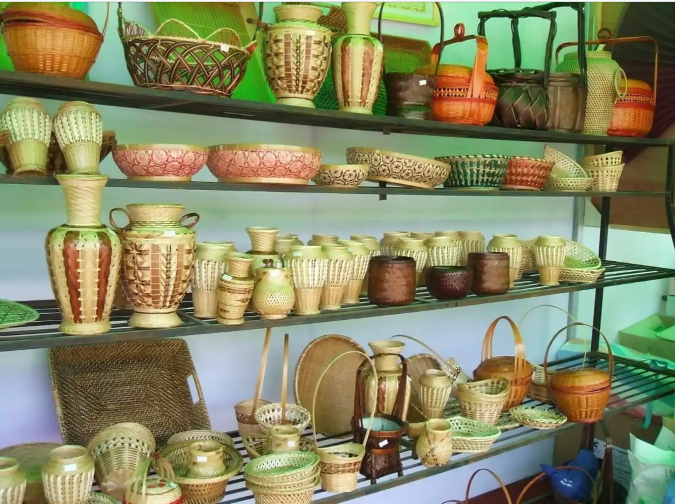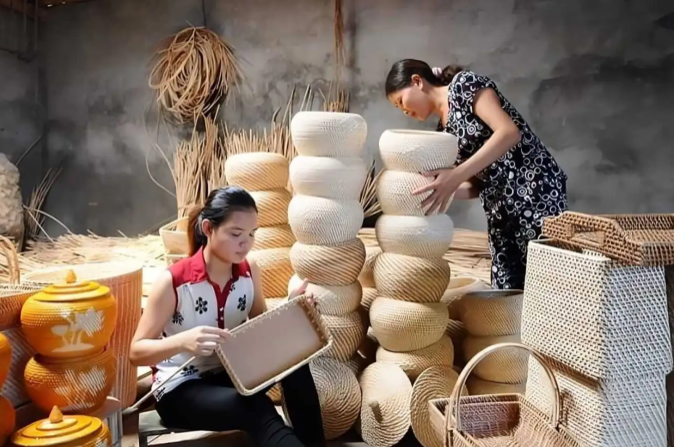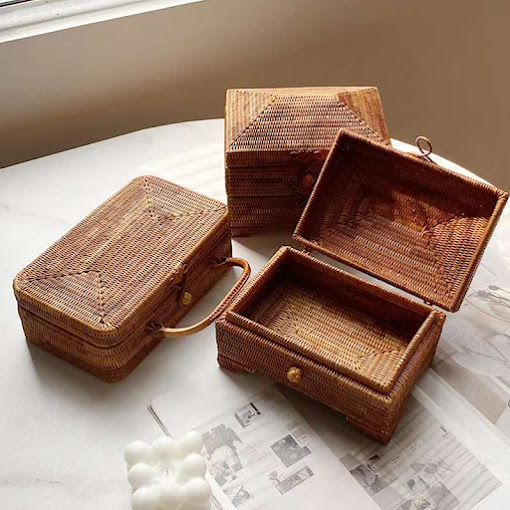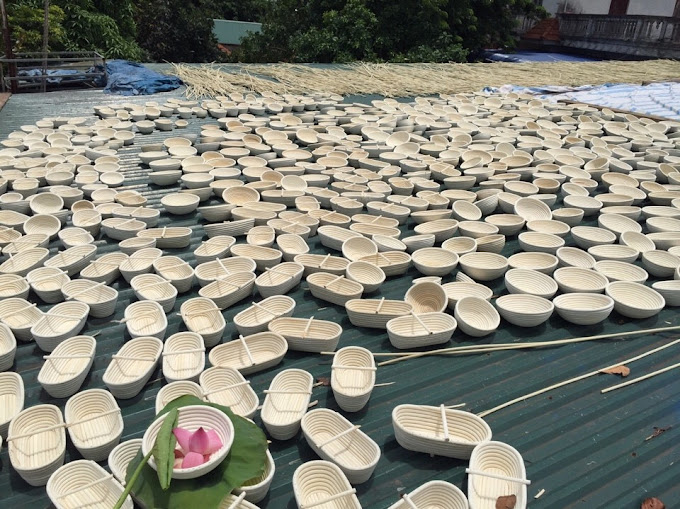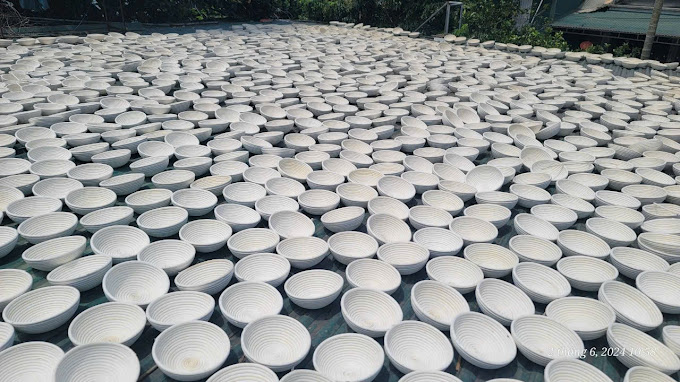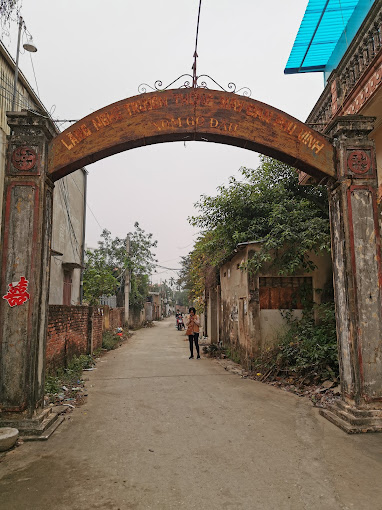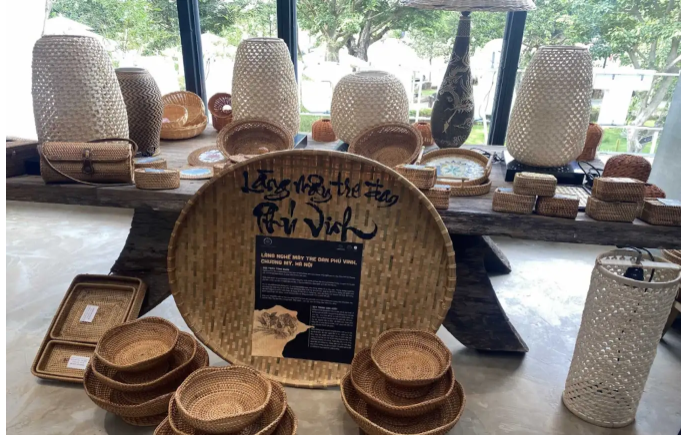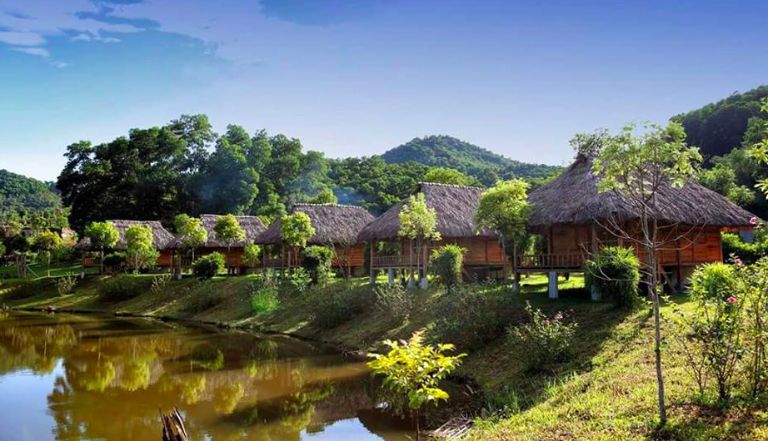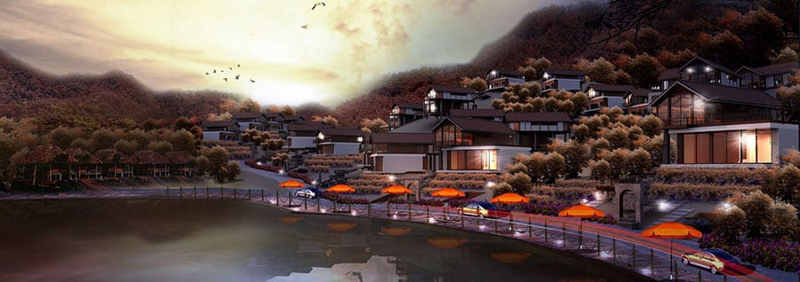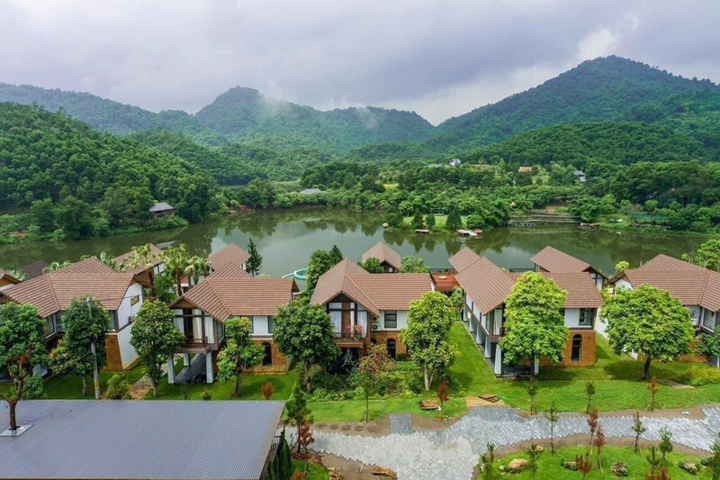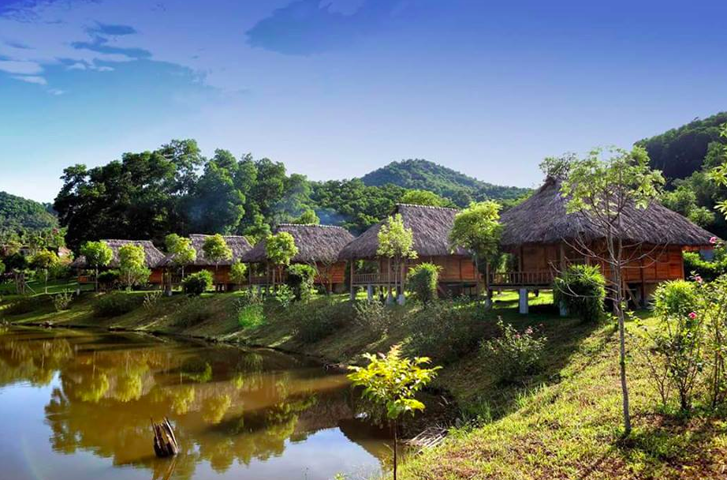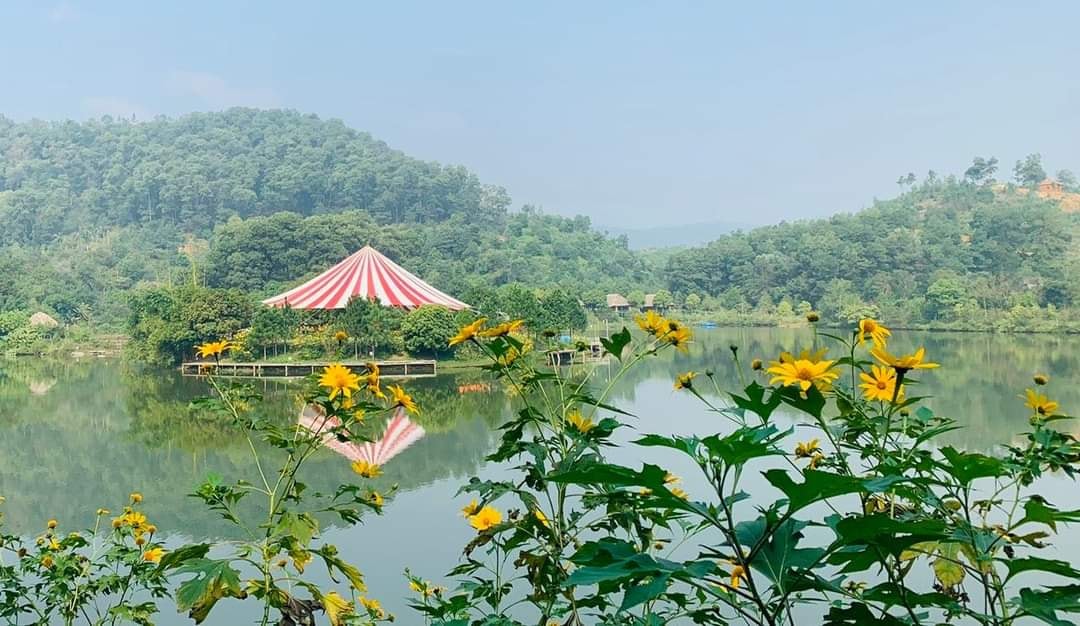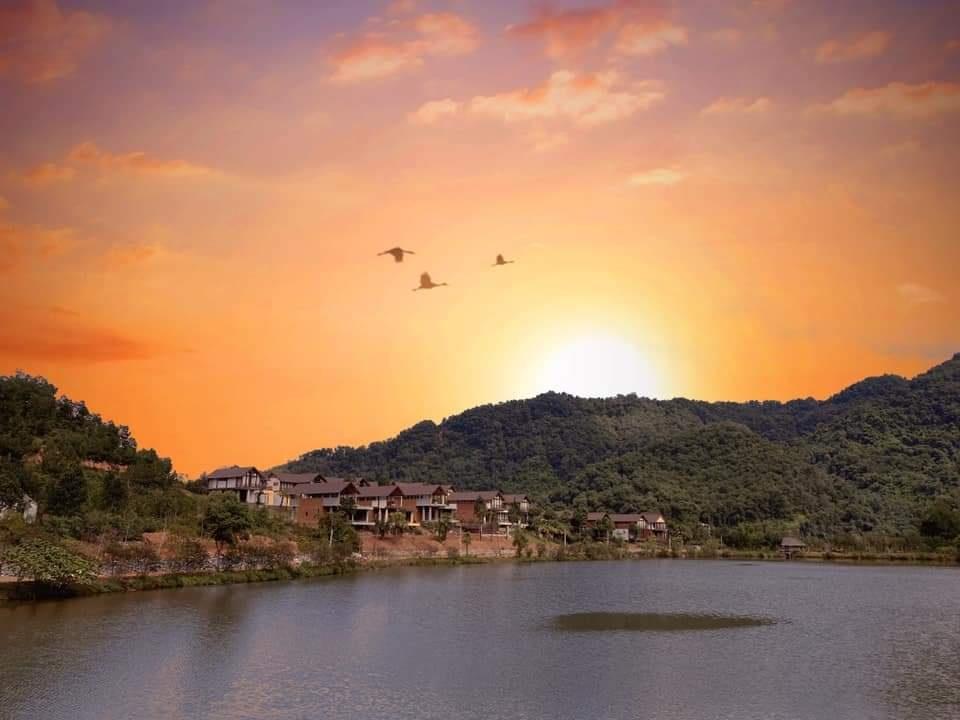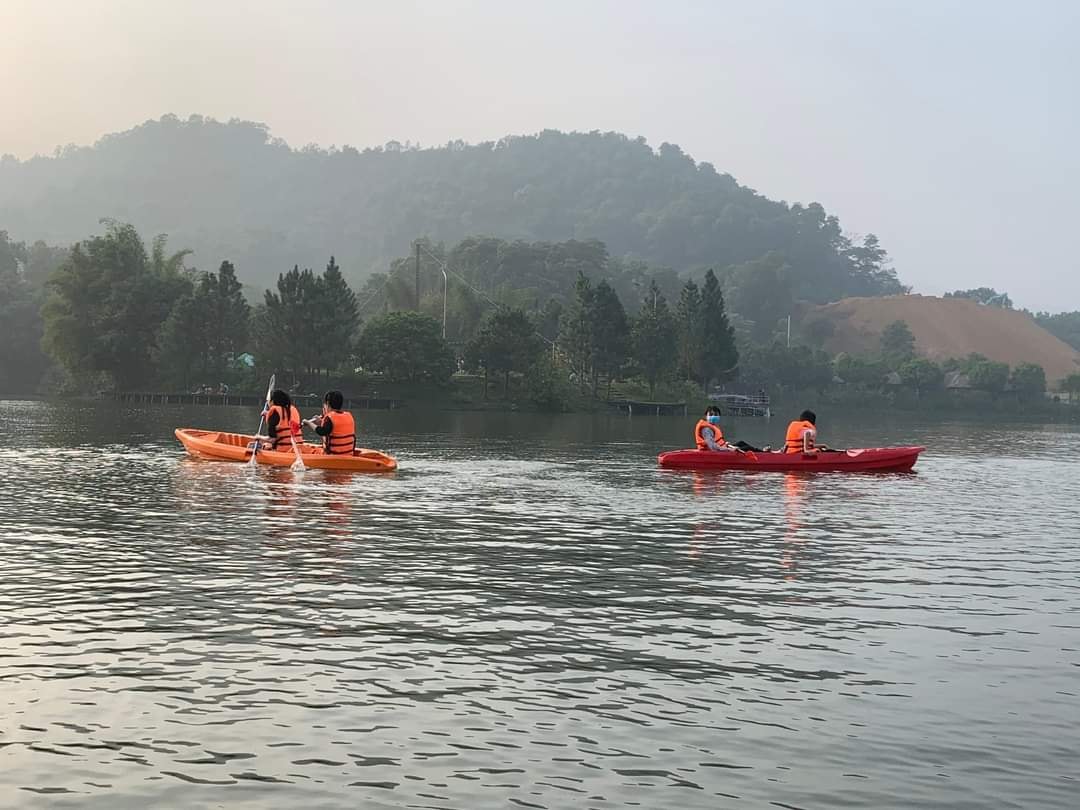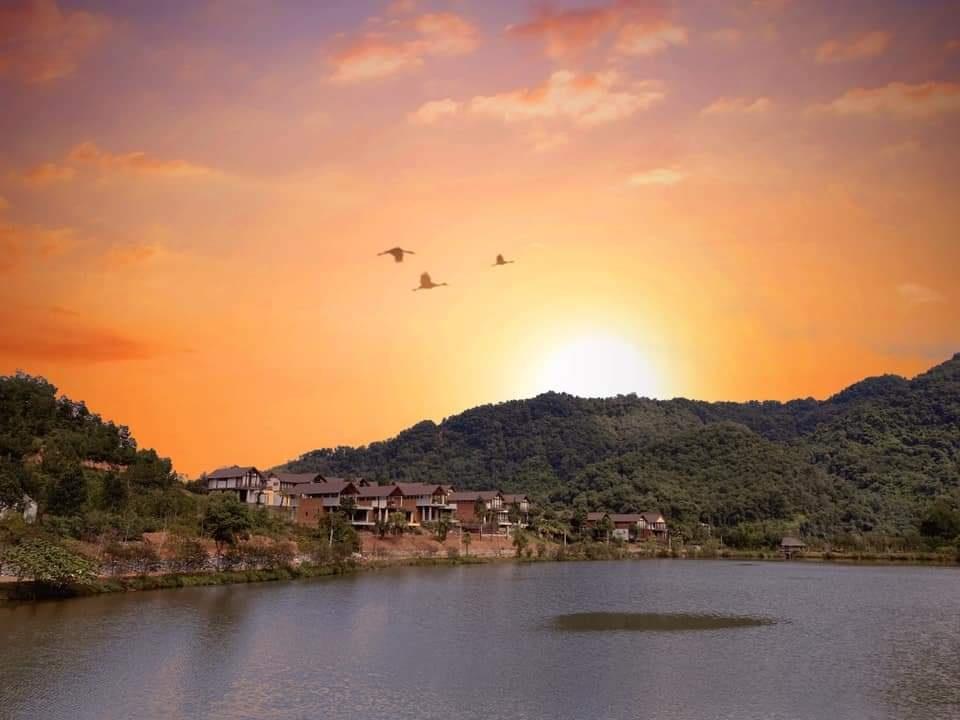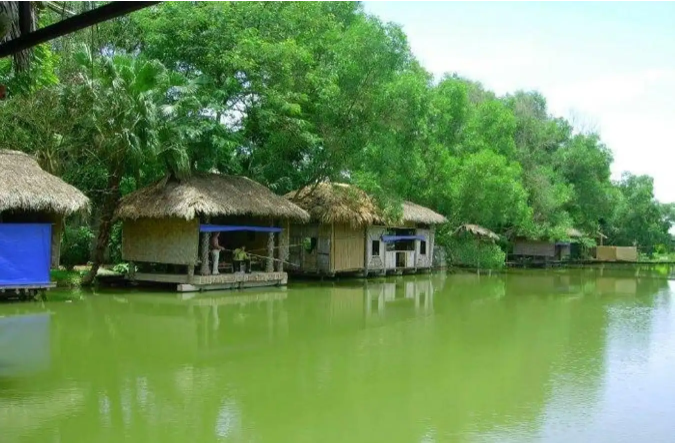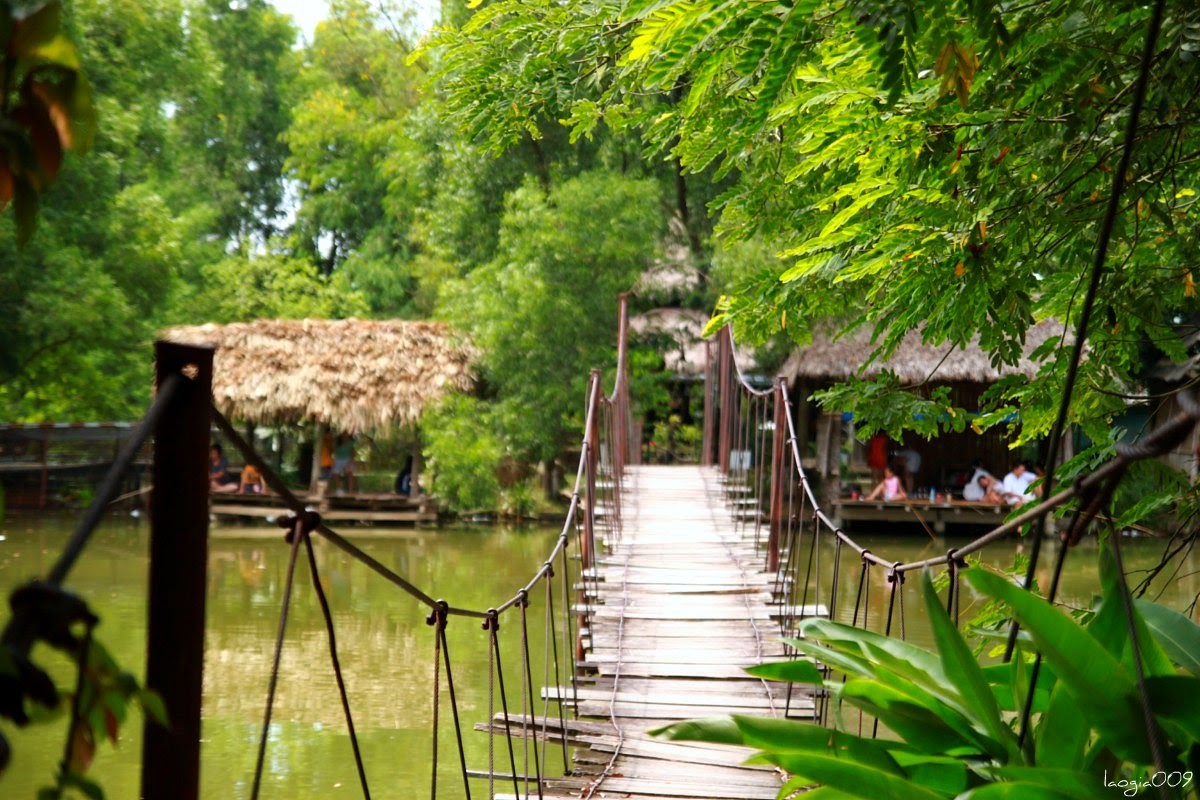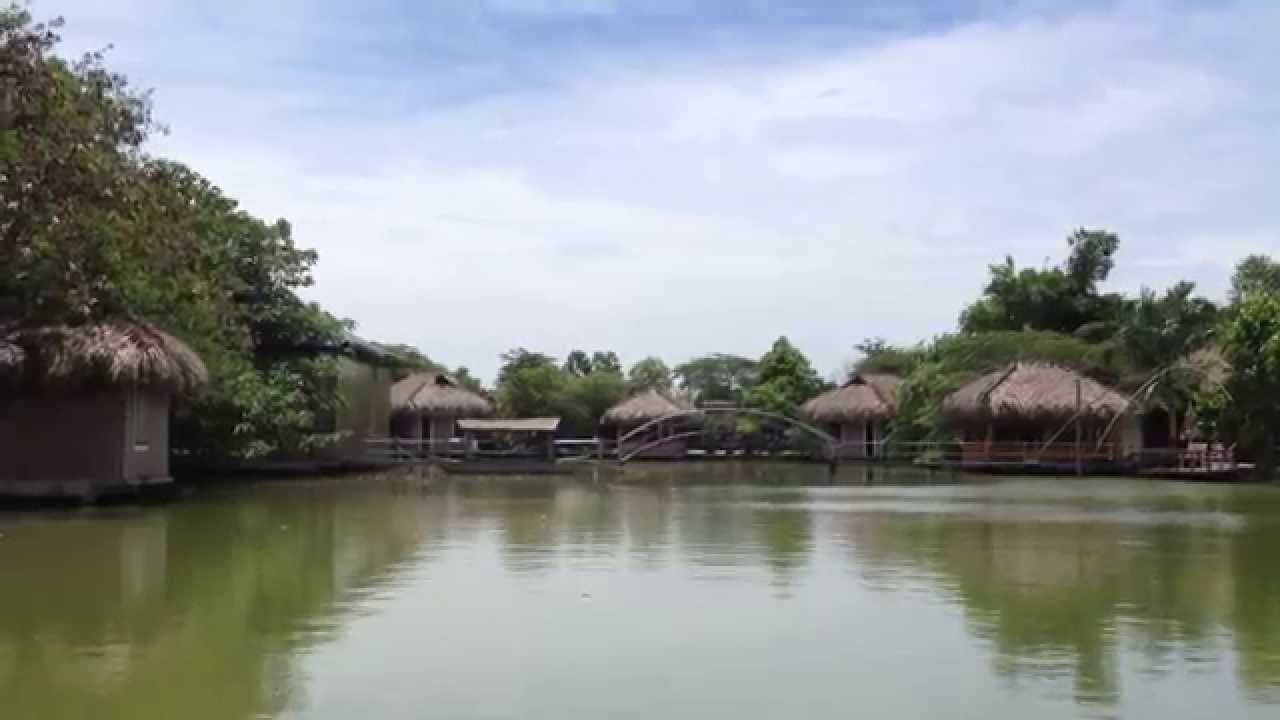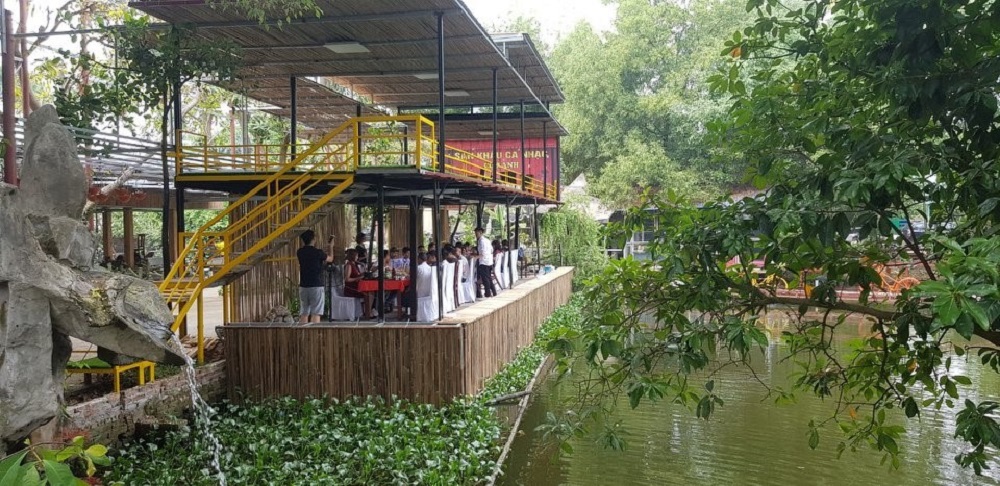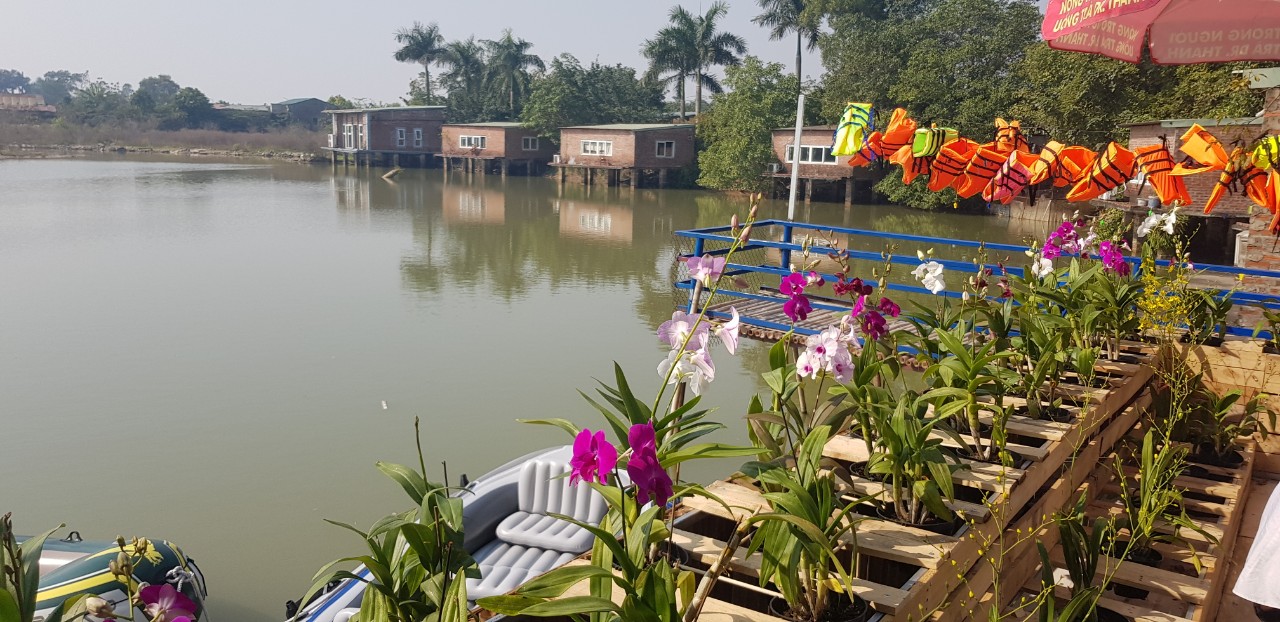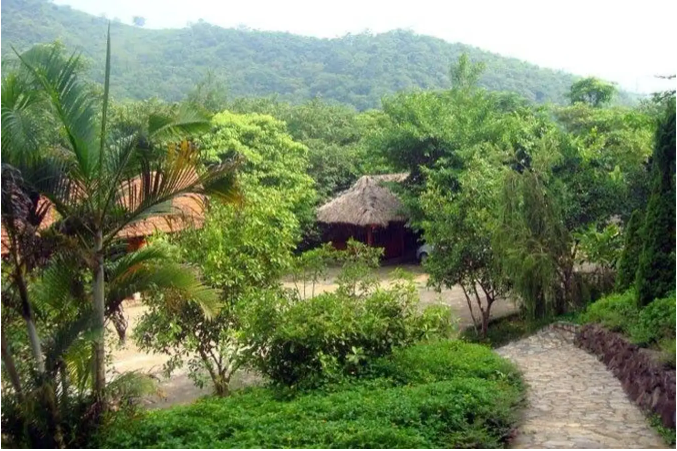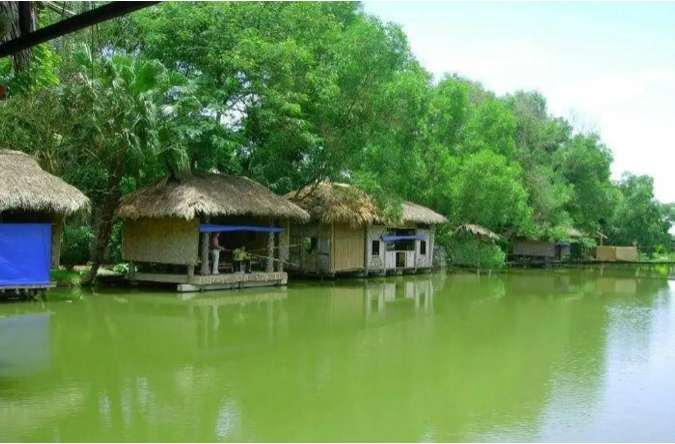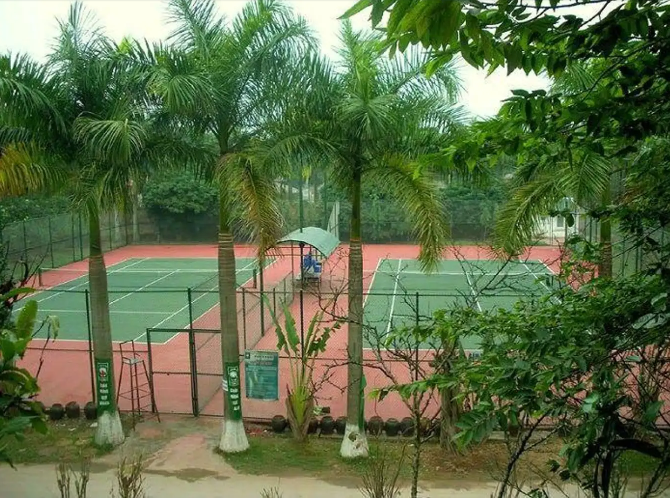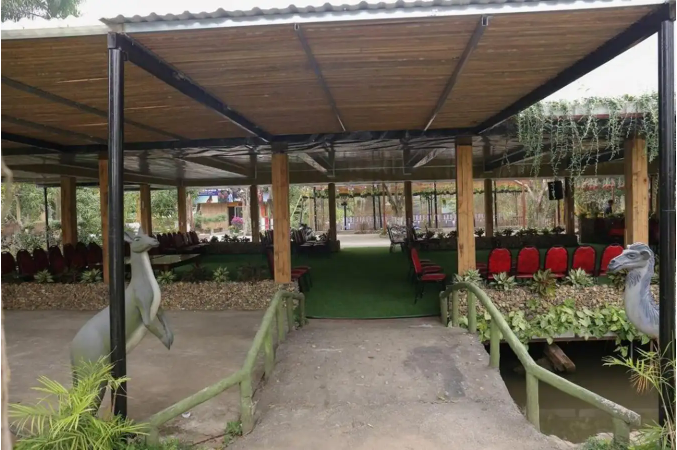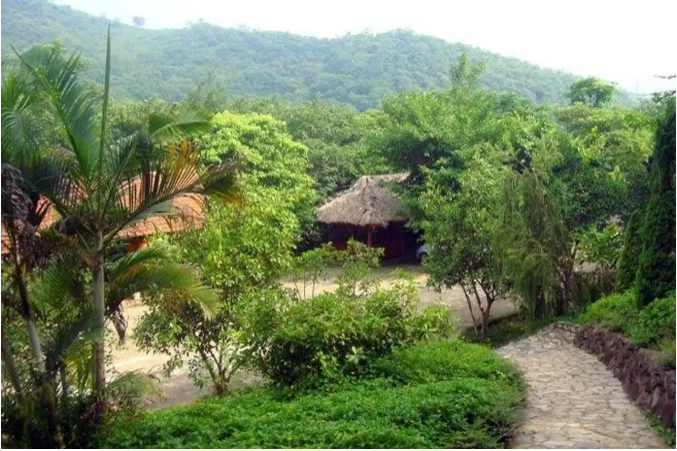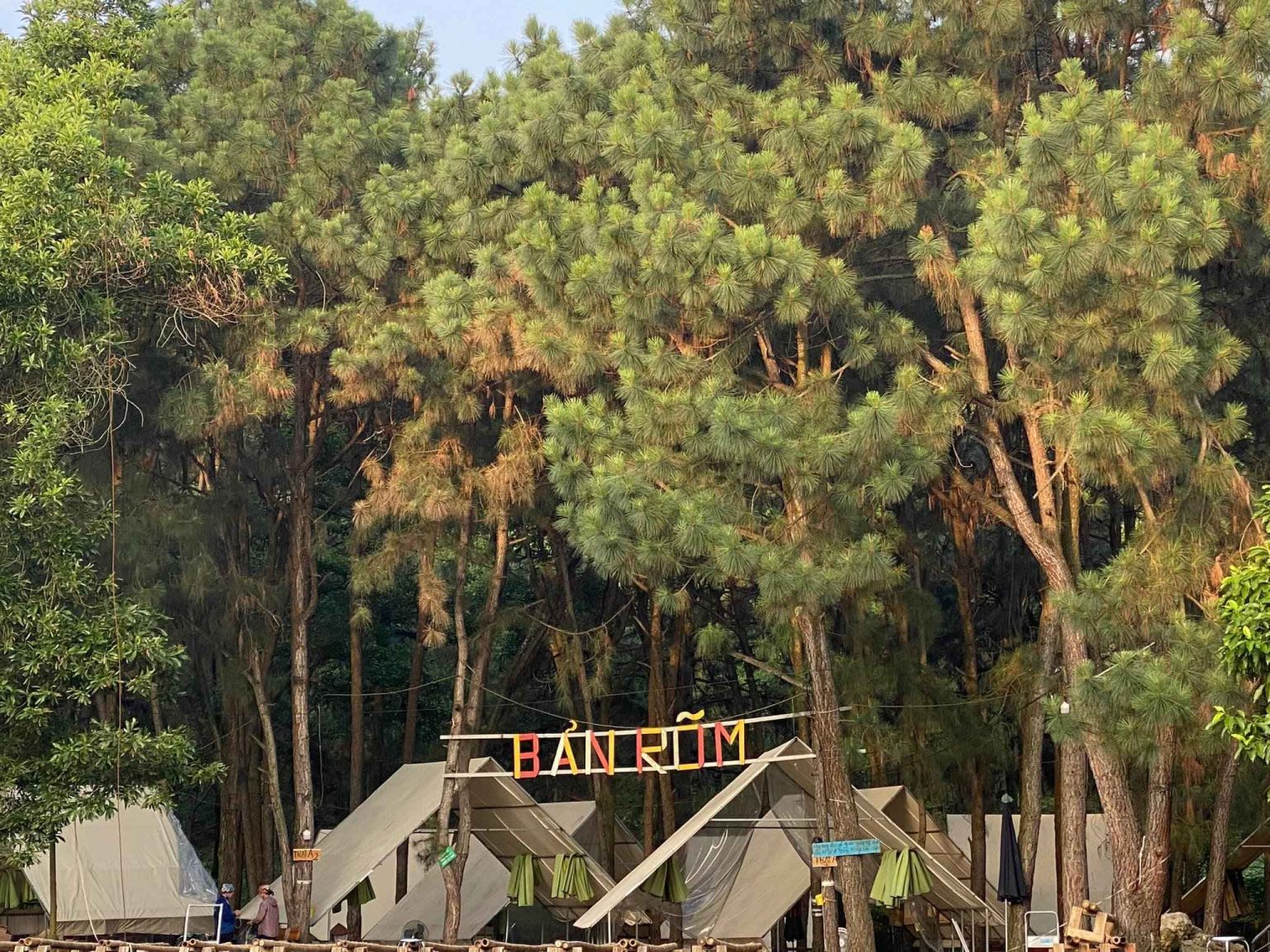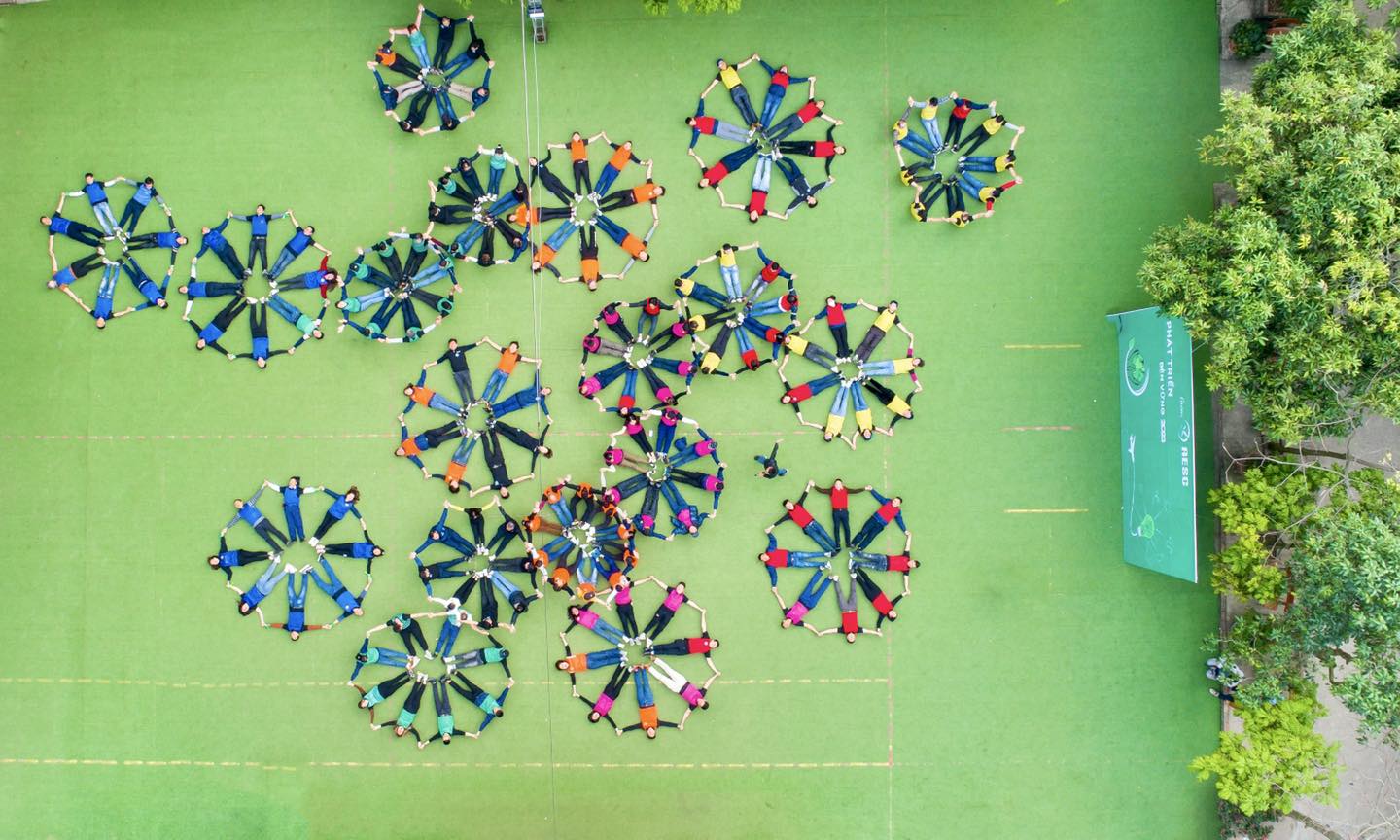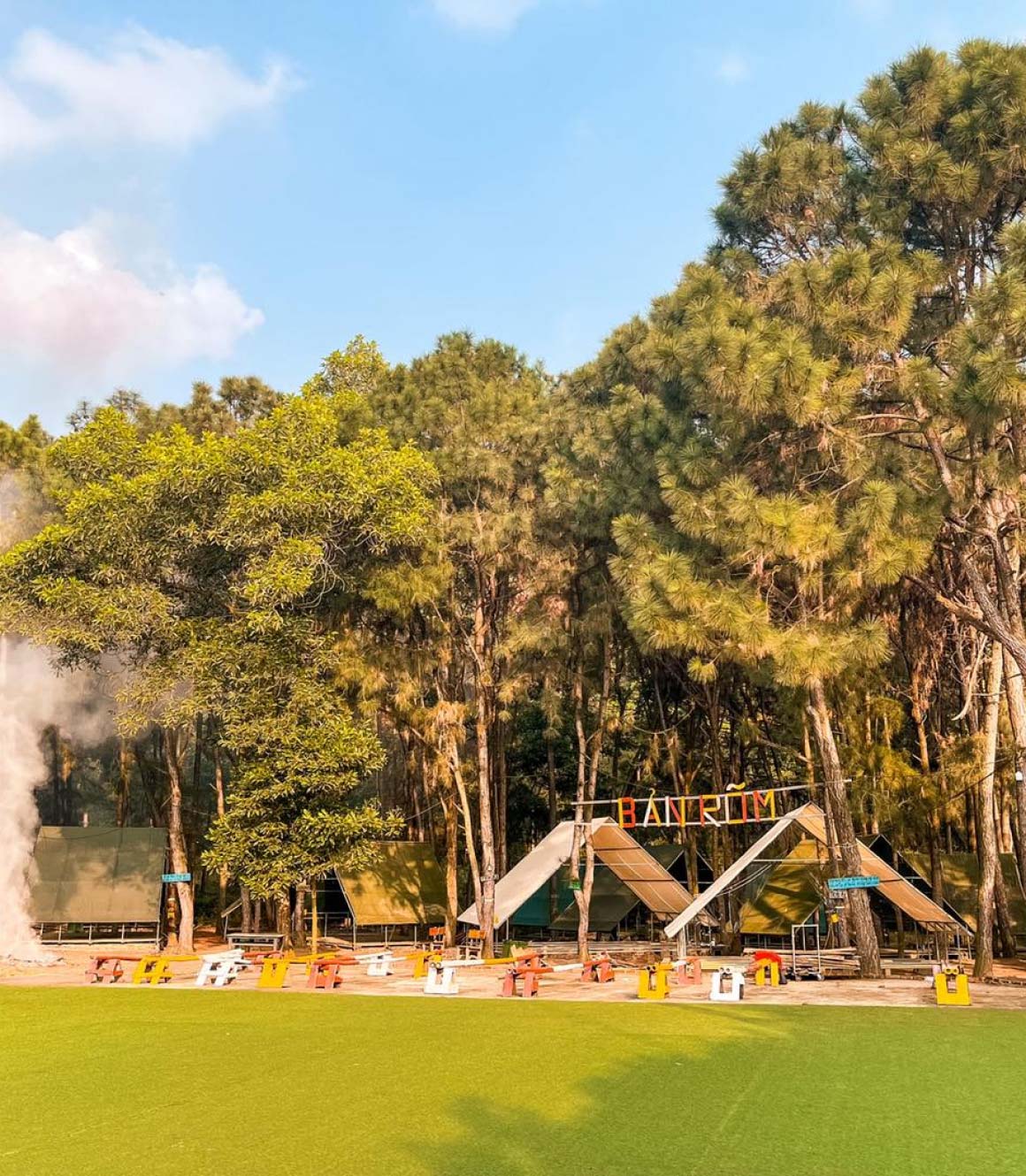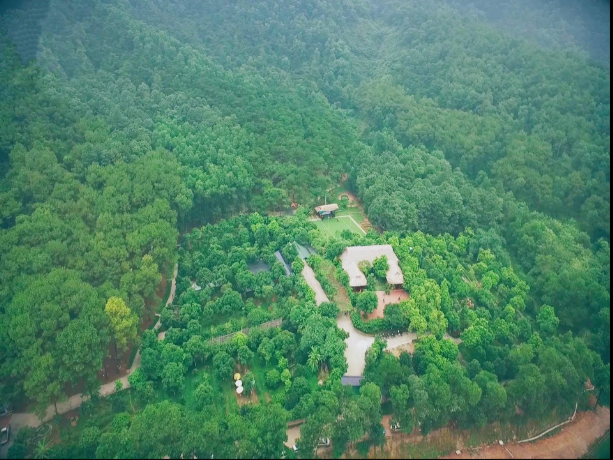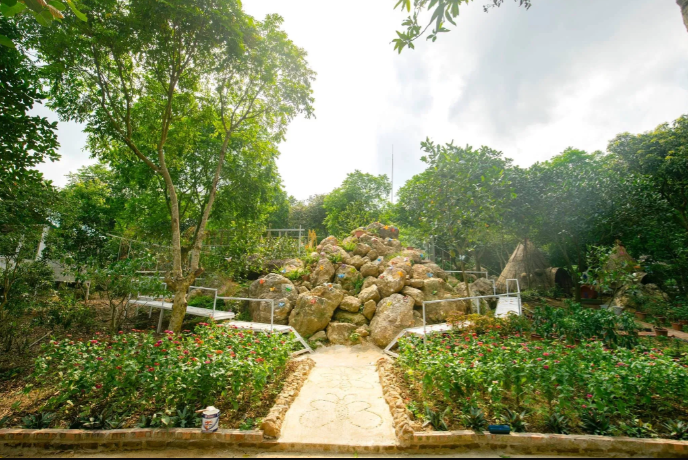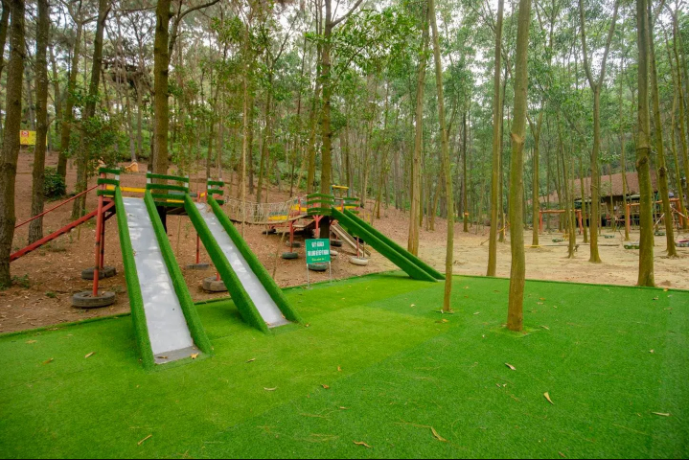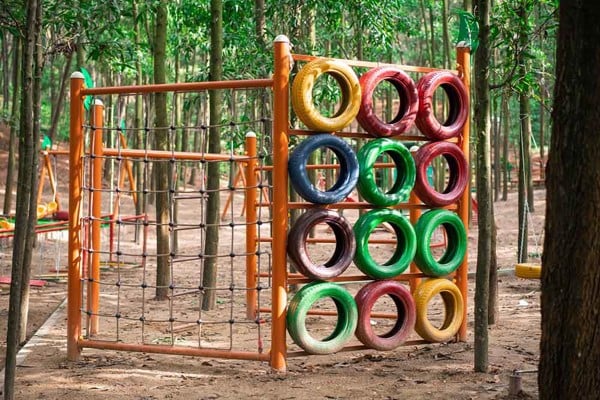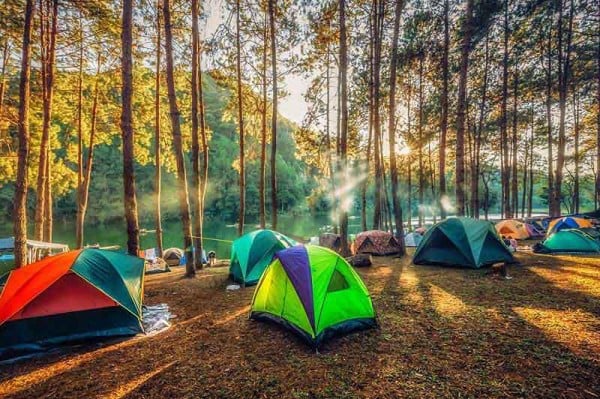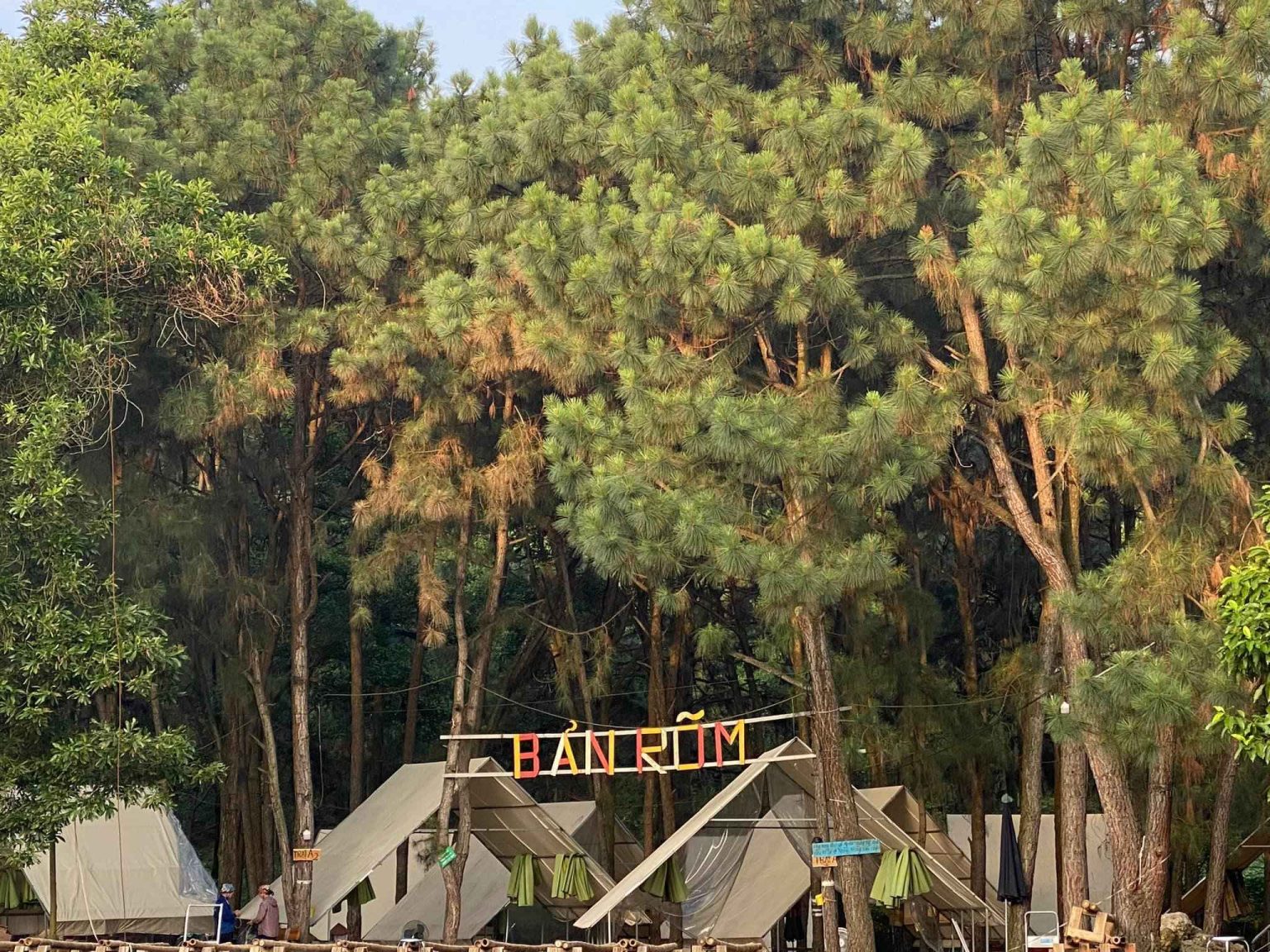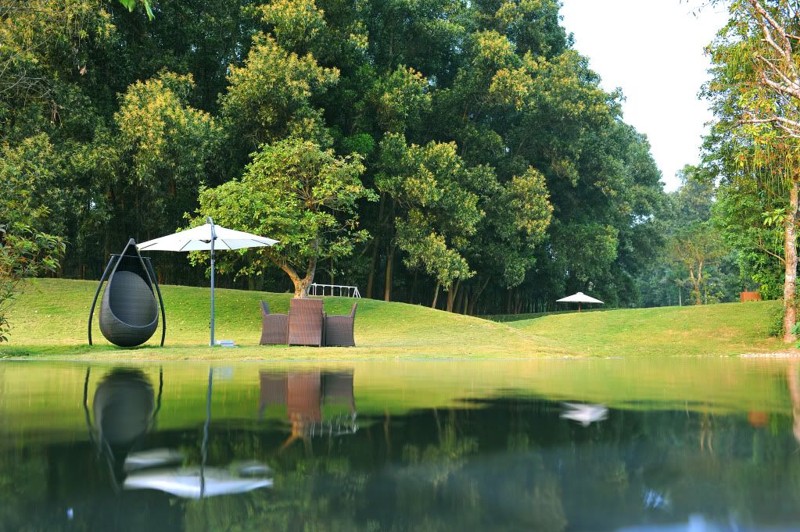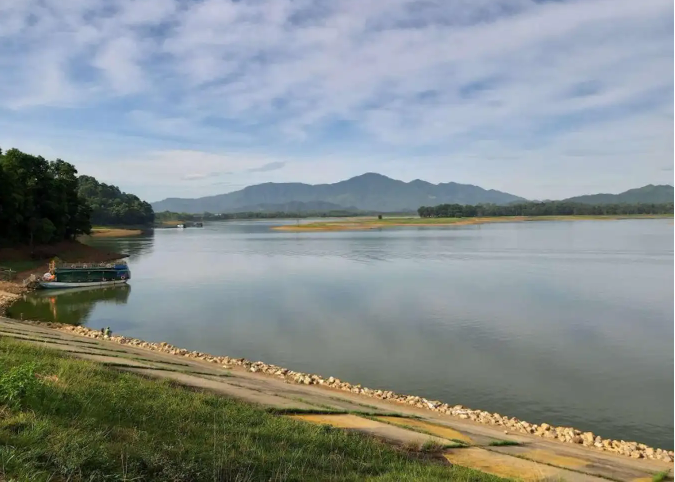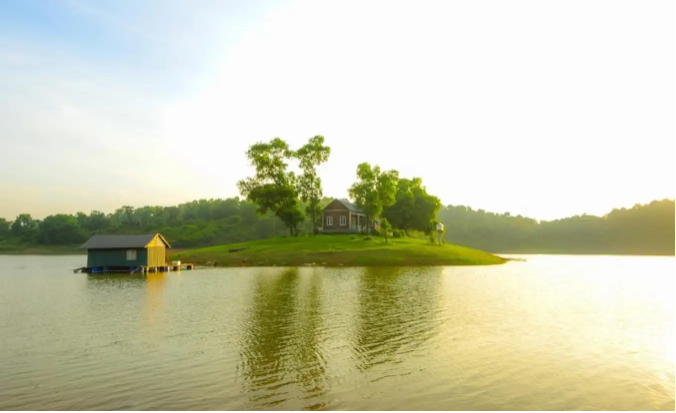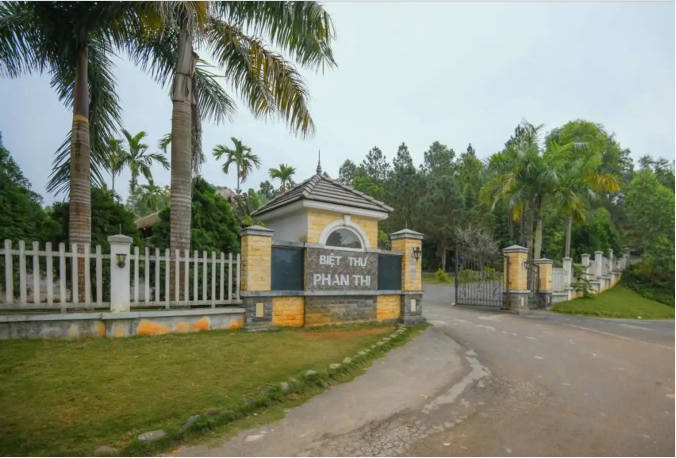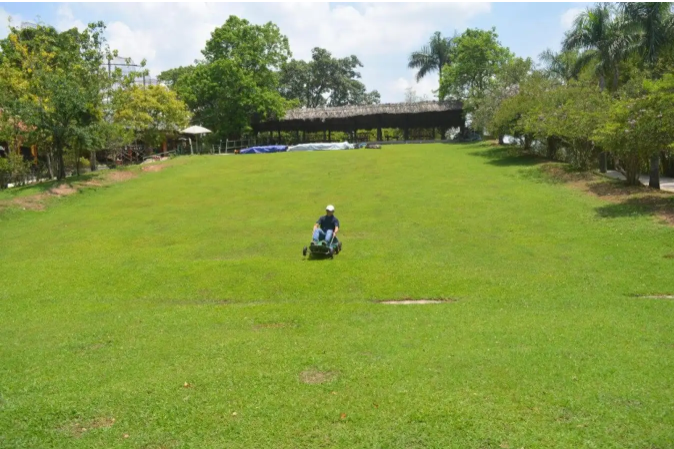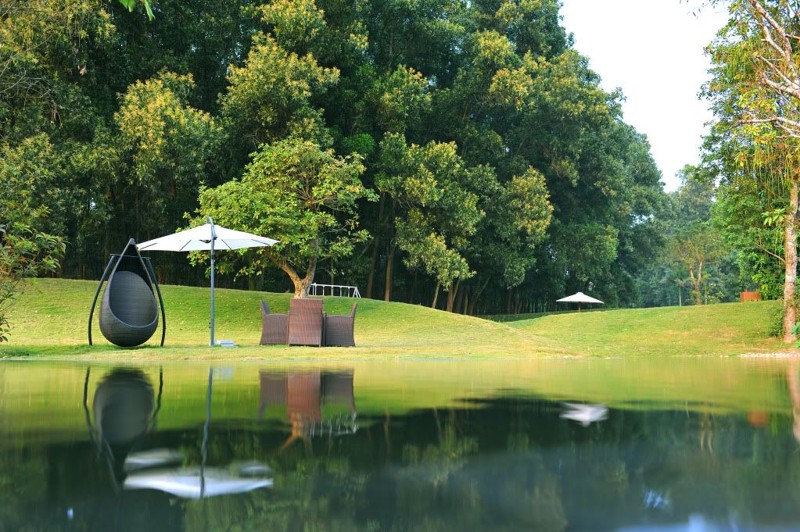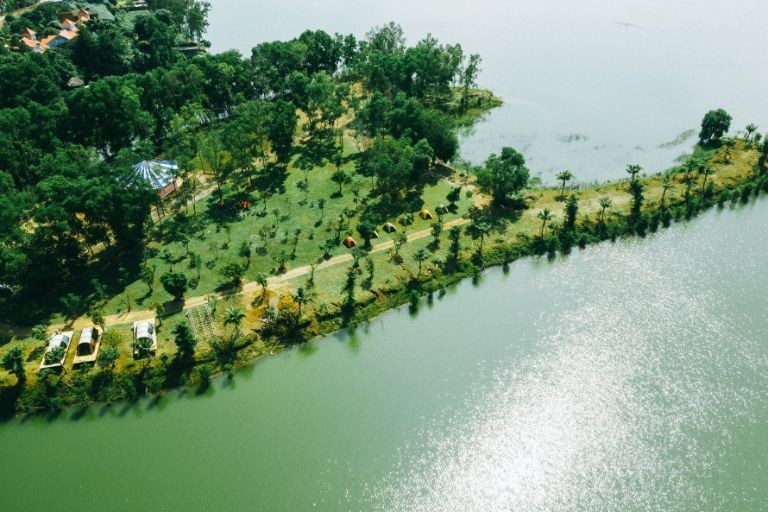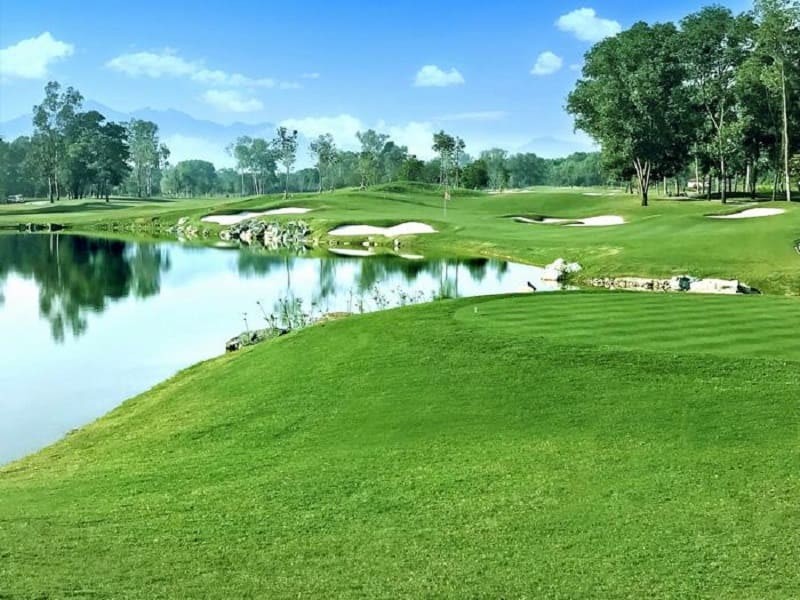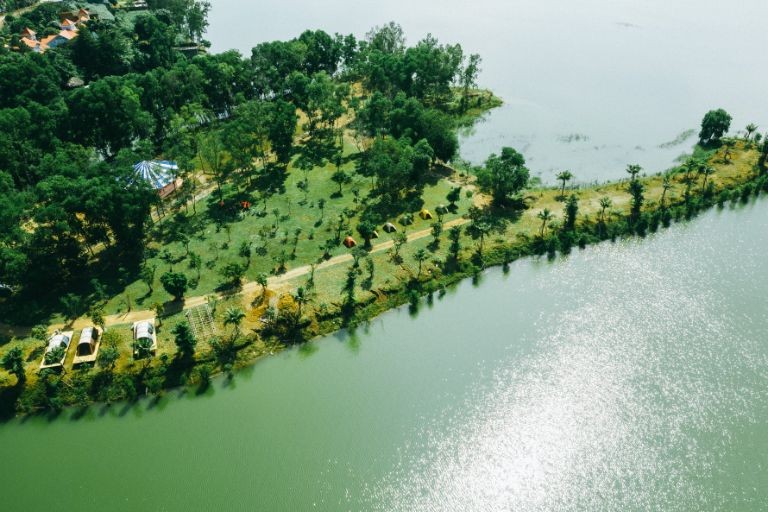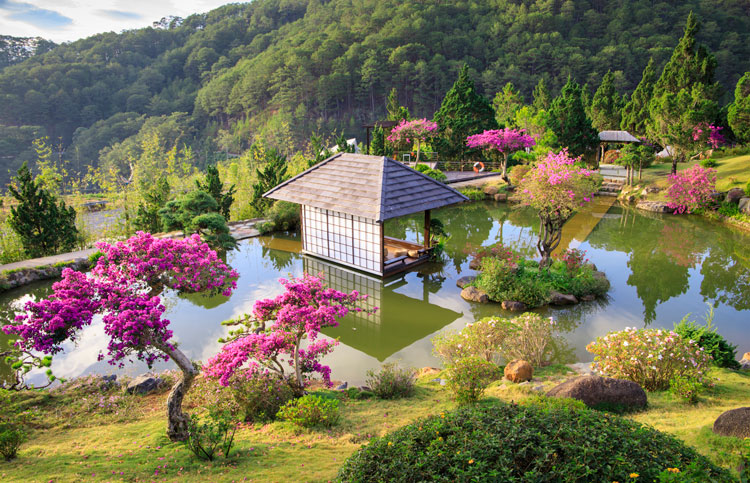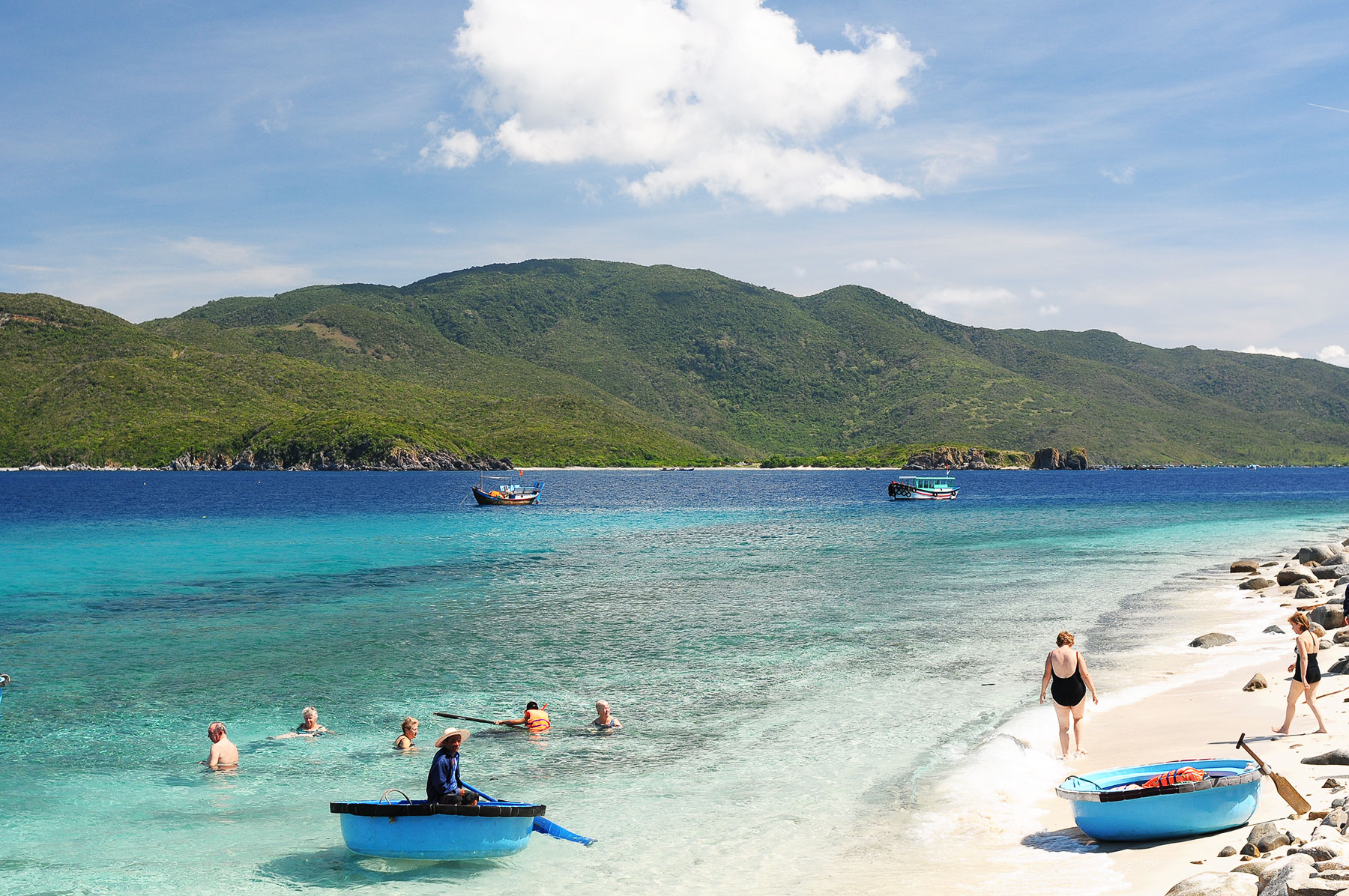Son Tay Ancient Citadel is an important highlight located west of the ancient capital of Thang Long, representing the six provinces of Doai.
Located in the middle of Son Tay town, more than 40 km from the center of Hanoi, Son Tay Citadel is an extremely unique ancient military structure, built in the first half of the 19th century under the reign of King Minh Mang. After more than 200 years of ups and downs in history, this place still retains many ancient vestiges and still retains its quiet majesty, demonstrating the prestige of a heroic historical period of the Vietnamese people.
Recognized as a national architectural historical site in 1994, Son Tay Citadel is currently an attractive destination for visitors not only because of its historical and cultural value and rich community cultural space, but also because The natural landscape is extremely green and peaceful.
The first impression that visitors have when entering the Son Tay Ancient Citadel area is the extremely cool space, feeling very comfortable and pleasant. The rough roots stretch out to embrace the gate walls, creating a very mossy beauty.
With a unique architecture, built entirely of laterite, unique in Vietnam, Son Tay Citadel was built by King Minh Mang in 1822 and is one of the important military bases, preserving defending the ancient capital of Thang Long. This is also a cultural and historical relic representing the model of Vietnam's fortress during the period of fighting against foreign invaders. During the 70s and 80s of the 19th century, this place was a center for the prevention of resistance against the French by Nguyen court officials between the first and second French invasions of Tonkin.
“Son Tay Ancient Citadel is an important highlight because the Ancient Citadel is in the West, representing the six provinces of Doai. When he ascended the throne, King Minh Mang built 20 citadels, of which 4 citadels were located in 4 towns: Bac Ninh citadel, Son Tay citadel, Nam Dinh citadel, Hai Duong citadel.
The citadel was built in a quadrilateral shape with a circumference of 1,309.4m, area, surrounded by a moat with a length of 1,795m, the width of the moat is about 30m with a width of more than 2m, passing through the moat is the citadel wall. is structured according to Vauban architecture (a military construction style named after the French engineer Vauban). On each side of the citadel, in the middle, the wall circles around in a semicircle, with an entrance gate and a watchtower above...
The most important works of the Ancient Citadel are the 18m high flagpole, Kinh Thien Palace (Vong Cung) and two lotus ponds also known as Ta well and Huu well: "Vong Cung was built in the 3rd year of Minh Mang's reign on the foundation ancient city center. Kinh Thien Palace is the place when the king goes on pilgrimage and performs sacrifices to heaven and earth. Vong palace is when the king returns to the capital, the top mandarins come out to pray from afar to the Hue royal court. Or every time the king issues an edict, his first love officials come here to receive the edict. In 1946, a meeting of the Government Council of the Democratic Republic of Vietnam took place here to decide important national issues.
Son Tay ancient citadel has 4 gates facing North, South, West, East, each gate is quadrilateral in shape, with a trapezoidal cross-section. Above each gate there is a gazebo and there is only one entrance and exit. Outside, there is a Yang Ma wall built into a cone shape blocking the outside of the citadel...
Over the past 200 years of existence, many of the citadel's works have been destroyed. In order to preserve and promote the value of Son Tay Ancient Citadel relics, many projects to repair and restore the citadel's works have been rebuilt on the old foundation. In addition, there is also a display area for 2 Mic21 aircraft from the Red Star Regiment and 1 Mi8 aircraft from the 916 Regiment, which are souvenirs left after the resistance war, contributing to increasing the landscape value of the relic site.
In terms of architecture, Son Tay Ancient Citadel almost only retains two ancient gates intact in the South and West. As for this photo archive, it was collected and stored by an overseas Vietnamese family in France who once lived on Quang Trung street. When the citadel was restored and rebuilt, they respectfully donated it to the relic site. There are two ancient trees that are considered souls here: the banyan tree at the tree at the southern and western city gates. The tree roots embracing the city gate create a very unique gift from nature.
Considered a green lung in the heart of the city, the citadel is covered by many perennial trees and rich vegetation, Son Tay Citadel has become a place for community activities, where many meaningful activities take place. of local people.
“At the beginning of the year, the Citadel area opens a spring flower festival, displays ornamental plants and antiques, and holds boat racing and bird competitions. Then, in the activities of cleaning the Citadel, planting more trees, all associations, groups, and agencies participated. Every day, this is the place where people around do yoga, morning exercises, and rest and relax." The scenery here is very beautiful and airy."
Along with other famous landscapes and landscapes such as the Ancient Village in Duong Lam, Va Temple, Mia Pagoda, Son Tay ancient citadel has become an interesting address for those who love to explore history and is a tourist attraction. Attractive for families every weekend because of the ancient, mossy beauty and peaceful space here.
Hanoi
From January to December.
947 view


 vn
vn en
en ja
ja ko
ko zh
zh


















